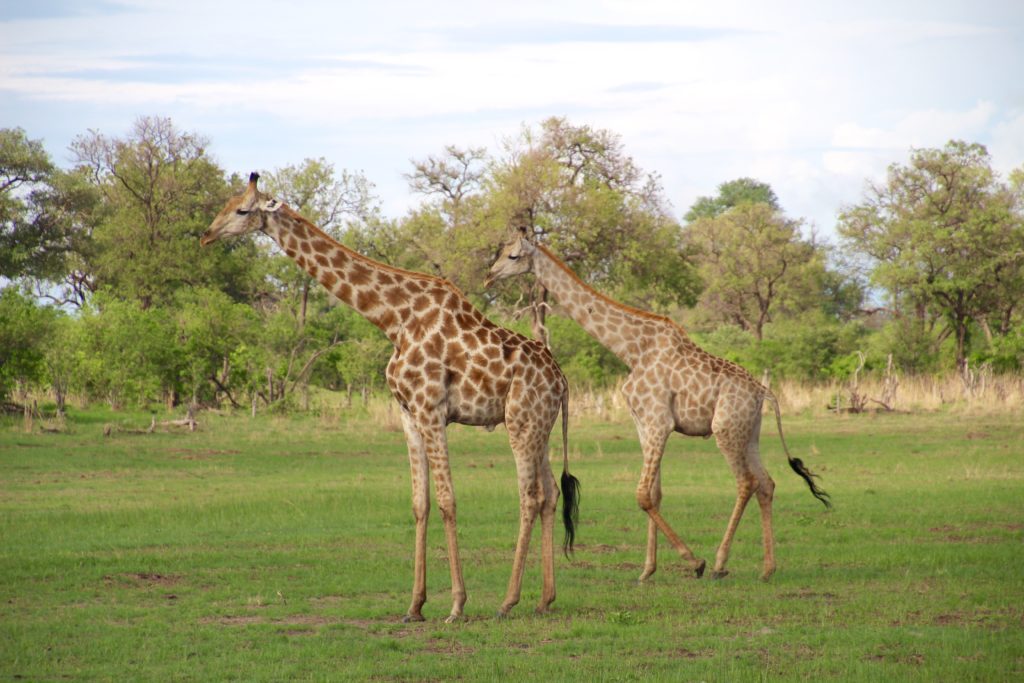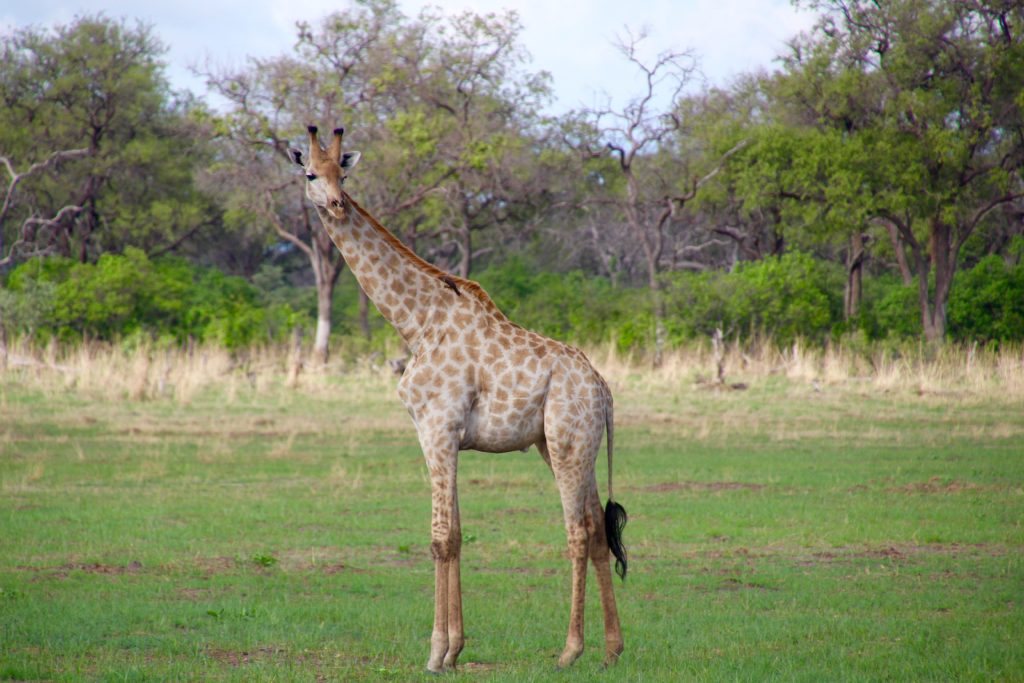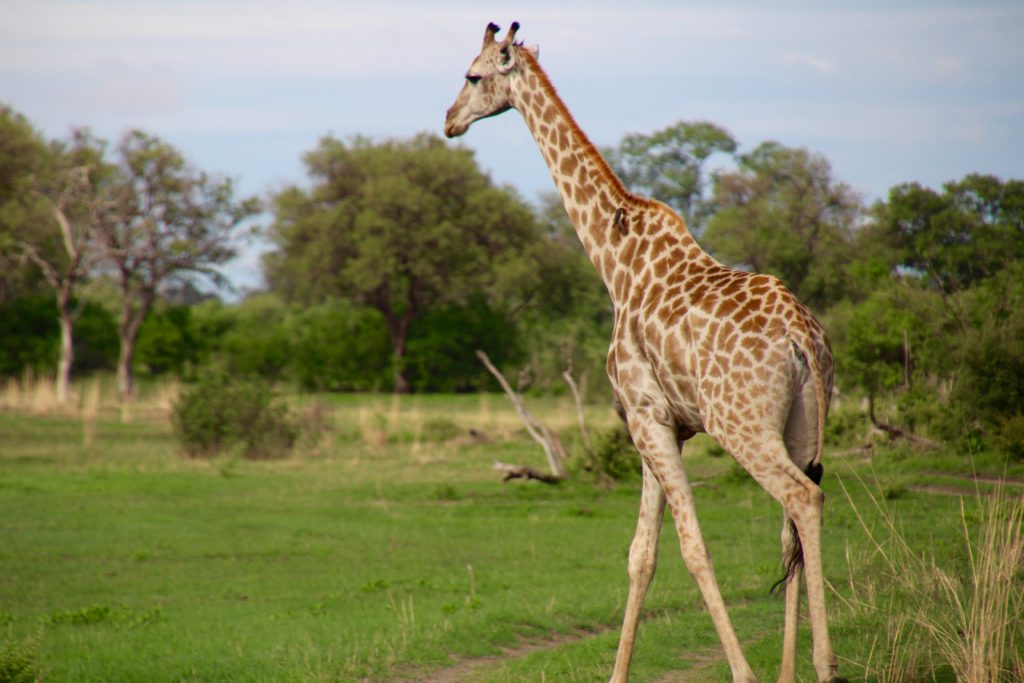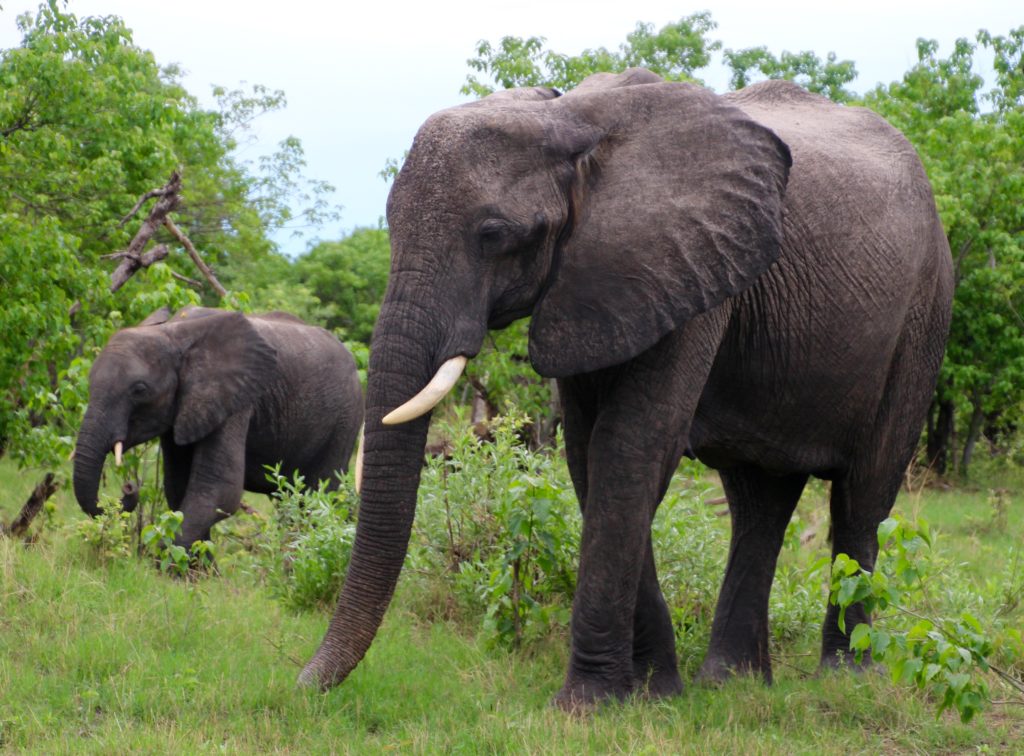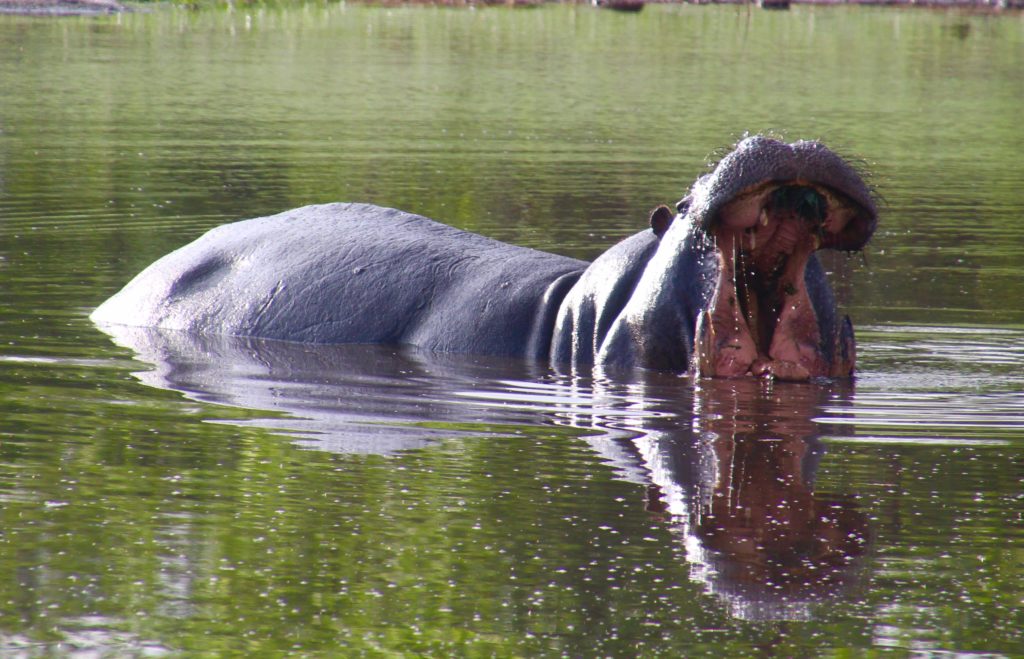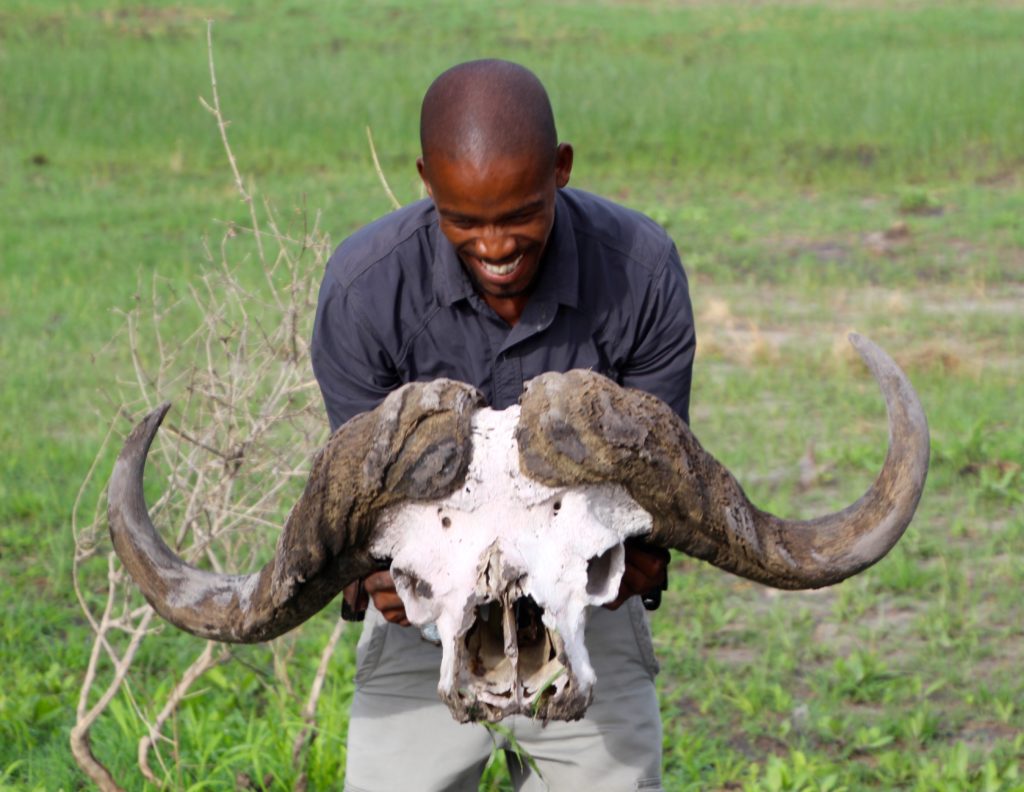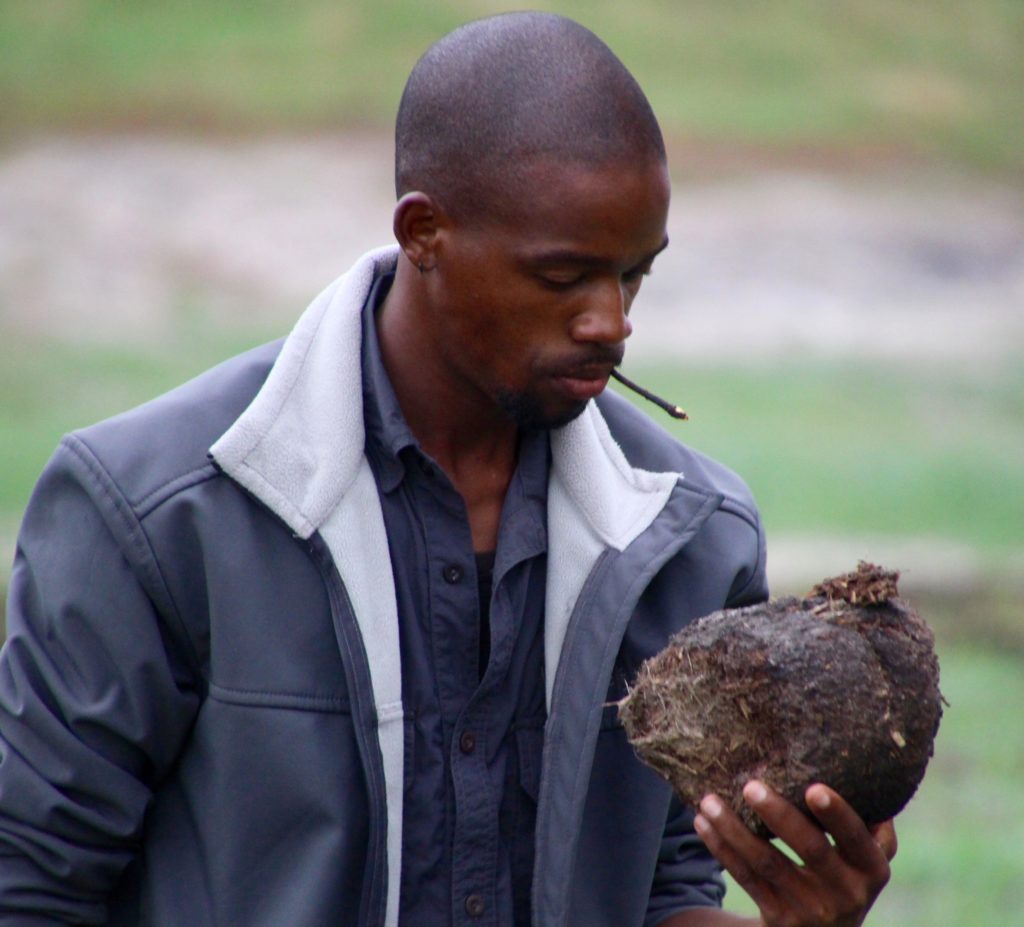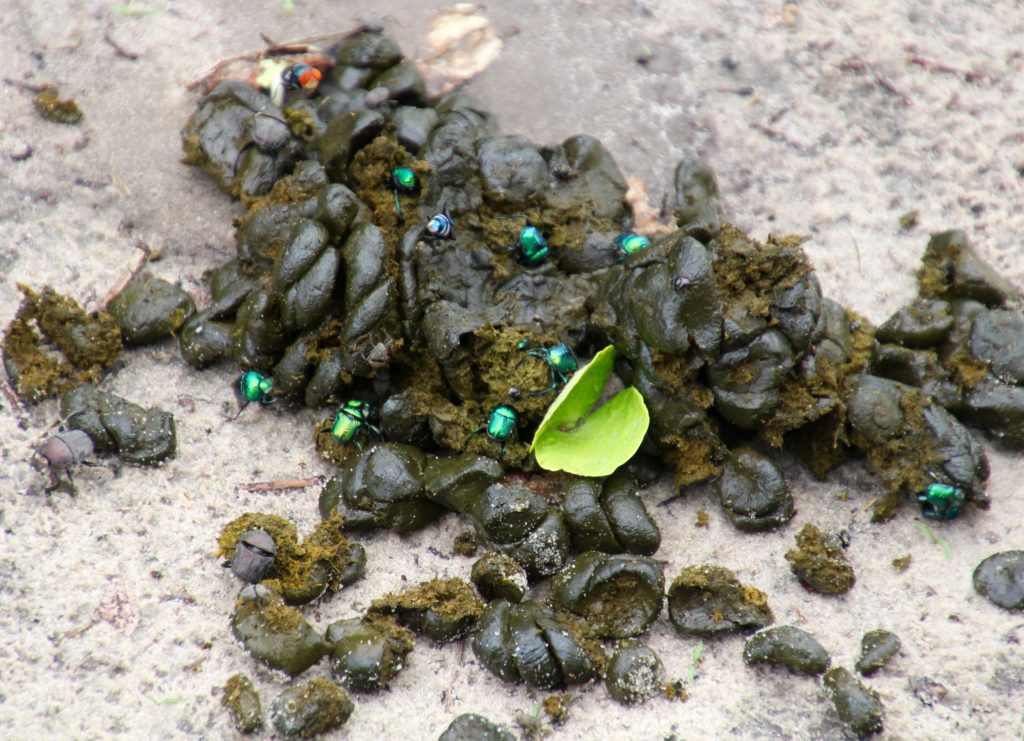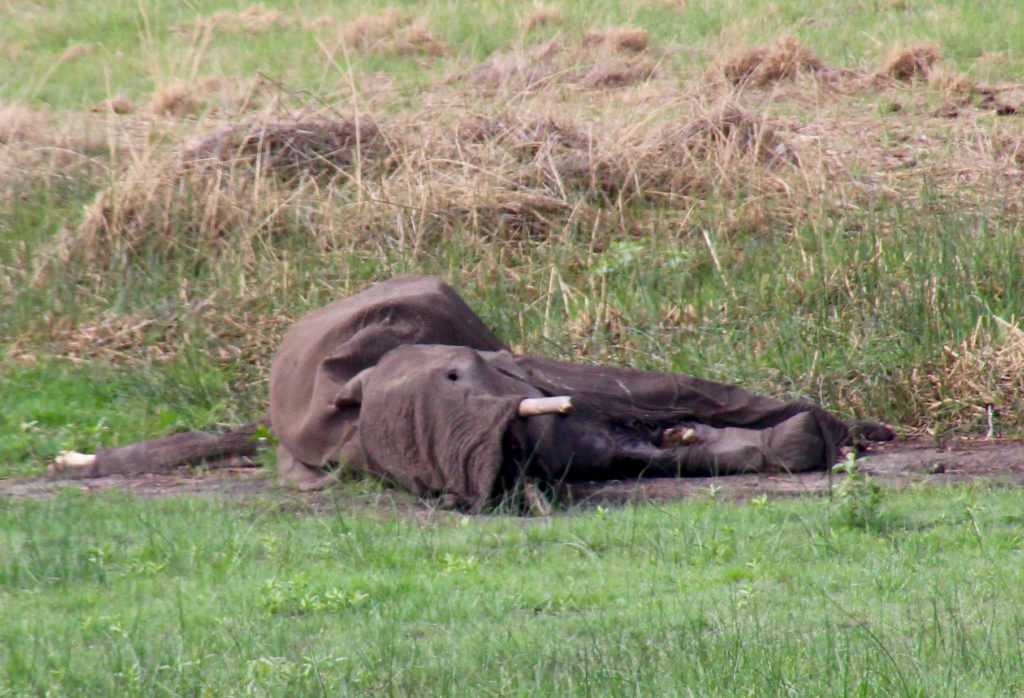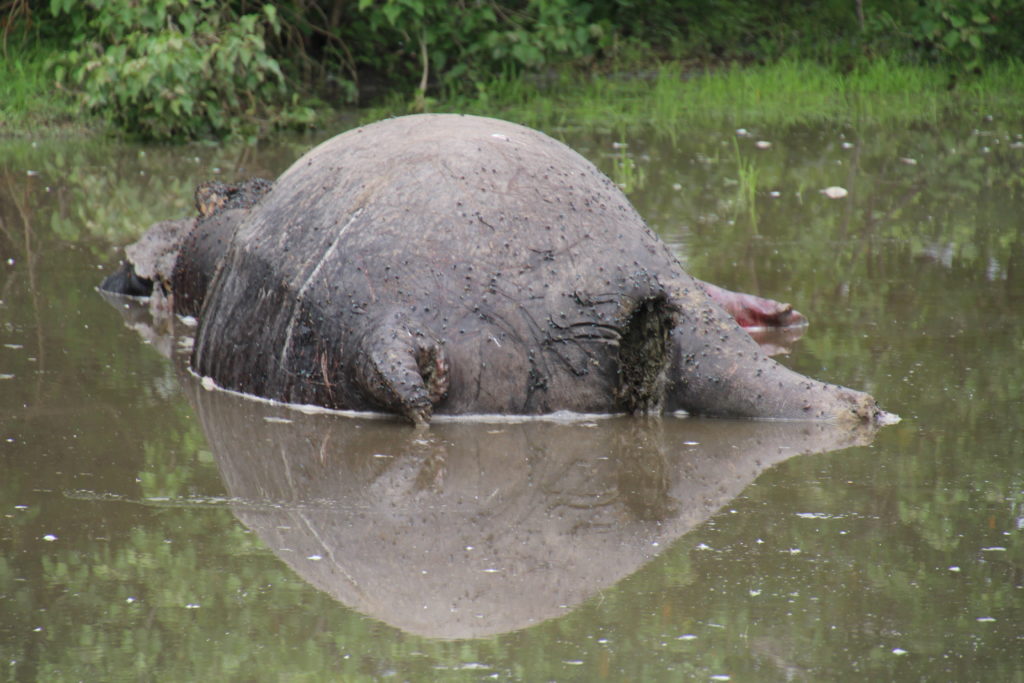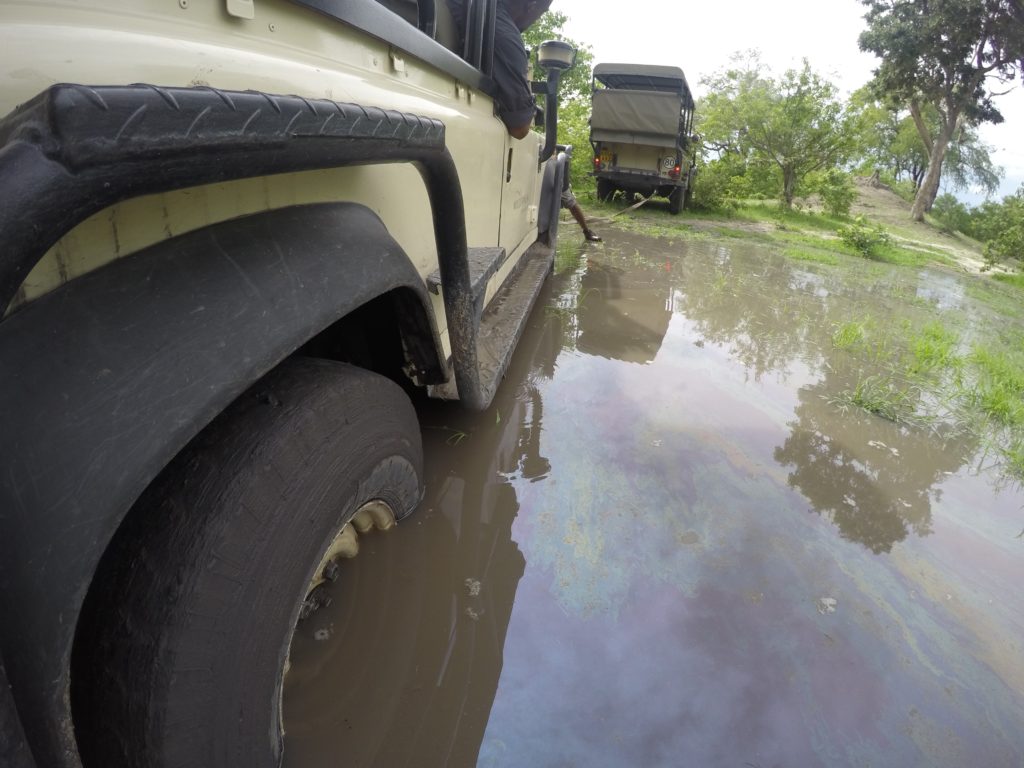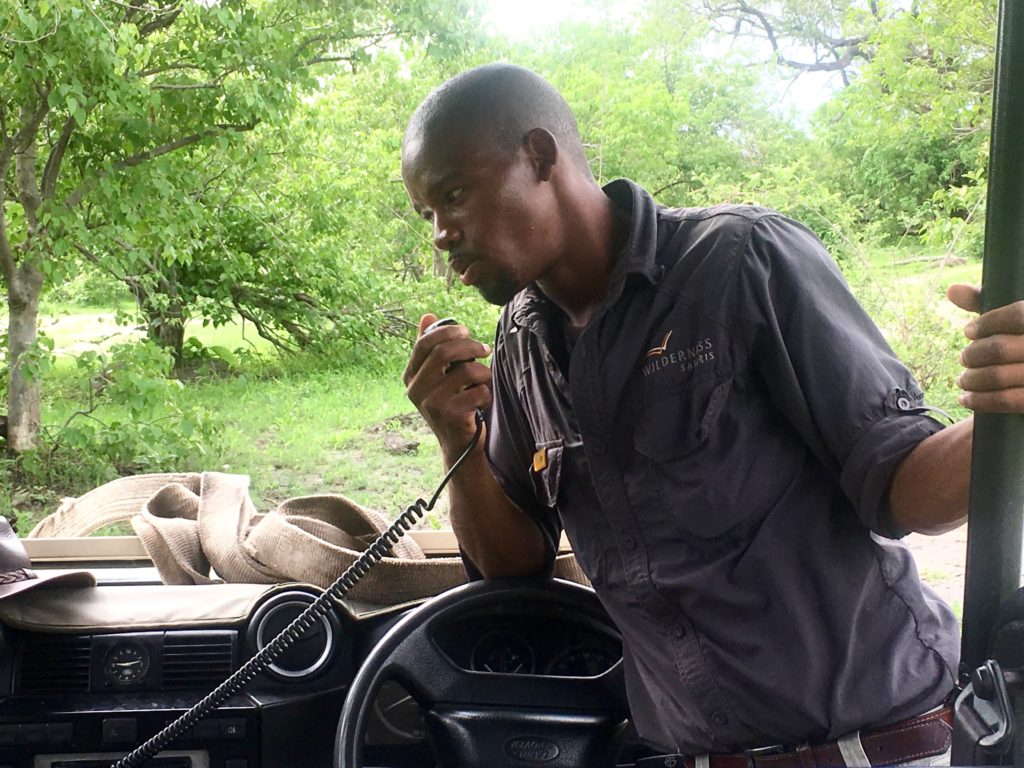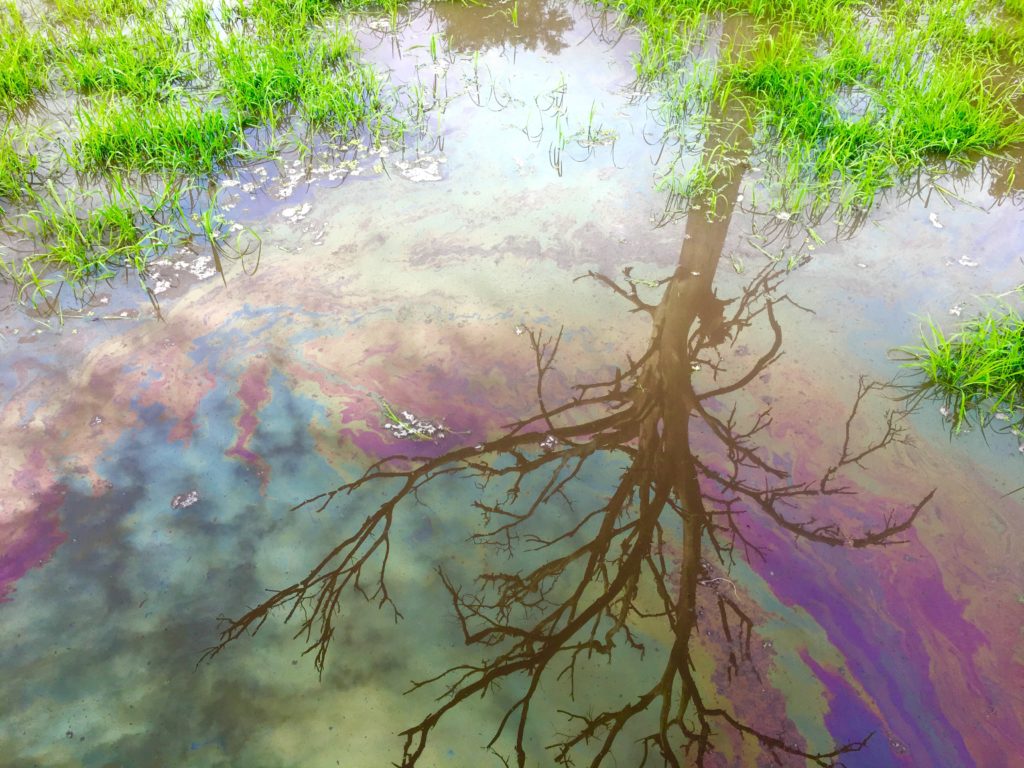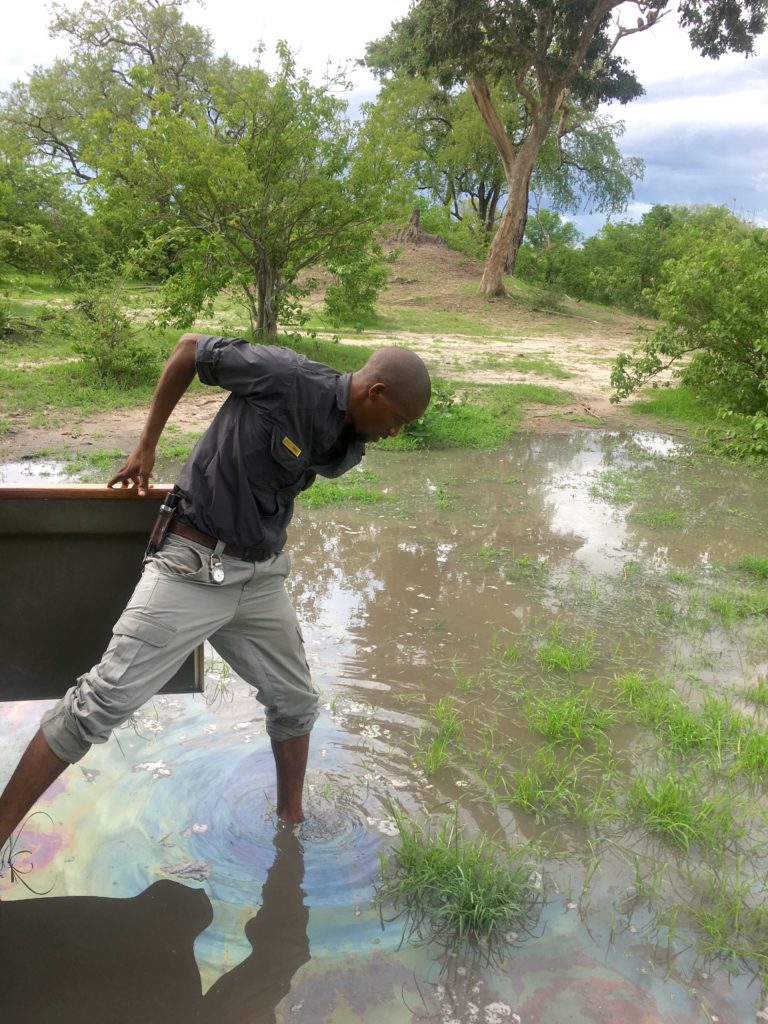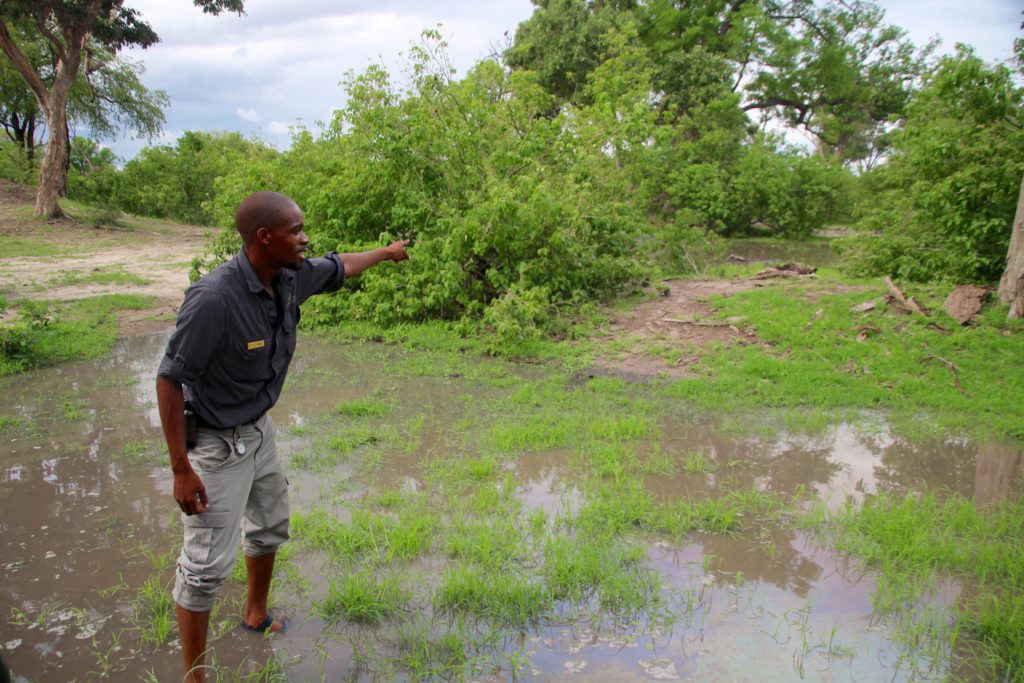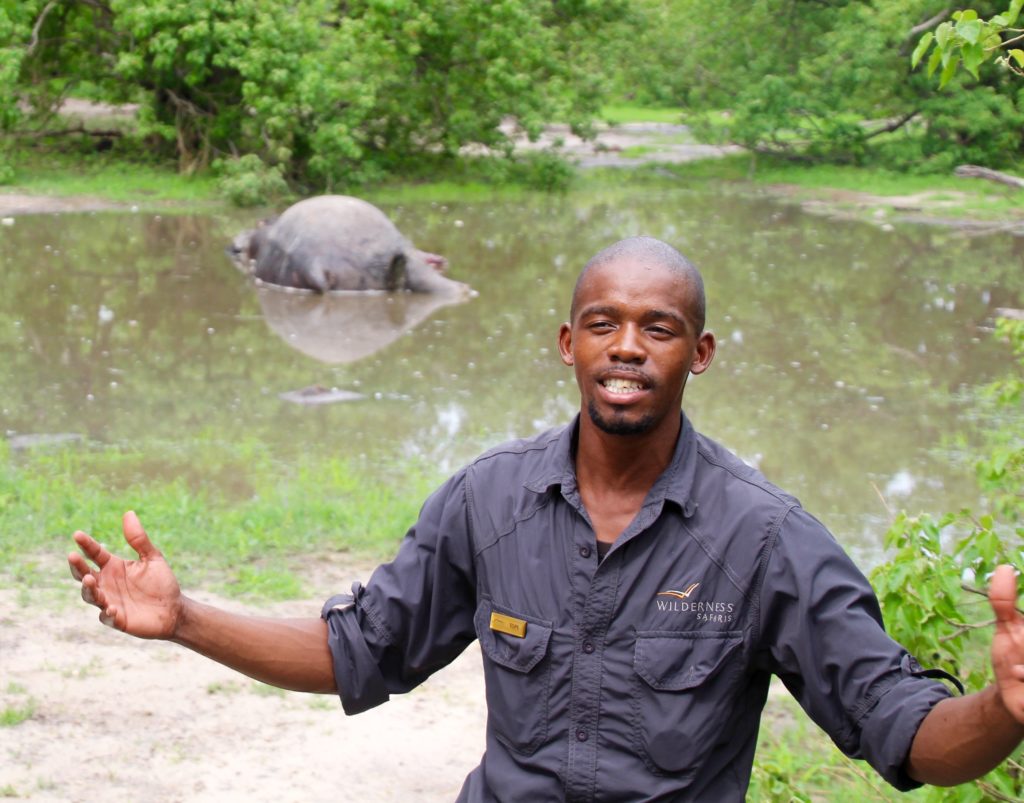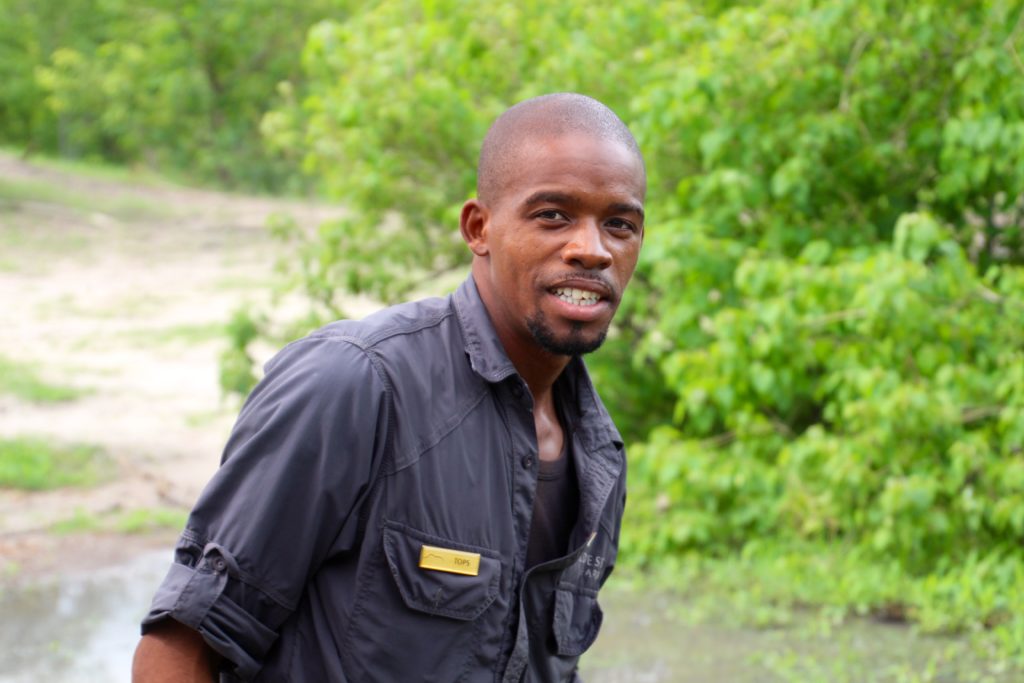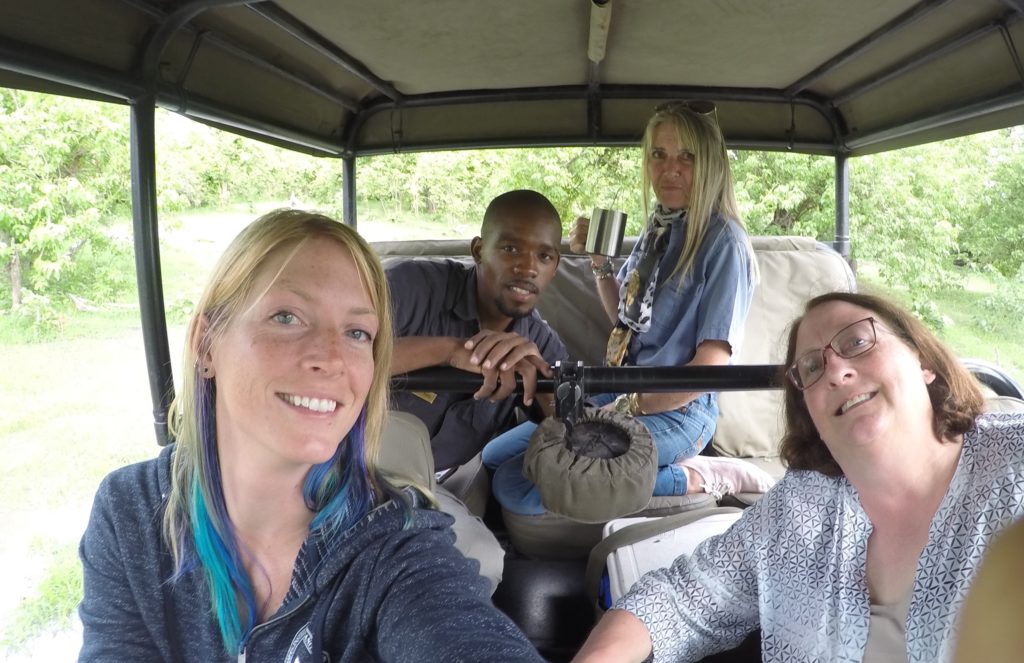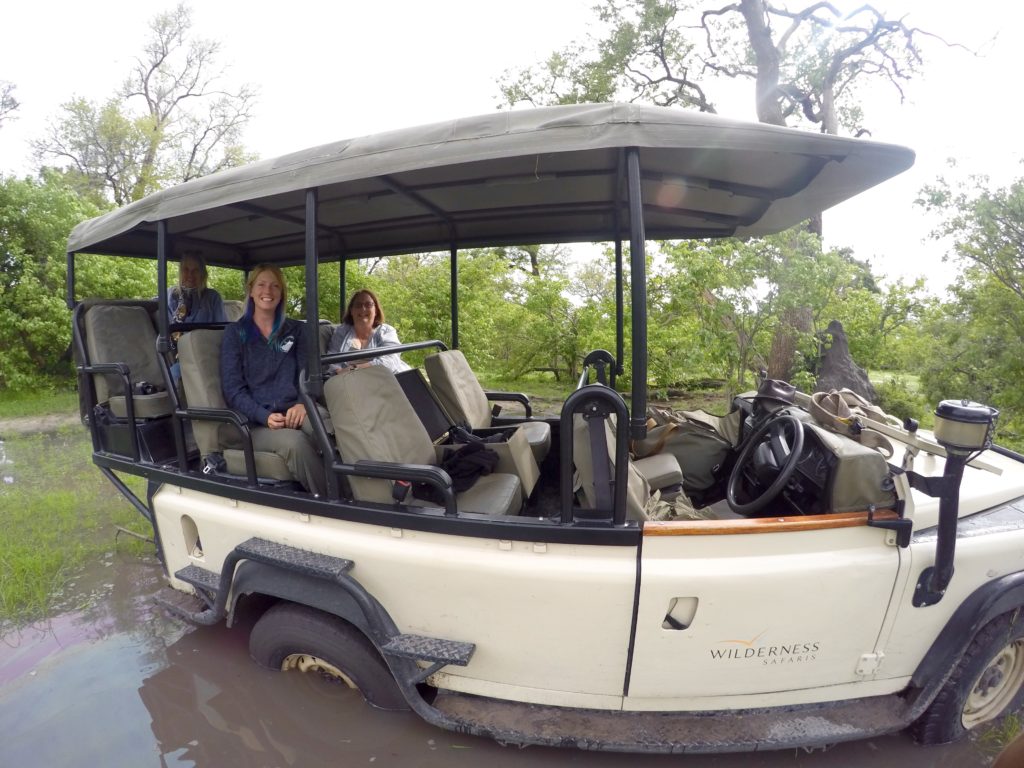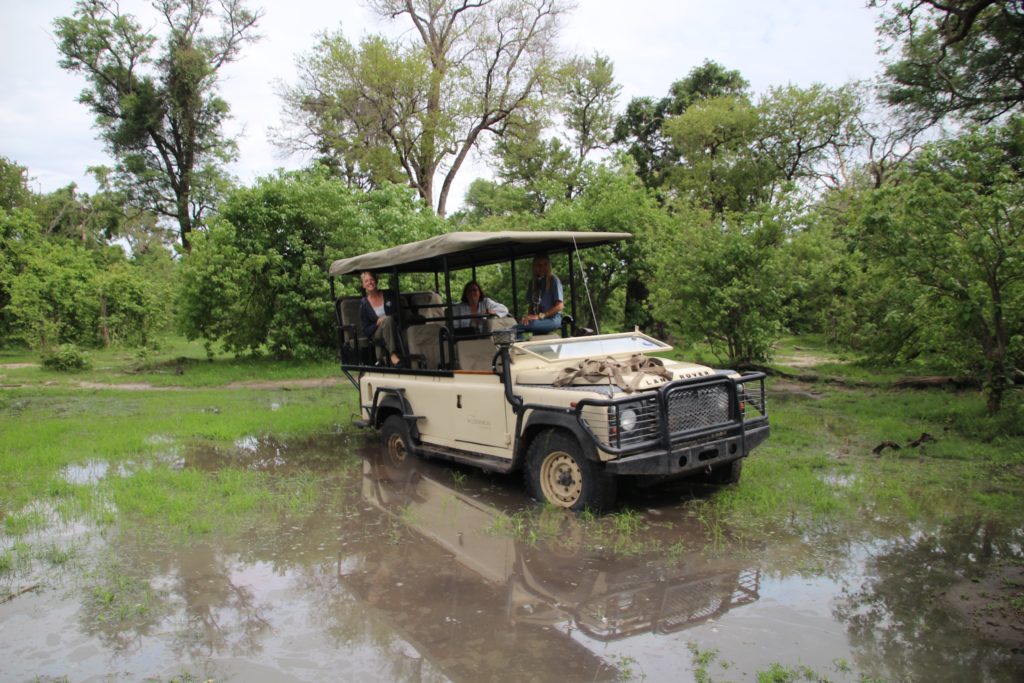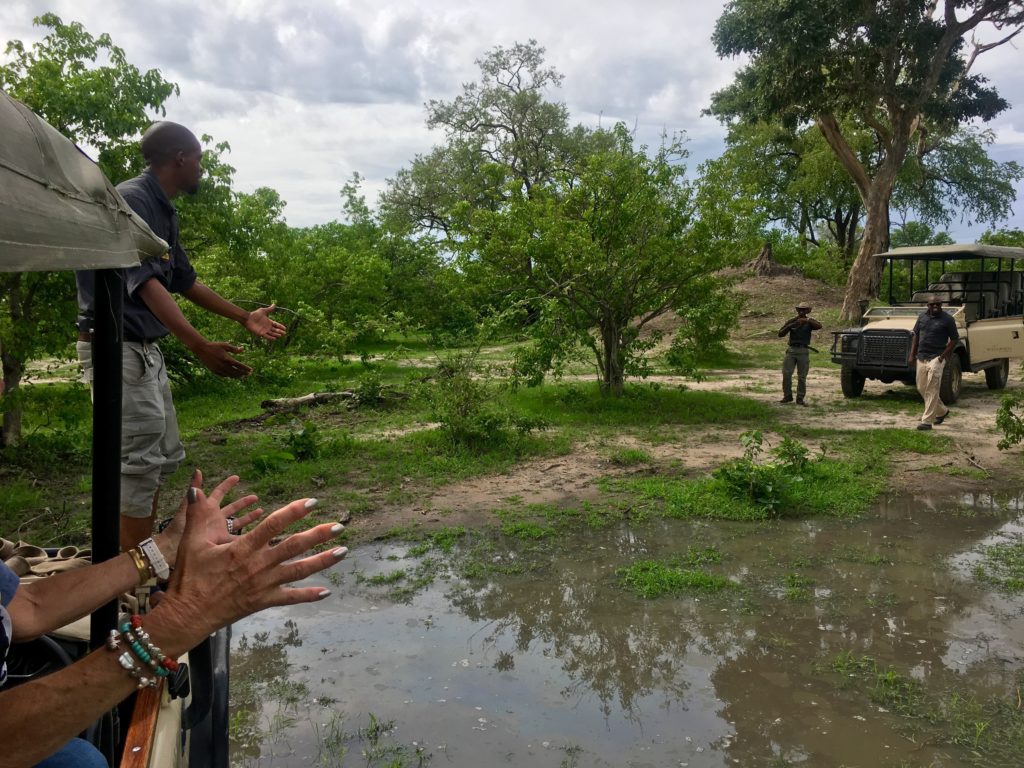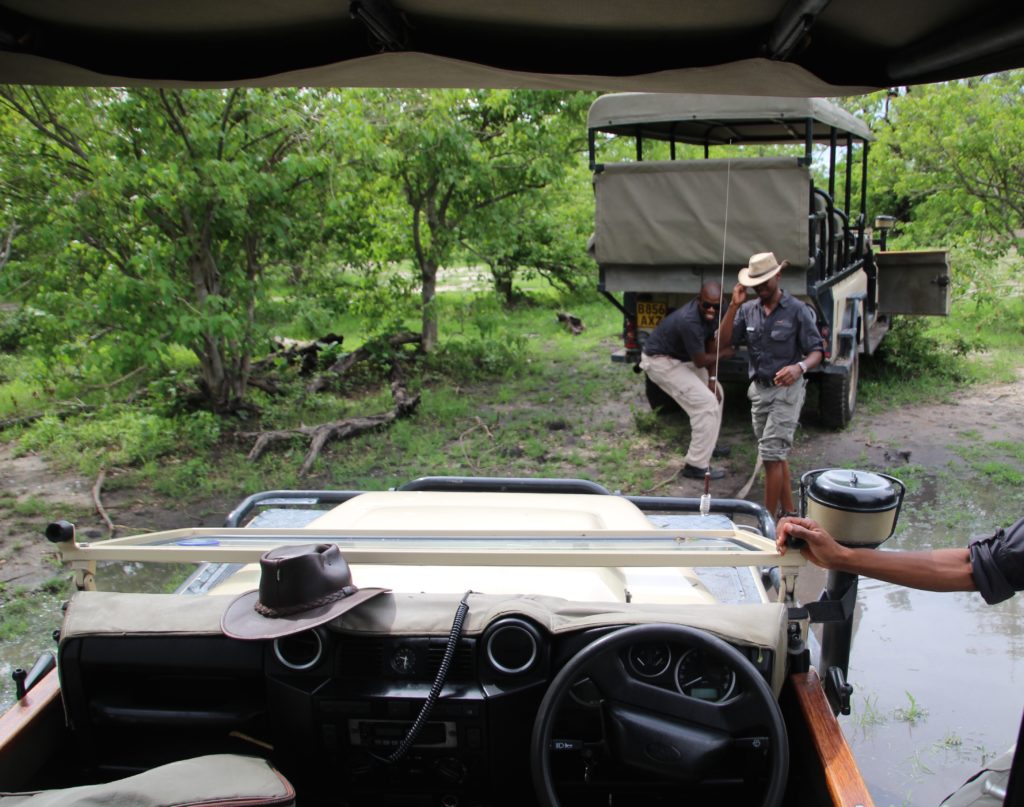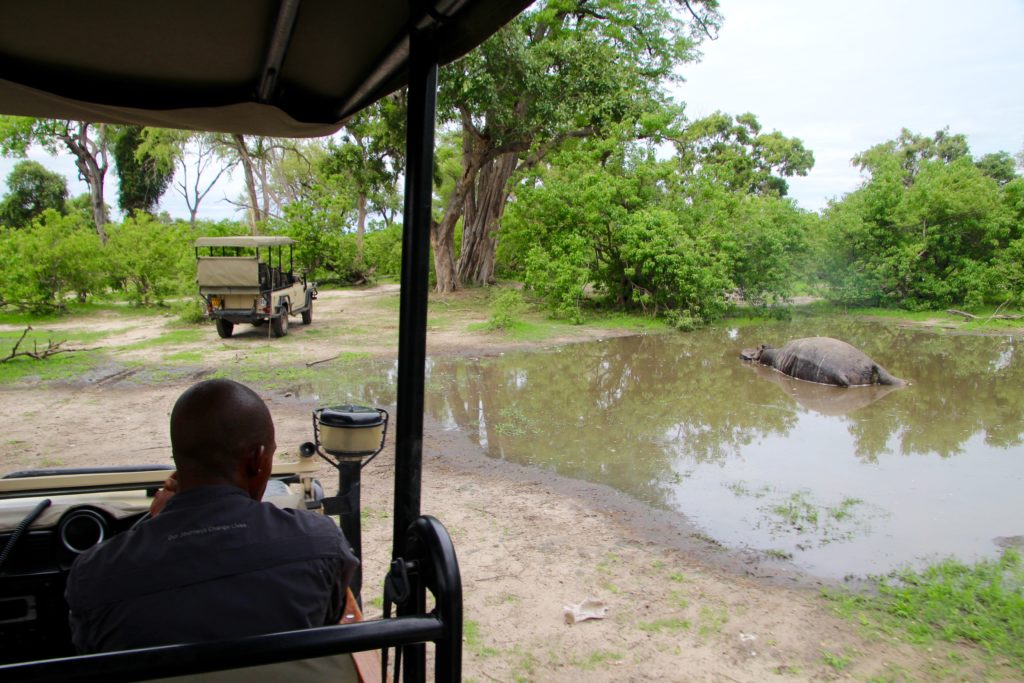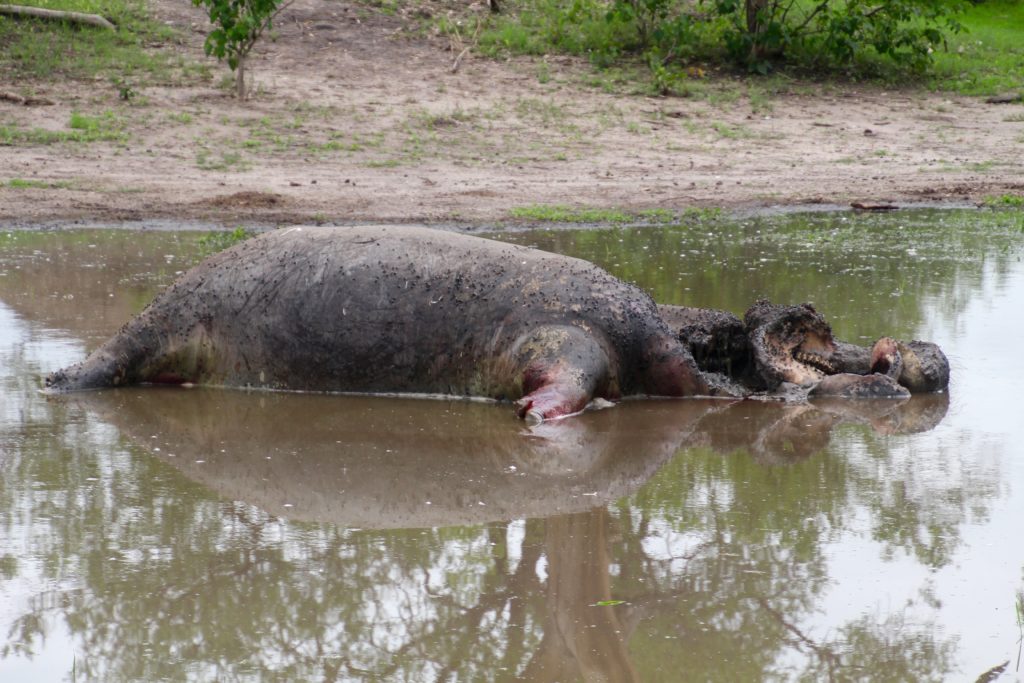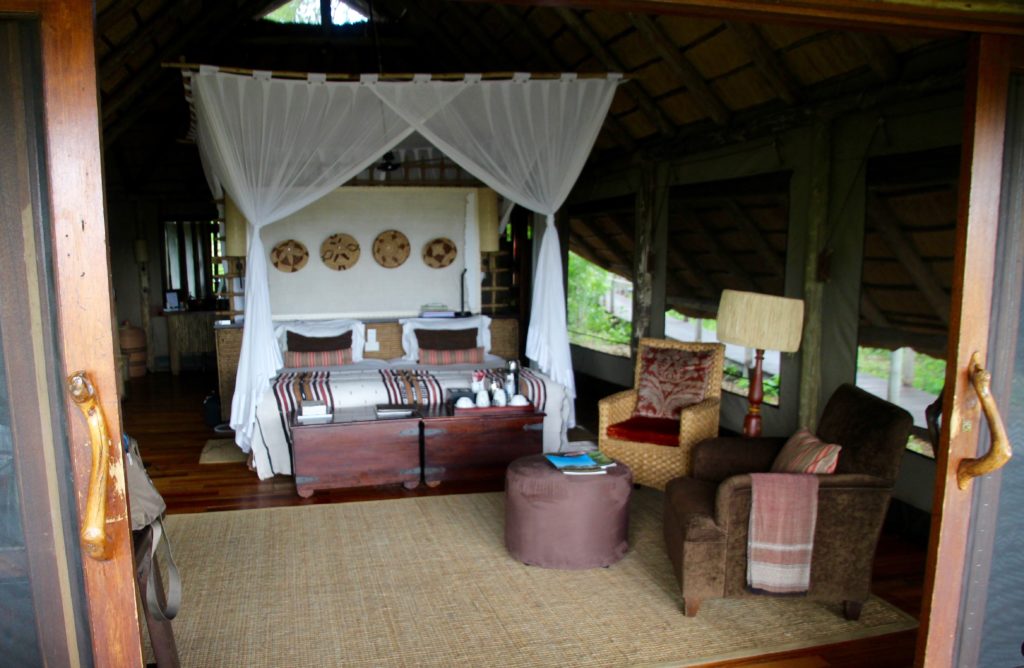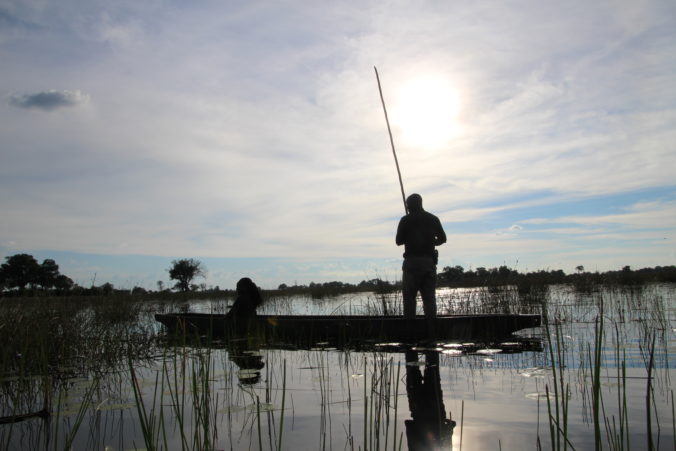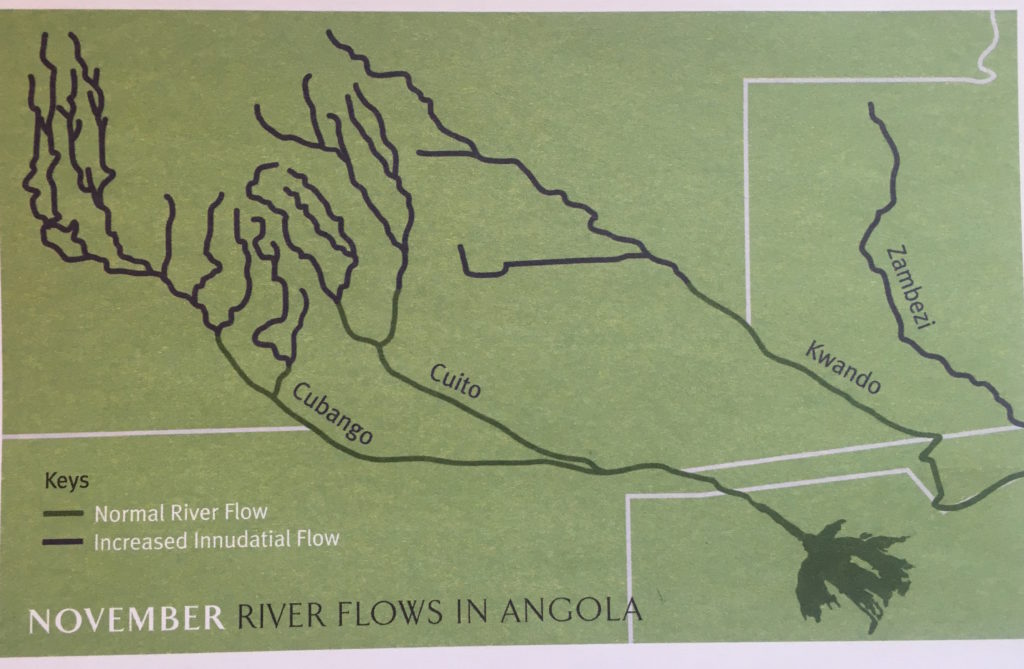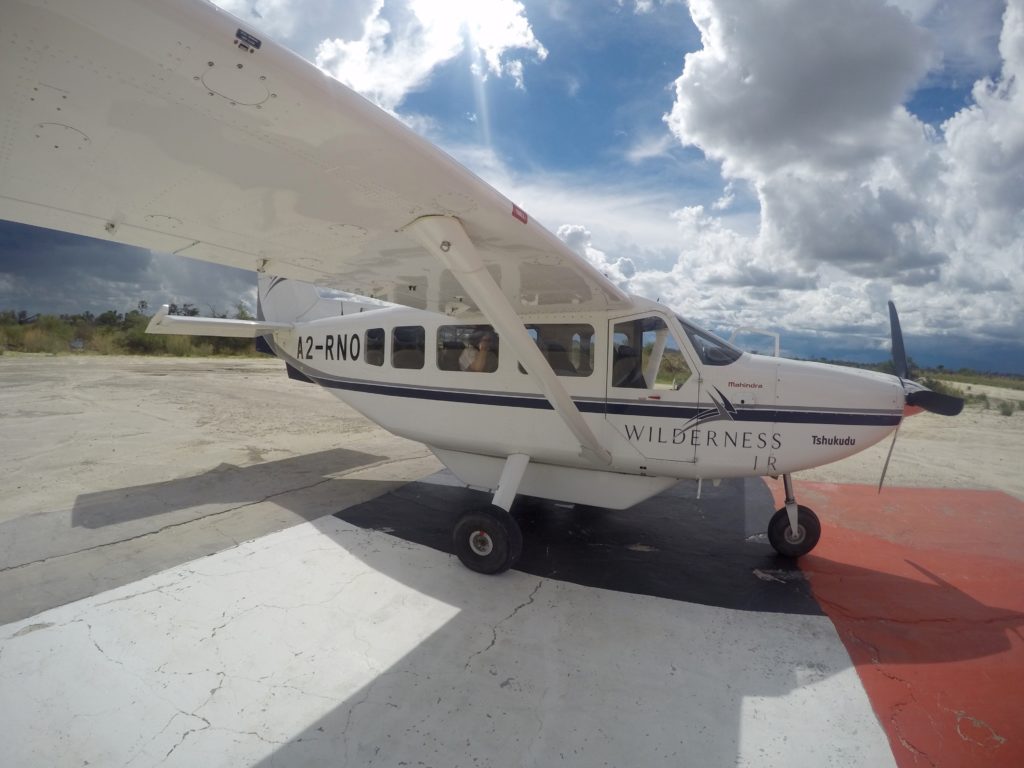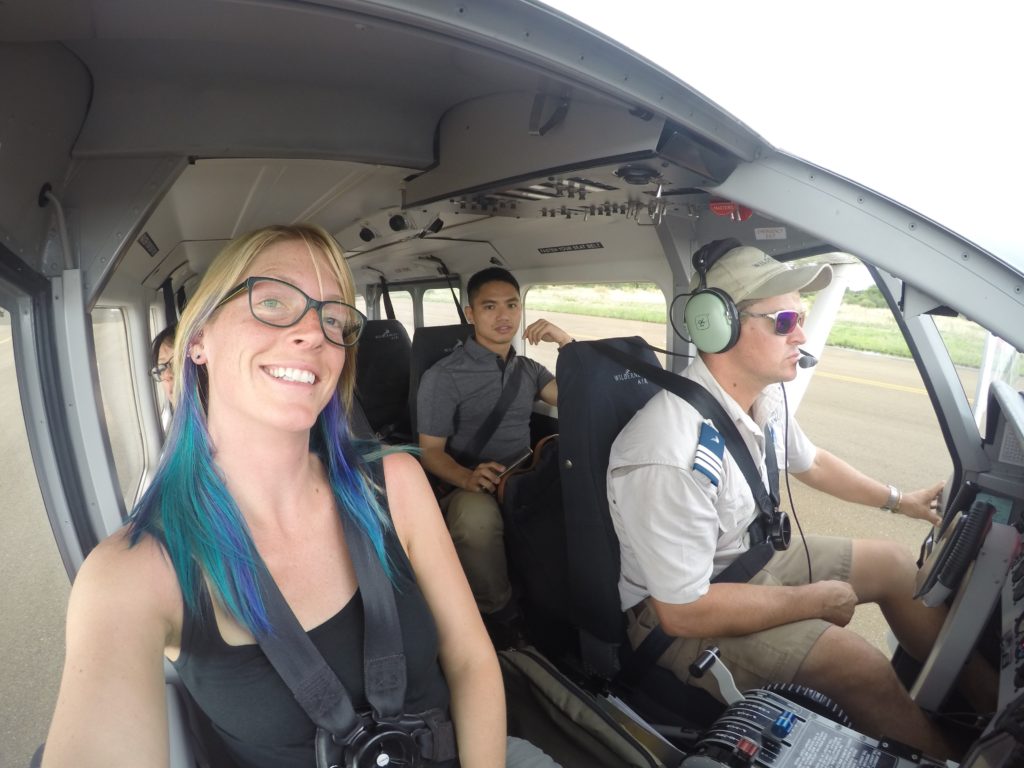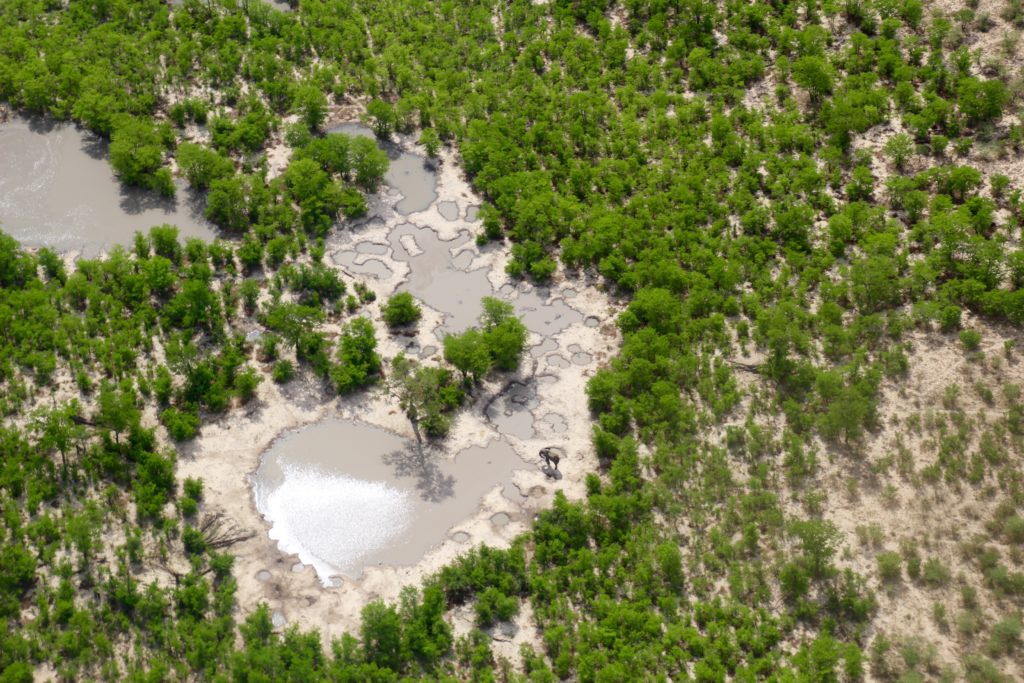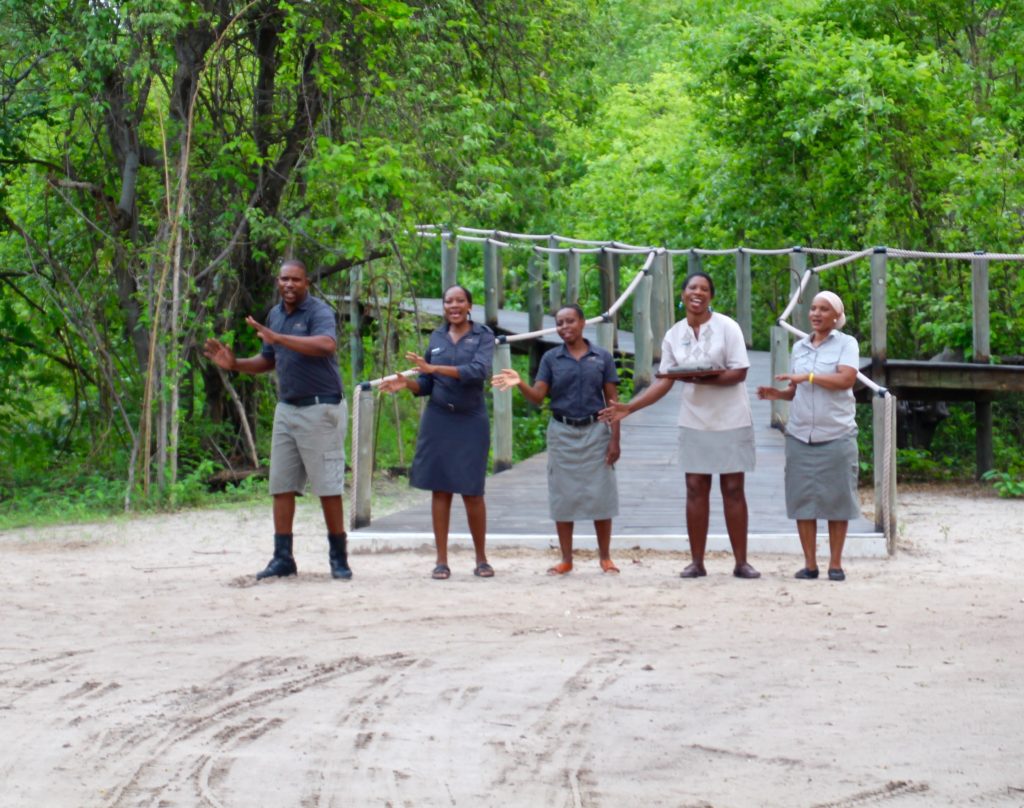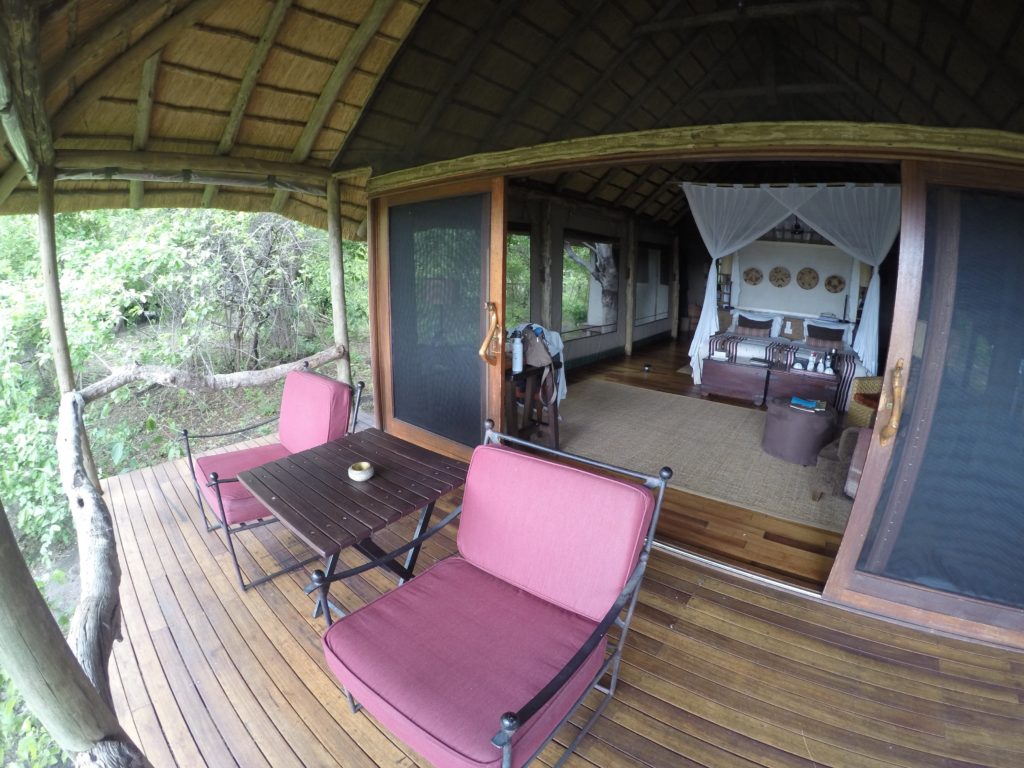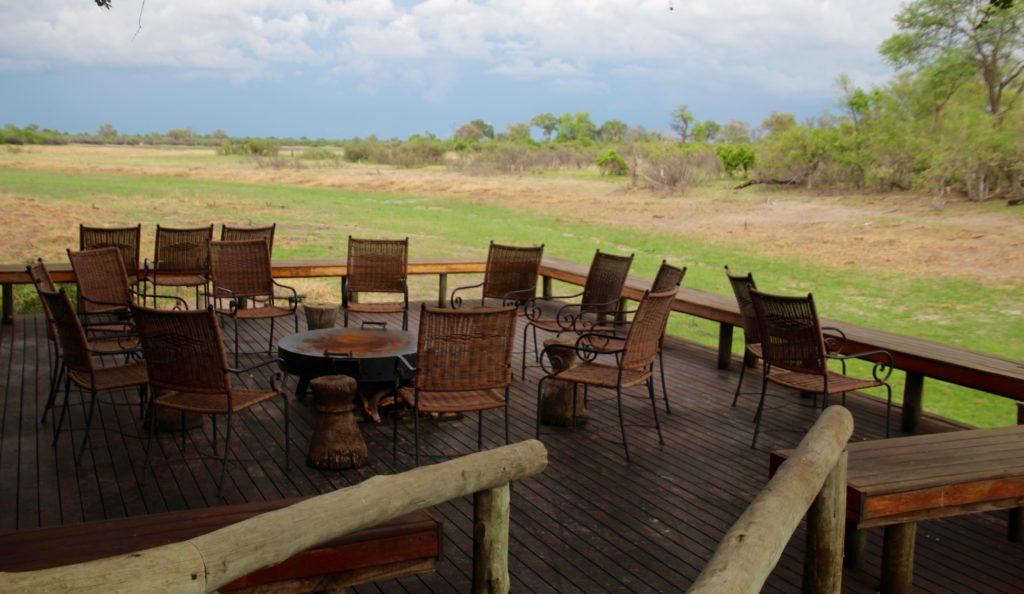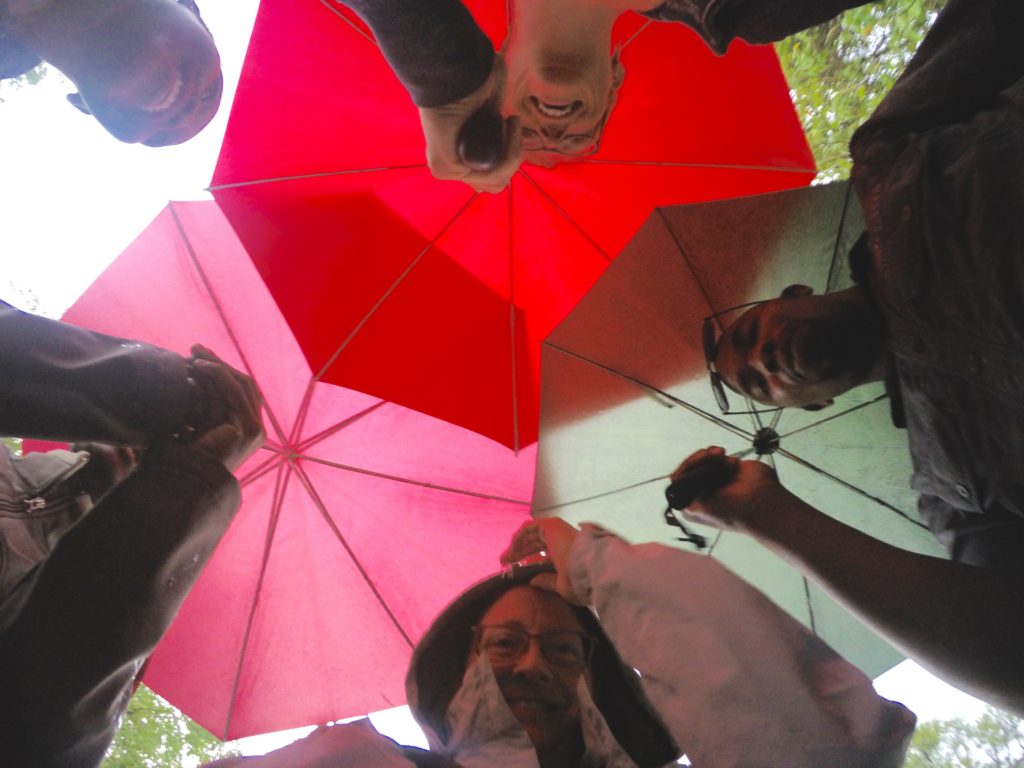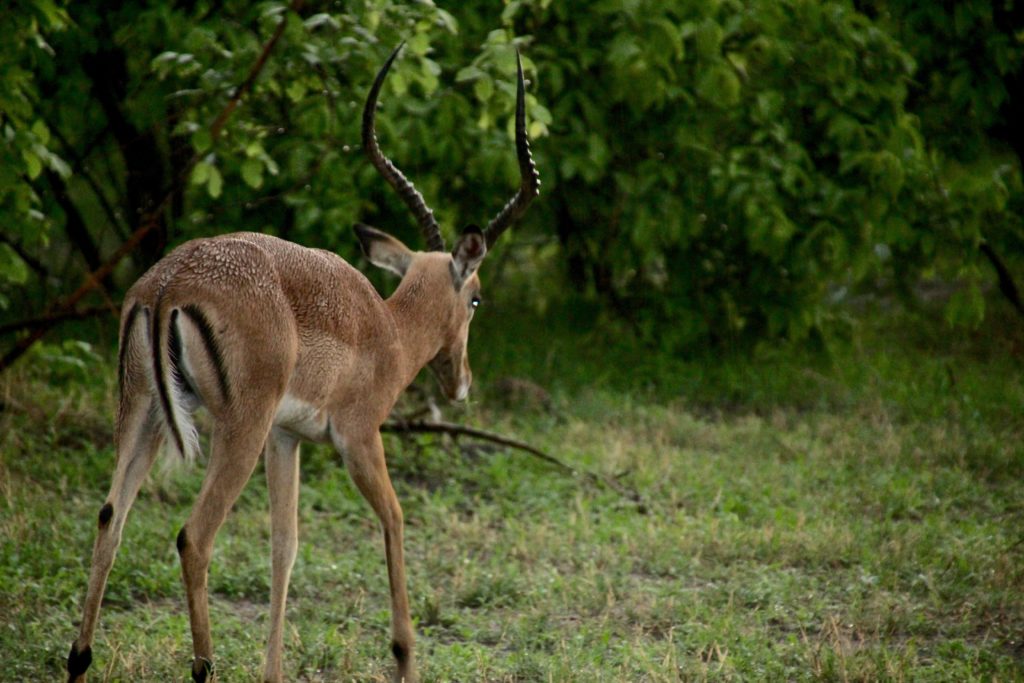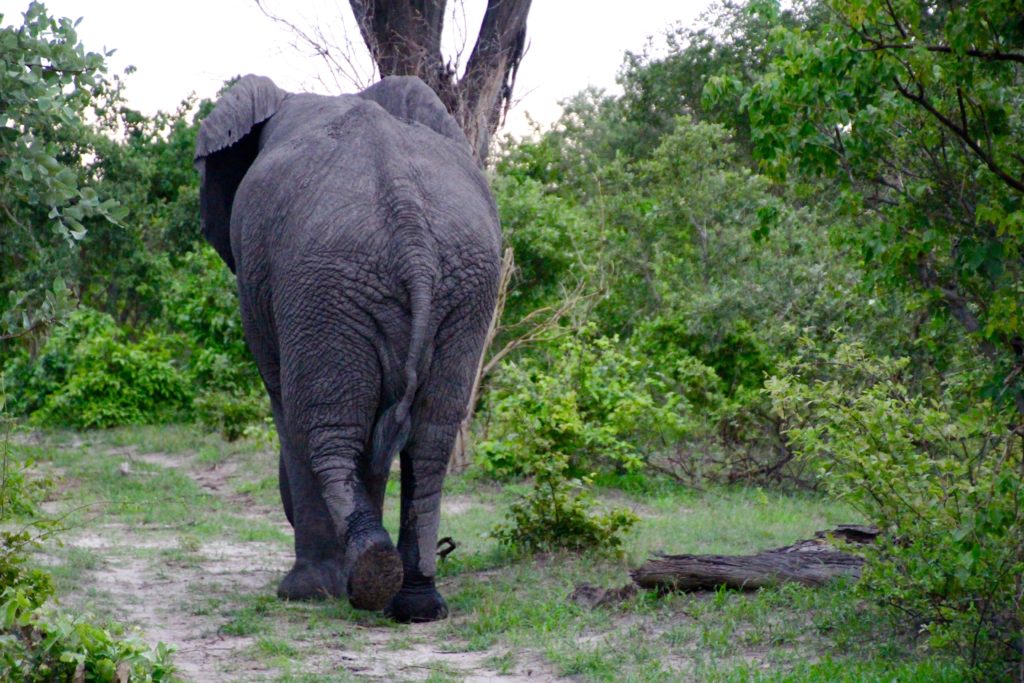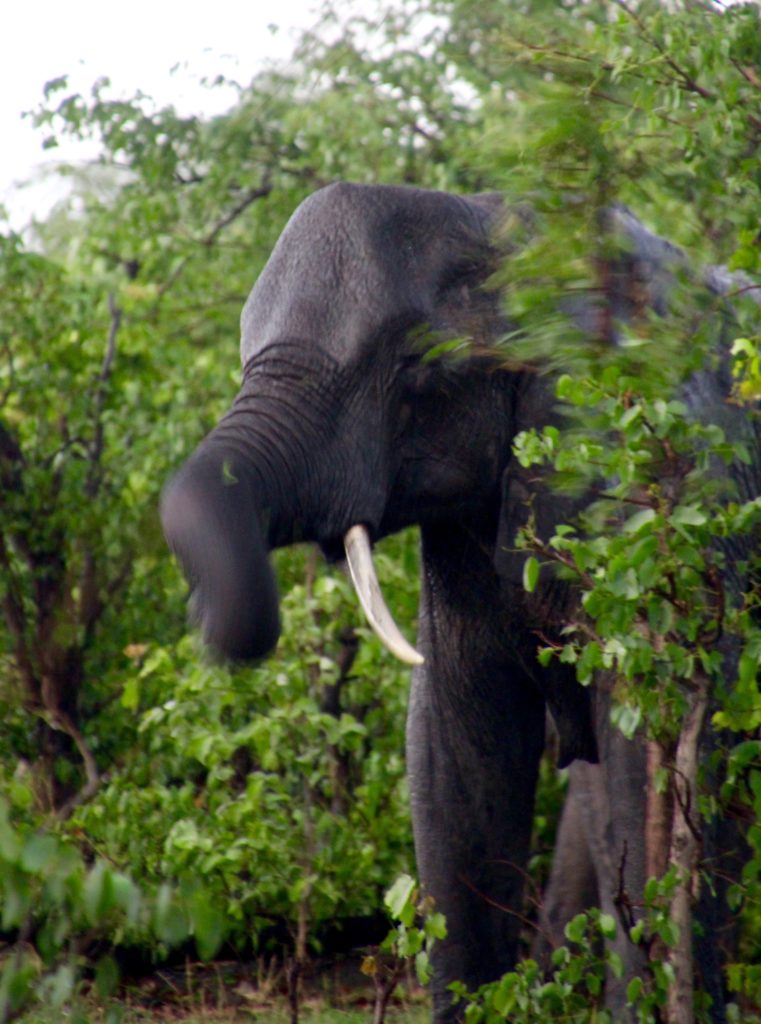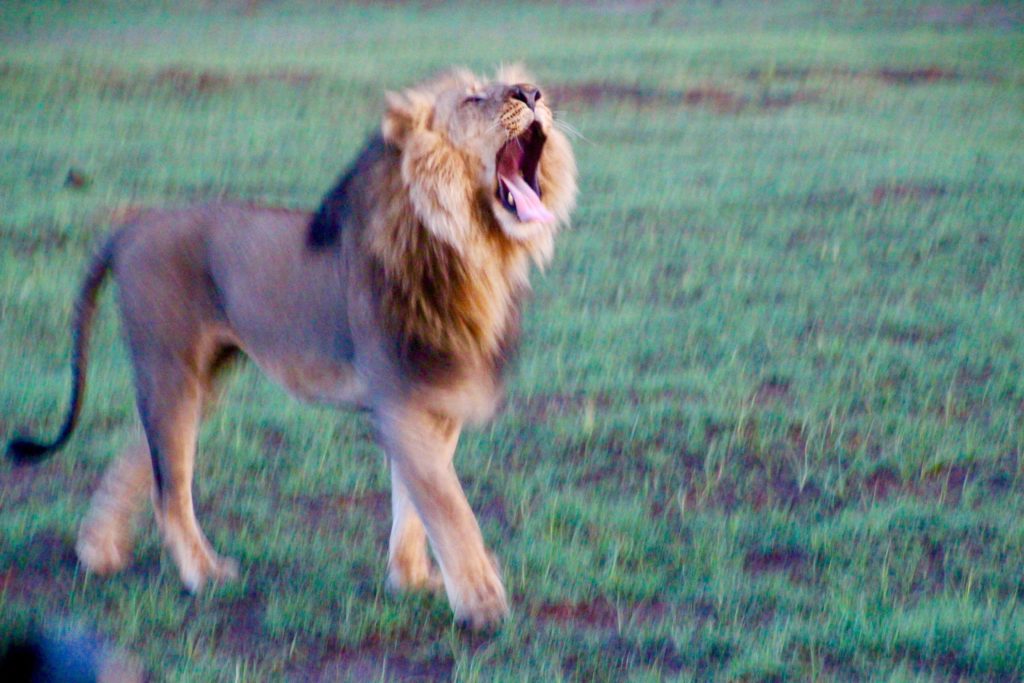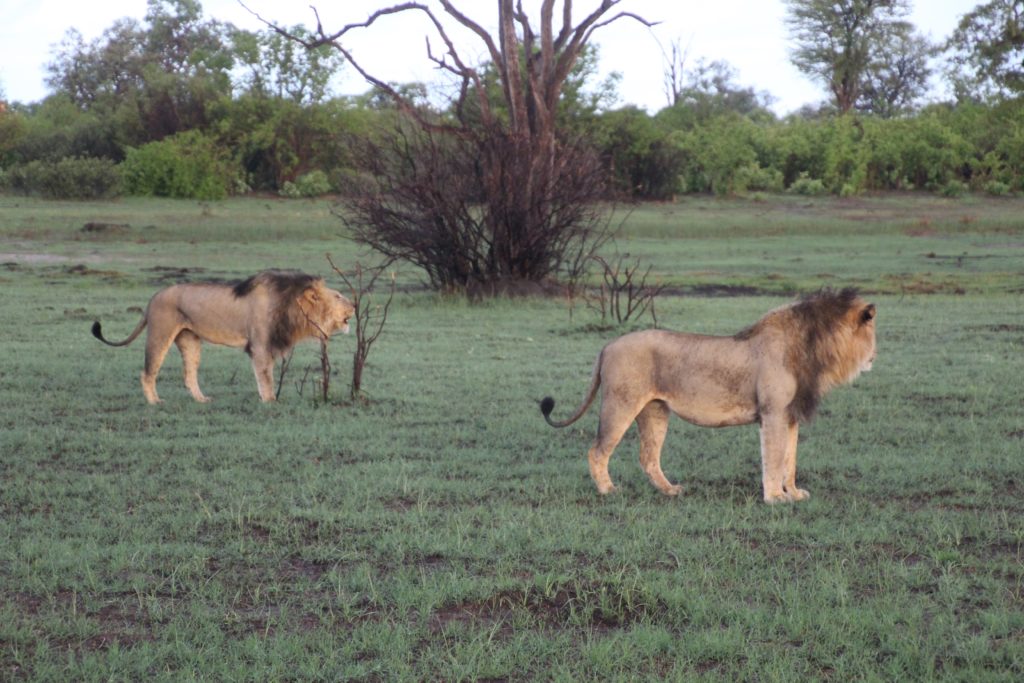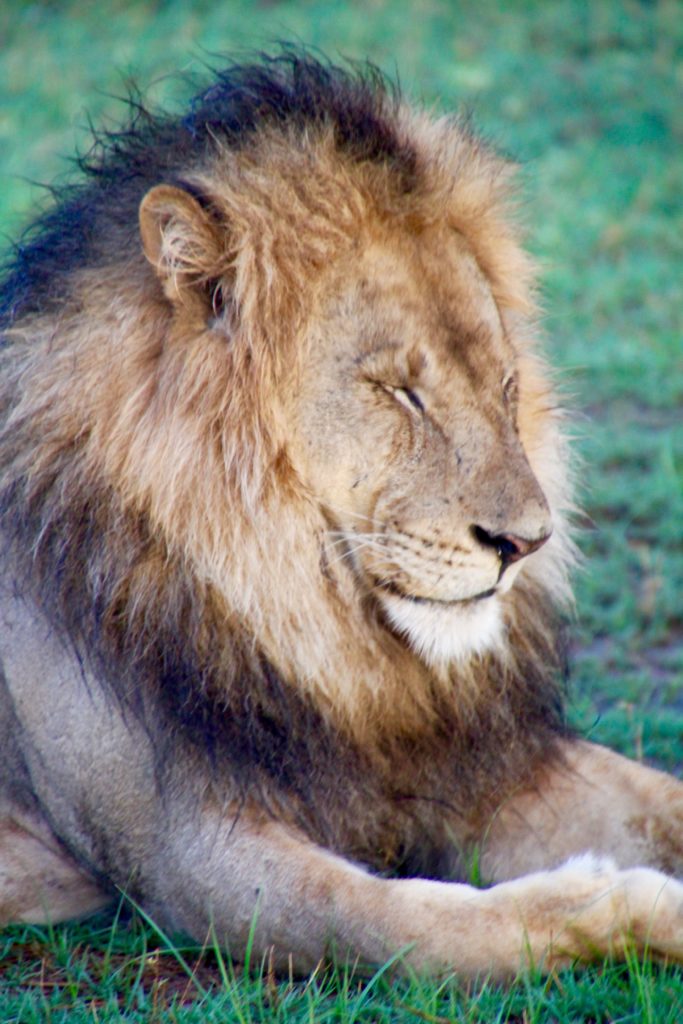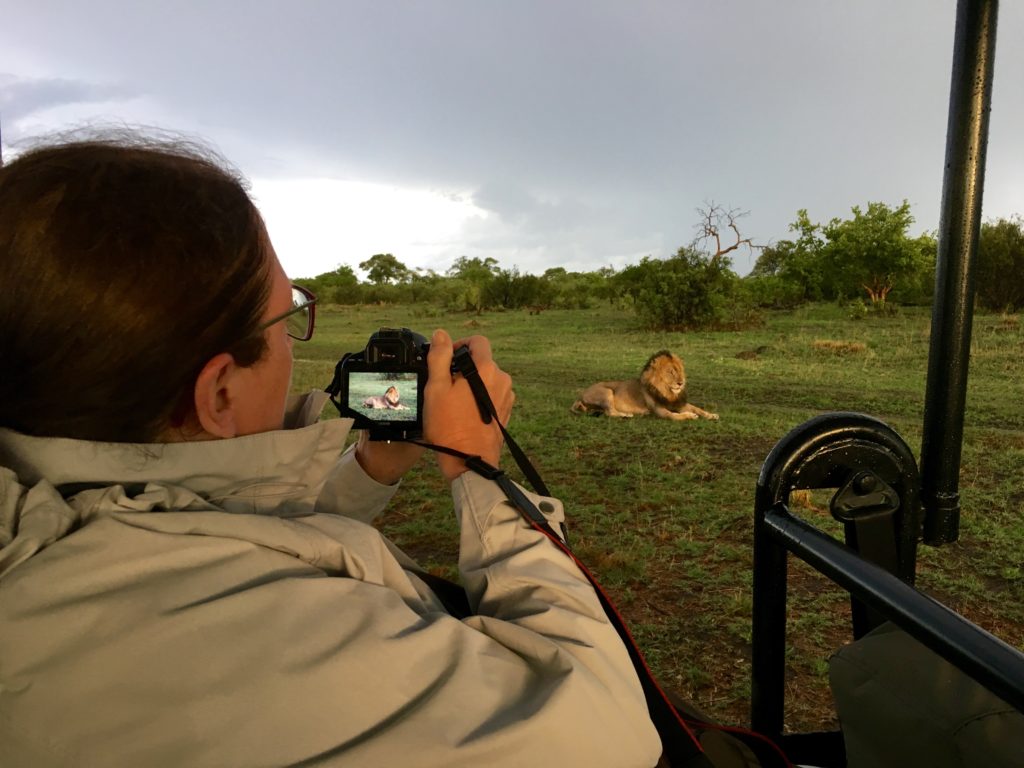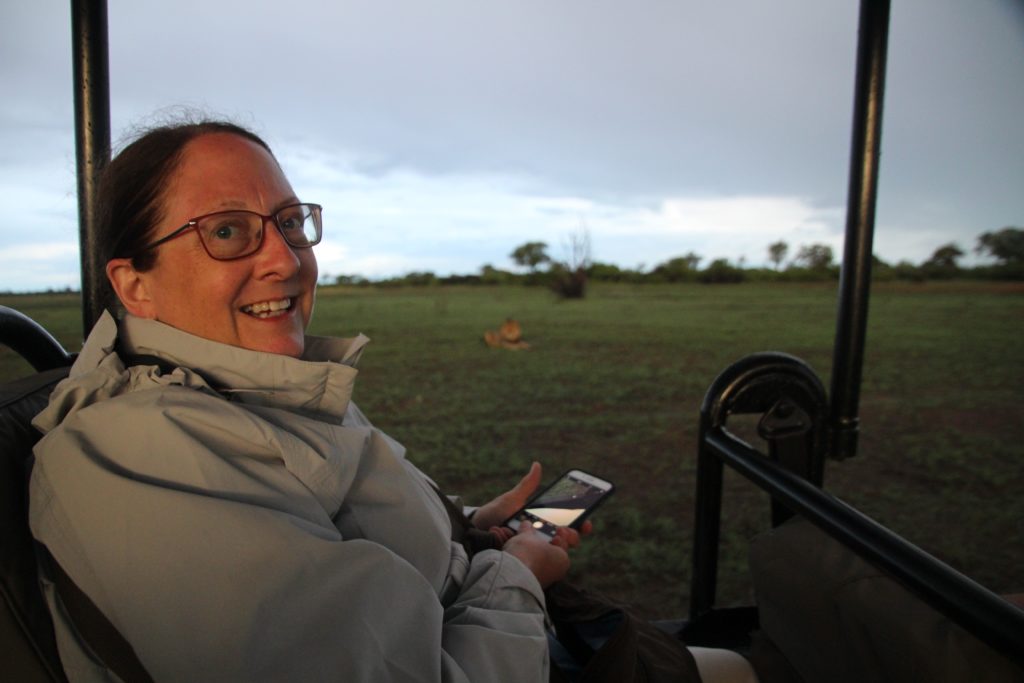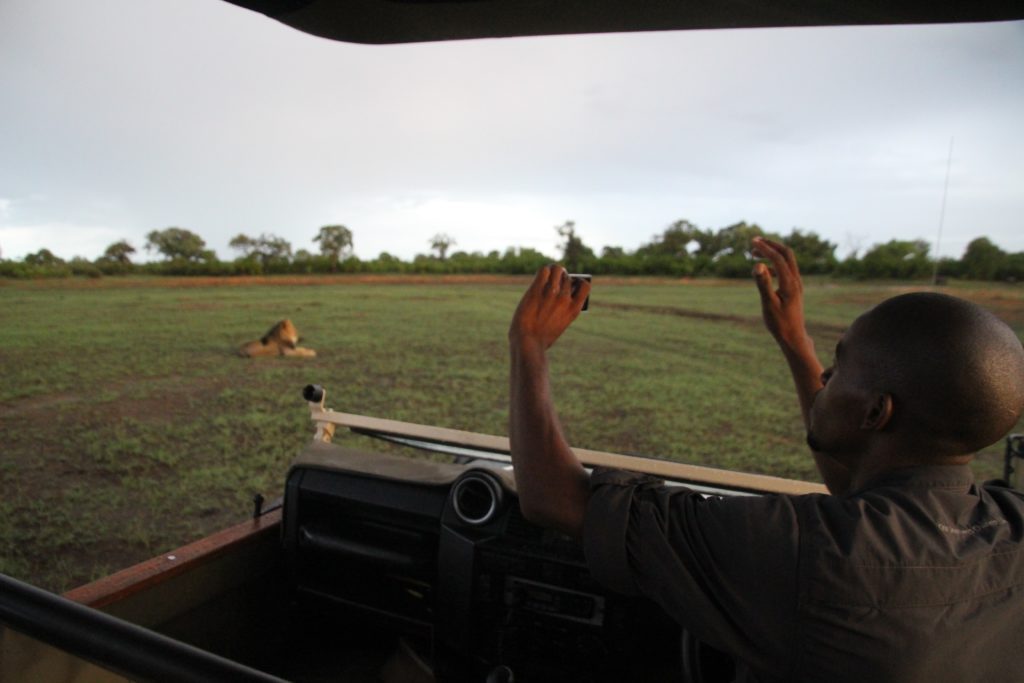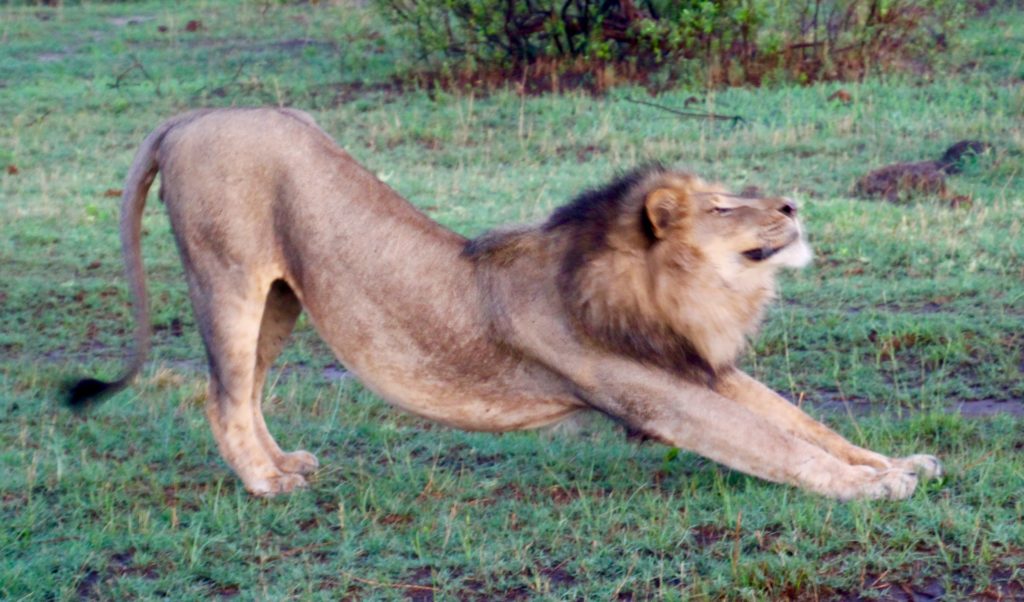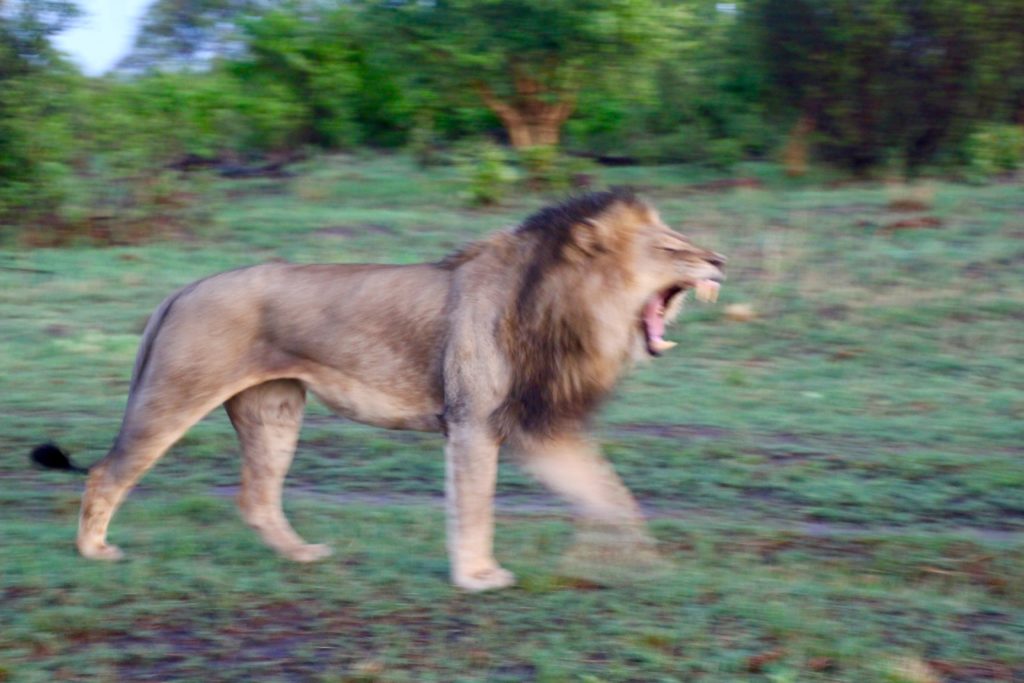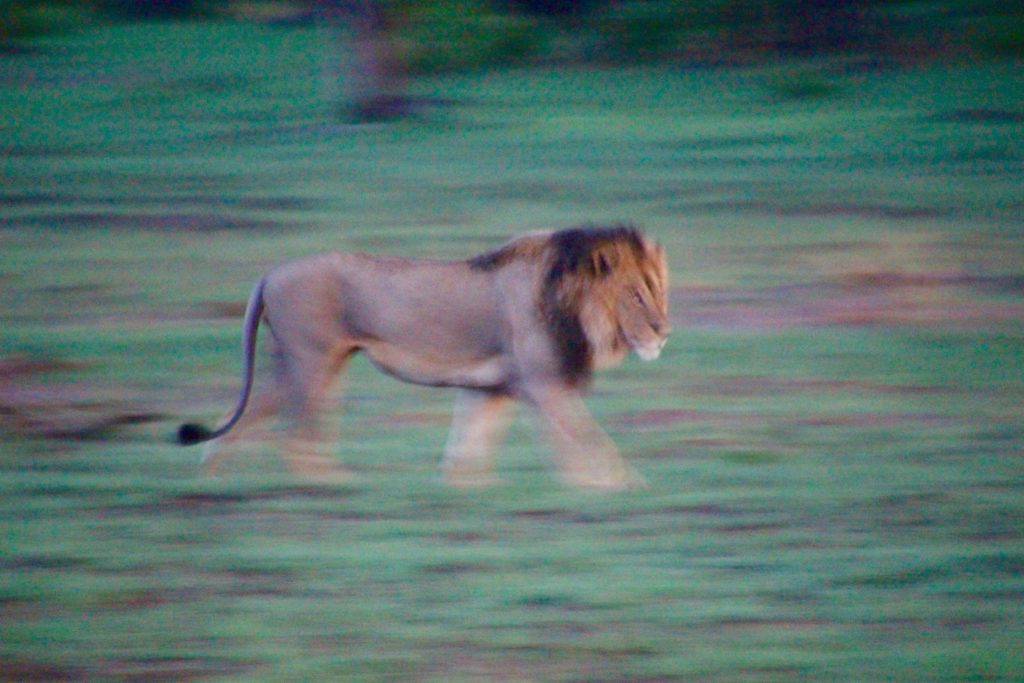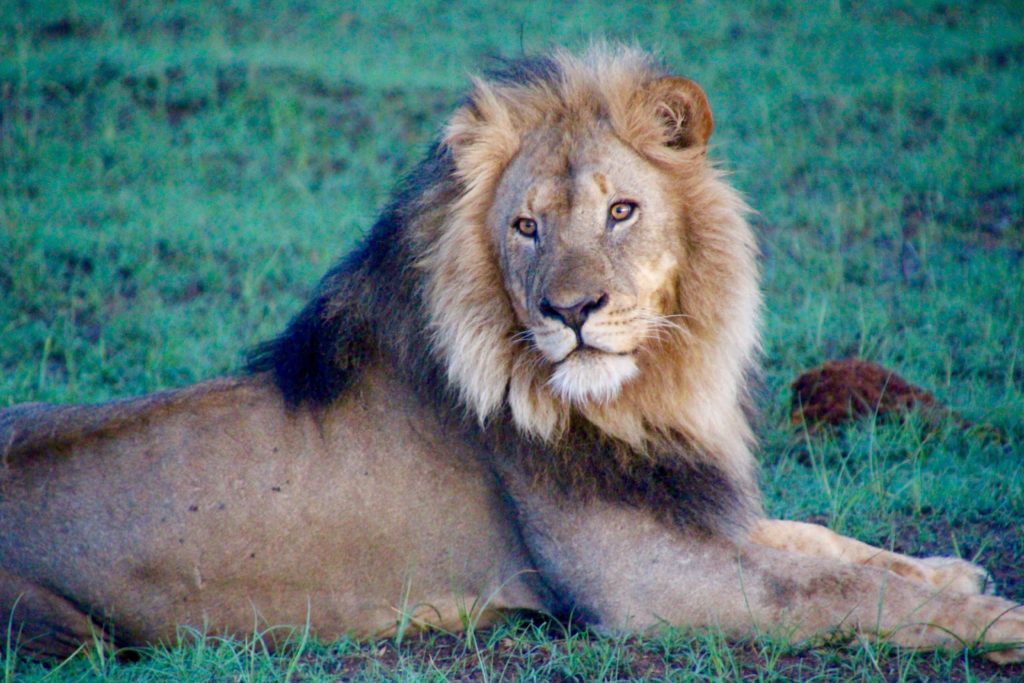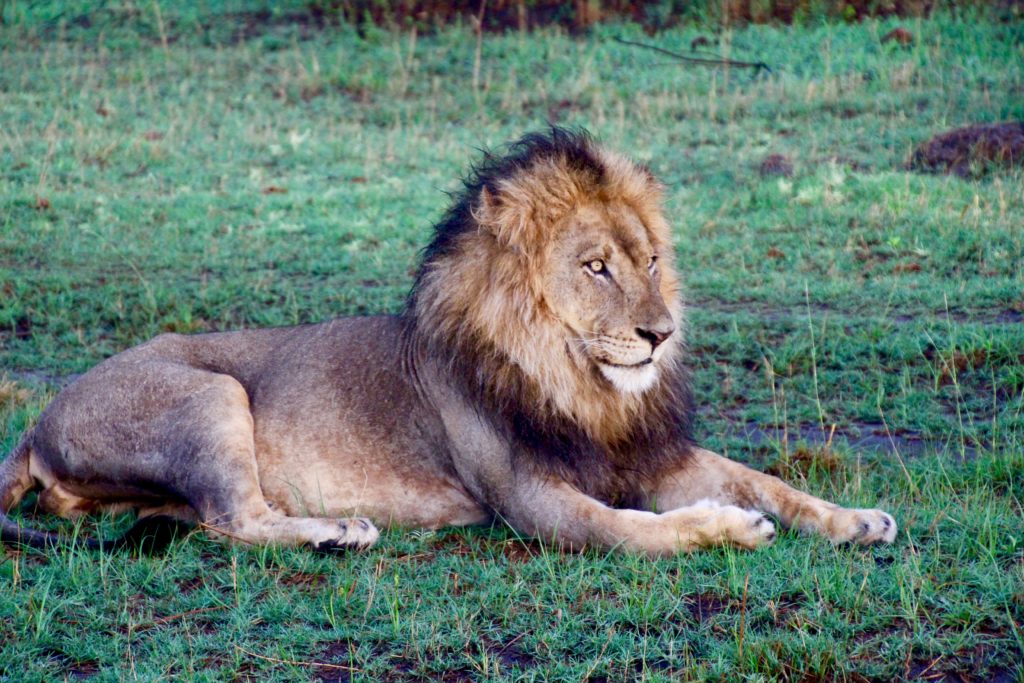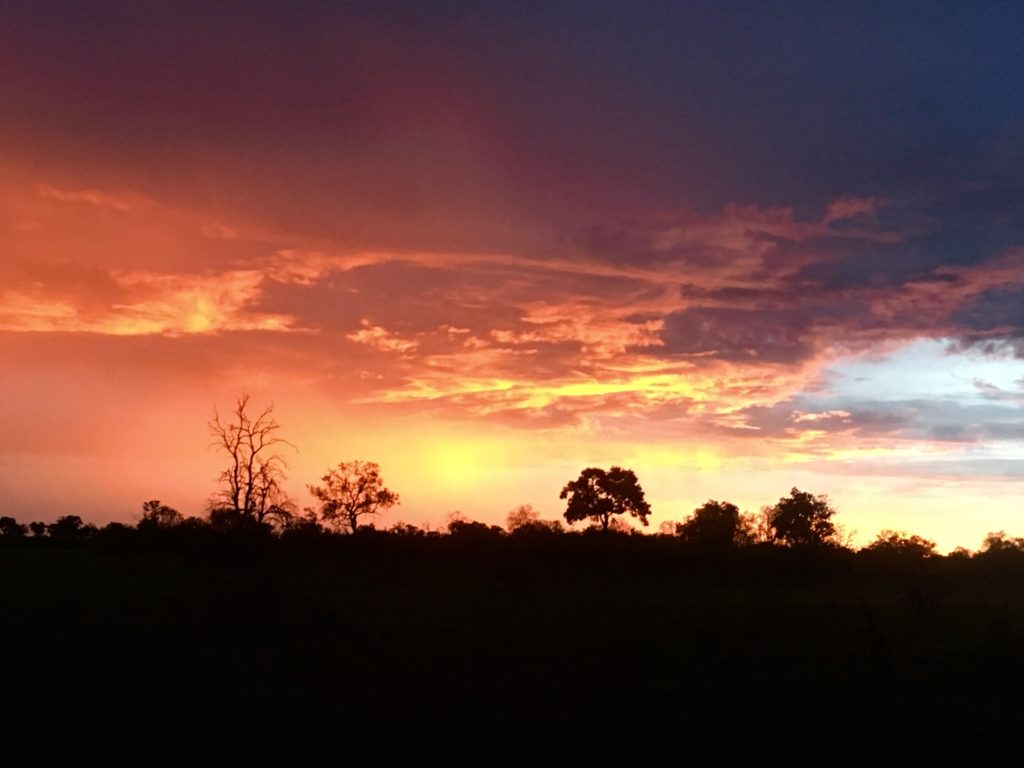Everything you see is a work of art created by an actual person (or team of people). This short video about the efforts of the Antarctic citizen science project – FjordPhyto – was produced and directed by Gabriela Lamanna using video footage taken by Allison Cusick’s journeys to the Antarctic. We wanted to introduce you to Gaby and share her story. To share how she got involved with the FjordPhyto project, why she is obsessed with cold regions despite her upbringing in the tropics of El Salvador, and what her plans are after she completes her Masters degree from Scripps Institution of Oceanography.
Q: Gaby, What drew you to make a film for the FjordPhyto project?
The minute I heard of FjordPhyto I was hooked! The fact that people can participate in citizen science by collecting phytoplankton in Antarctica is fascinating, everyone should know about this! I heard about the Vernet Lab needing someone to create content with all the footage graduate student Allison Cusick has from her expeditions in Antarctica, and there was no way I wasn’t saying yes!
I wanted to create a short video of FjordPhyto so that people can learn about the project in little time, just a minute!
I envisioned incorporating multiple voices representing different ethnicities and ages to narrate the story because I want the public to know that anyone can participate in citizen science!
I love the sentiment, “you protect what you love”, and if people get involved with science, there is a higher chance of them deeply understanding current problems like climate change. The more people fall in love with conservation, the better we will all be at protecting ecosystems!
One of the reasons I find FjordPhyto so special is that it brings people closer to researchers. I think there is a misconception that scientists are unapproachable, but the truth is scientists are more relatable than what people might think.
How fun is it that people can help them collect data and contribute to polar research!? Now, I know going to Antarctica is not for everyone, but I hope this video sparks curiosity to learn about other citizen science projects close to you!
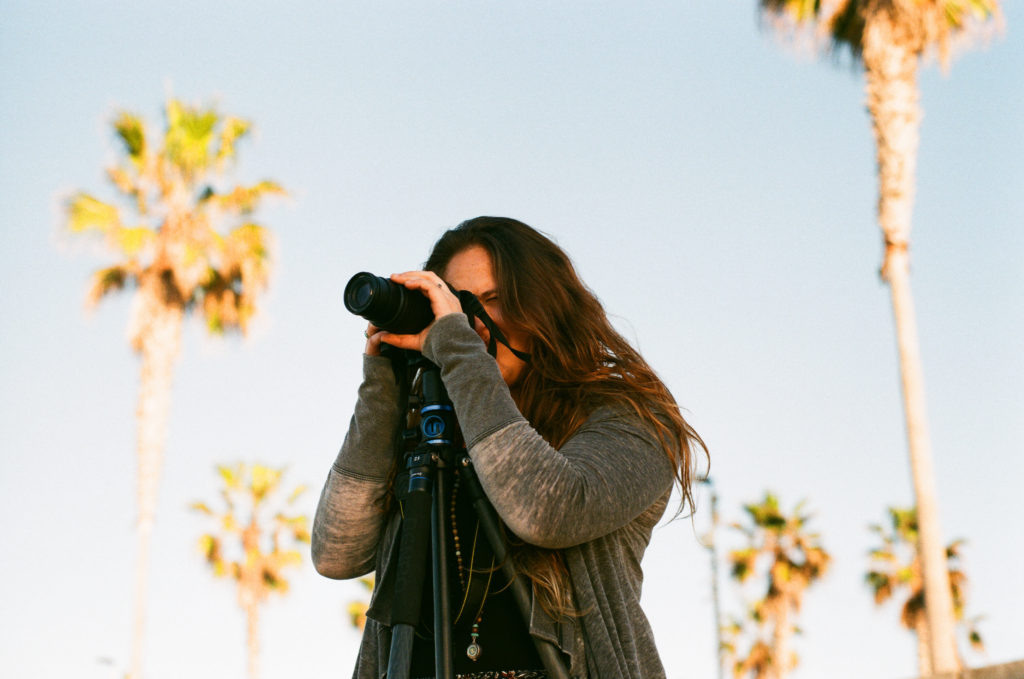
Q: How did you get involved in ocean conservation and science storytelling?
When I tell people I have been completely fascinated with uncomfortably cold places since I first saw snow at the age of 22, they exclaim in disbelief: “But you grew up in the tropics!” To that I respond, “that’s exactly why!”. I was fortunate enough to grow up in El Salvador, a place with warm weather year-round, and even warmer people. My roots to the tropics are strong, but I knew that if I wanted to protect the ocean, I had to leave home to pursue a better education.
As soon as I graduated high school, I left to the United States to follow my dreams. I studied marine biology at Harriet L. Wilkes Honors College (Jupiter, Florida), where I had the blessing of having one of the best teachers I have ever met. His love for ocean conservation stuck with me to the point that I decided to pursue my master’s in Marine Biodiversity and Conservation at Scripps Institution of Oceanography.
I have loved the ocean from a young age, especially the animals in it. However, the origin of my true love started at 16 when I was introduced to surfing. I realized, the ocean gives us more than we can ever give back: waves to dance on, a place to grieve loss, medicine to heal, and the best part: as long as you are near the ocean, you will always have the curiosity of a child. You protect what you love, so it is no wonder that I wanted to become a marine biologist.
However, as much as I love science, there was always something missing for me. This all changed when I discovered science storytelling.

Q: What was it like growing up in El Salvador and how did this influence your creative outlets?
Being able to have a creative outlet means more to me than I will ever be able to explain. I have never been the best at expressing myself using words, but I am able to express myself through visuals.
Back in El Salvador schools work a little different. I went to the same school for 15 years, in a class of 22 people. Back then I didn’t think anything about it, because things seem okay when you haven’t seen anything different. But now that I look back, I think WOW! I can’t believe I spent so much time in a place where we would line up every morning and our teachers would check that our socks and tennis shoes were spotless and completely white, our skirts past our knees or else the principal would make you rip the stitching in front of her to make it longer, our nails short as can be, earrings as small as possible, our natural hair color without any modifications, no bracelets on your arms…
I could keep going, but in a short sentence… it was a place where self-expression would get you a trip to the principal’s office.
I grew up thinking that I did not have a pinch of creativity in me, but the truth is, after the 5th grade, art class, music class, any type of creative class was not a part of our curriculum at school. However, my love for photography and filmmaking was inevitable, and I began documenting my life with what I had: a GoPro that a friend had found in the ocean while surfing. The very first GoPro model ever released!
I was ecstatic!!!
I started making short films about surfing, travel and family.
Eventually, I got a DLSR camera, but it always remained a hobby…
… until I discovered that scientists are extremely busy and that they need help with showing their work to the public.
My two main passions combined: science and visual storytelling, I had finally found my niche.
There is nothing quite like finally finding where you belong. I found love not only in having a camera as my tool, but in spending hours editing. Post production is therapeutic for me!
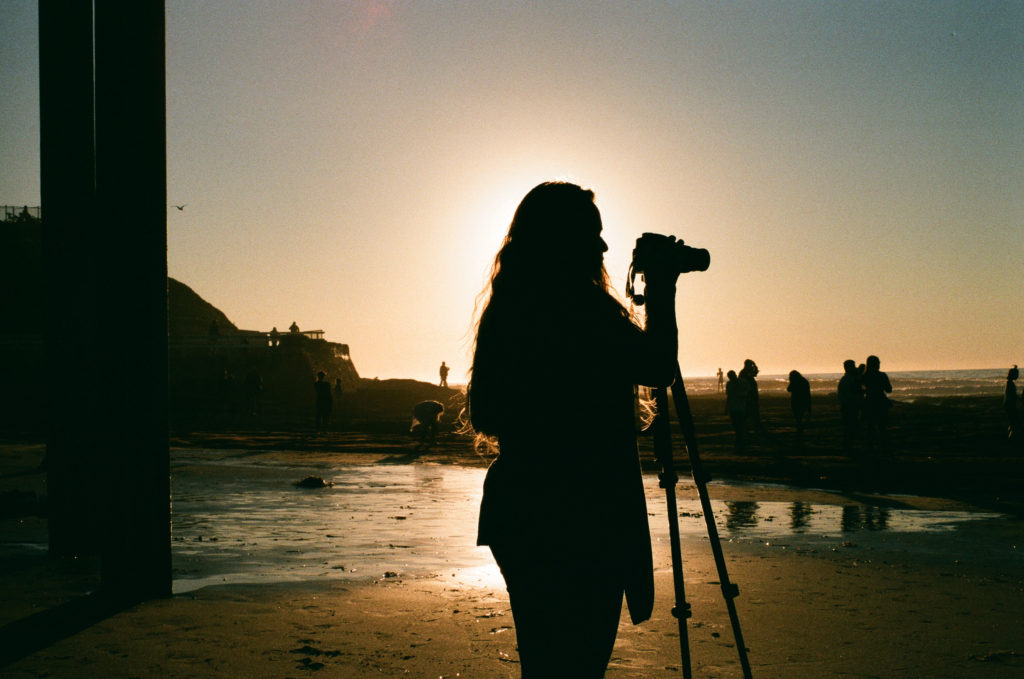
Q: What do you enjoy most about the Master’s program you’re in and where do you see yourself in the future?
I have so far loved my experience in the master’s program in Marine Biodiversity and Conservation, because it is interdisciplinary. Not only are we allowed to combine science with other disciplines, but we are encouraged to do so!
In my short time here, my professors and mentors have impacted my life in many ways, and my career goals have become clearer than ever. I hope to someday bring the knowledge I have gained here back to El Salvador, where conservation efforts are greatly needed.
For the remainder of my time in the Marine Biodiversity and Conservation Masters program, I will be starting a new project creating an expanded informative “documentary style” video about the efforts of researchers in Antarctica.
When I finish, I hope to use aerial photography to start a mangrove monitoring program in El Salvador, since these efforts are still not in place in the country. I also hope to use filmmaking to bring awareness and promote conservation efforts, and especially to use my work to help low income vulnerable coastal communities in El Salvador.
Follow Gaby on social media at @gabylamanna
Follow the Antarctic Citizen Science project FjordPhyto @fjordphyto
Share this: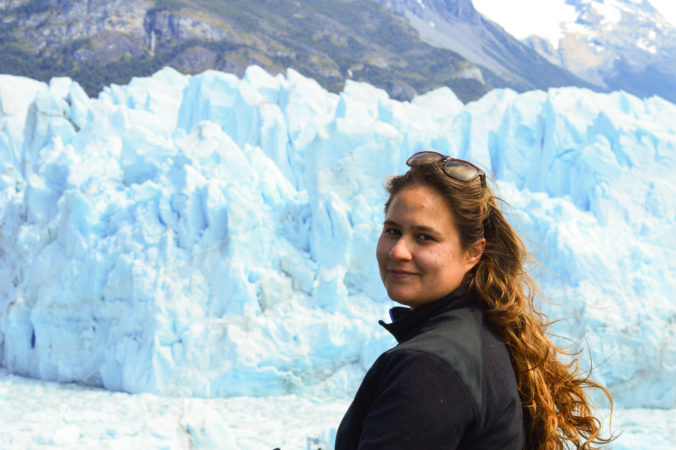
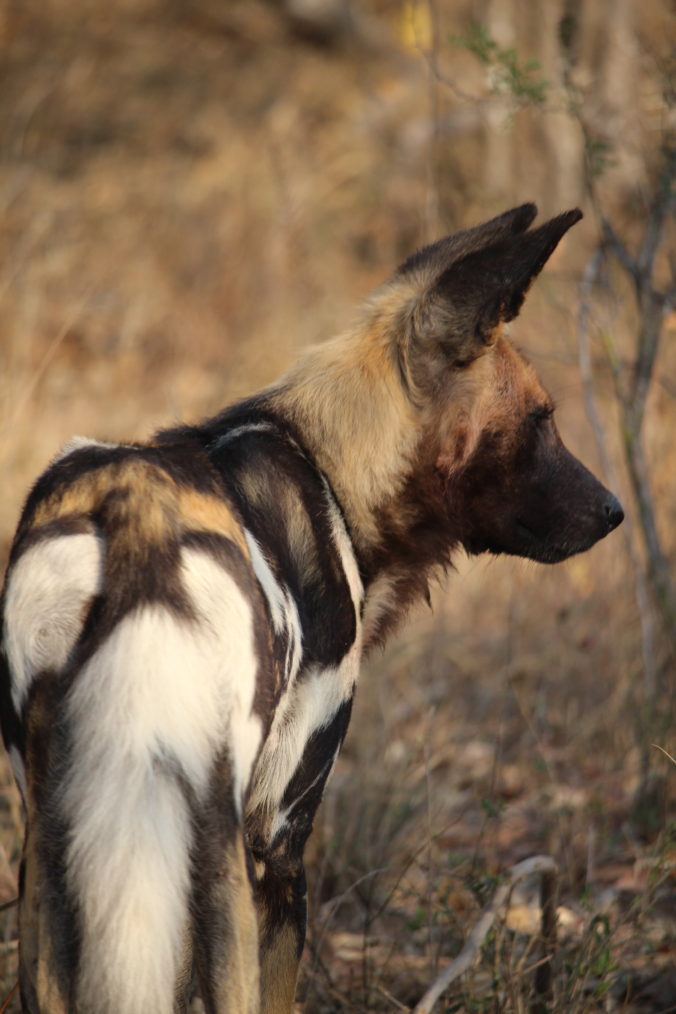
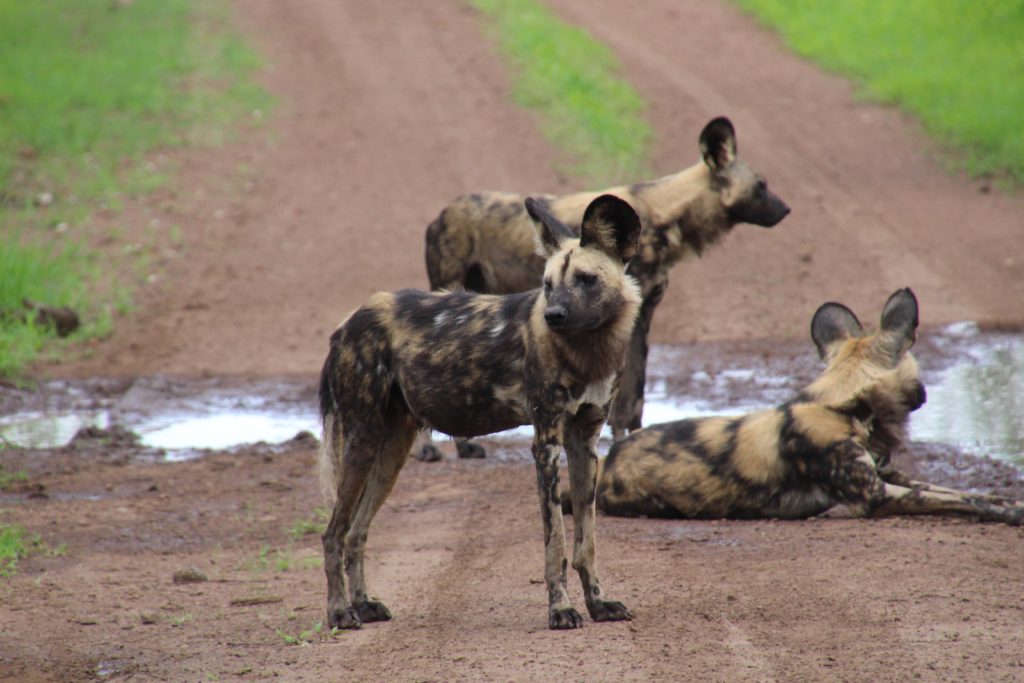
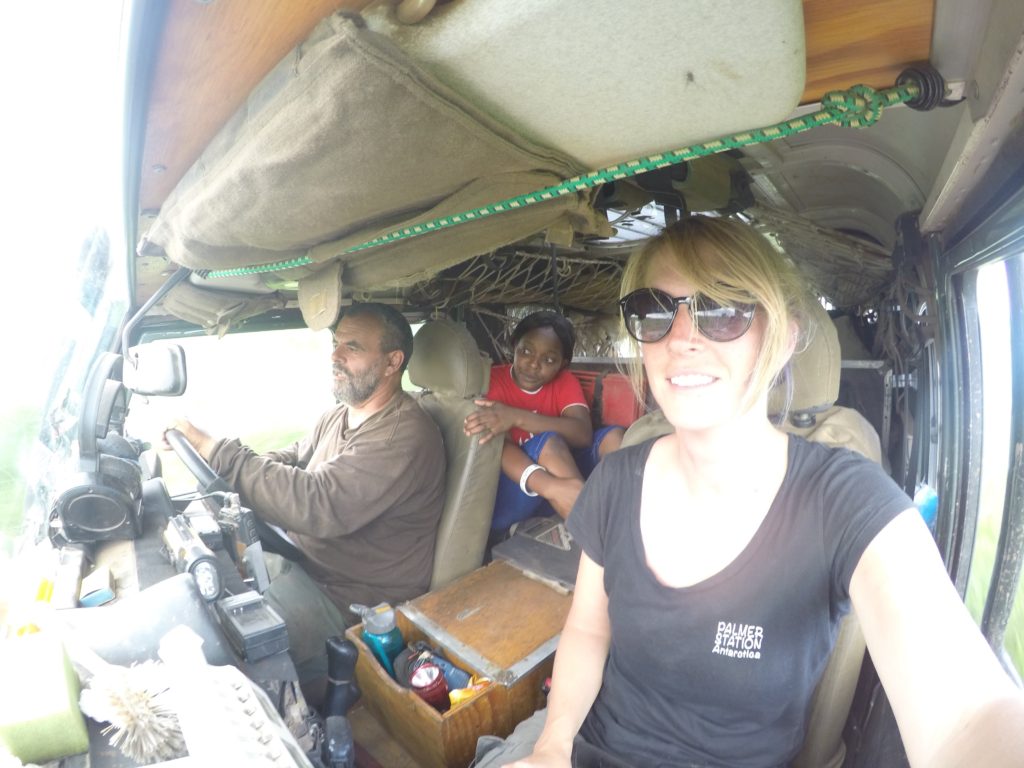
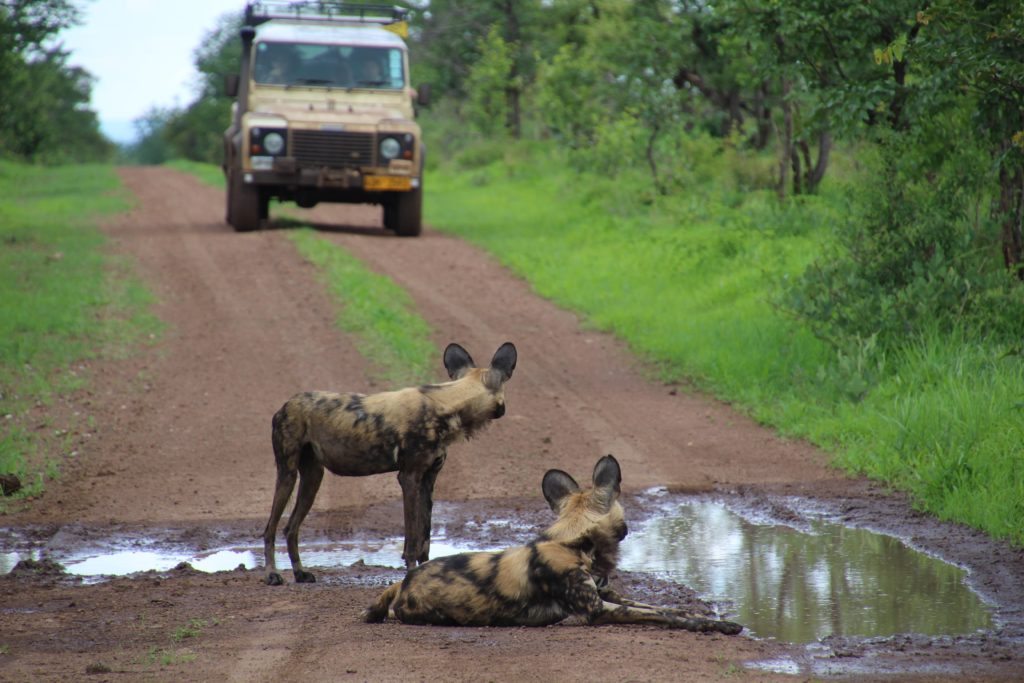
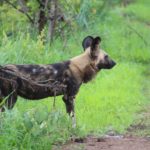
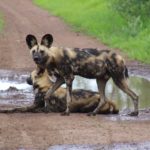
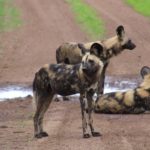
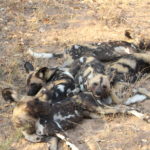
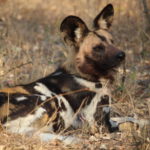
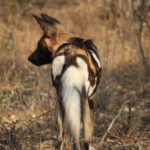
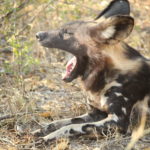
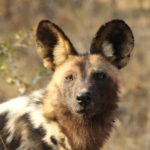
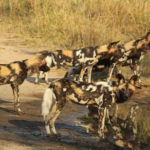
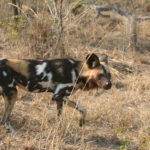
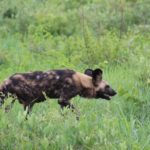
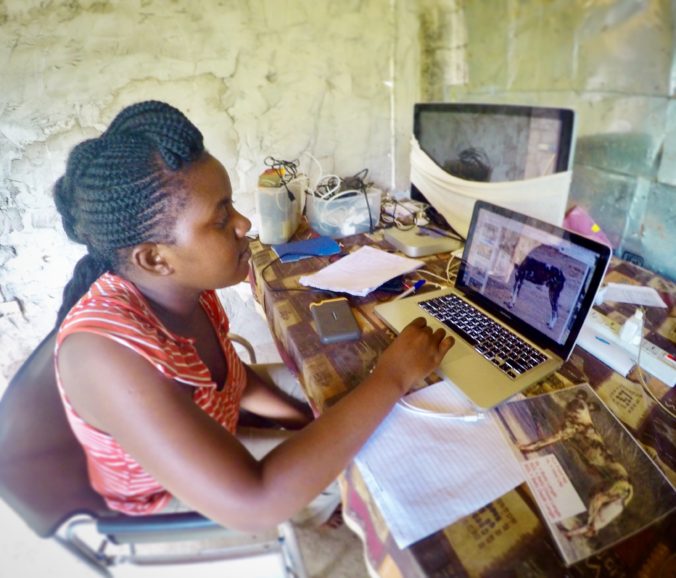










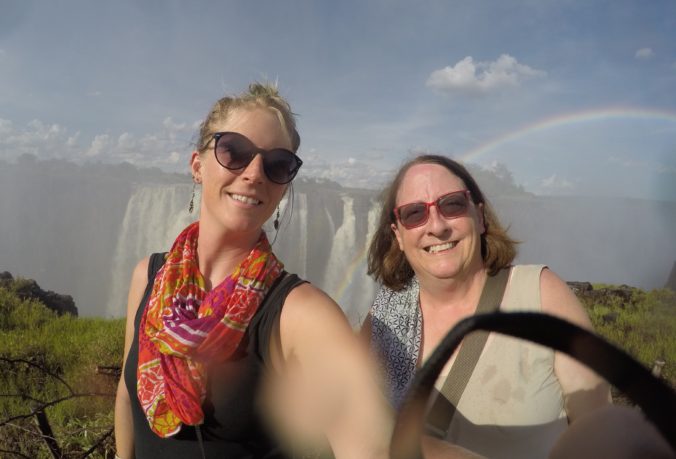
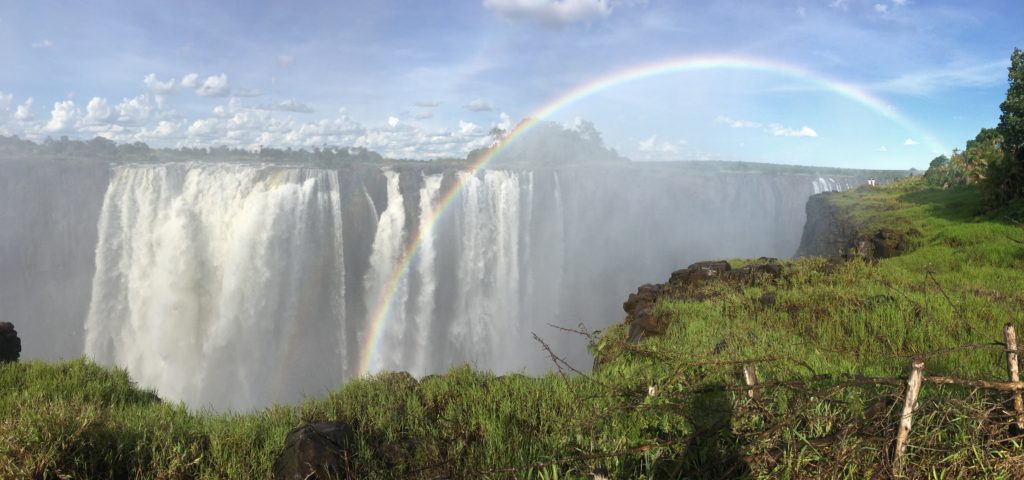
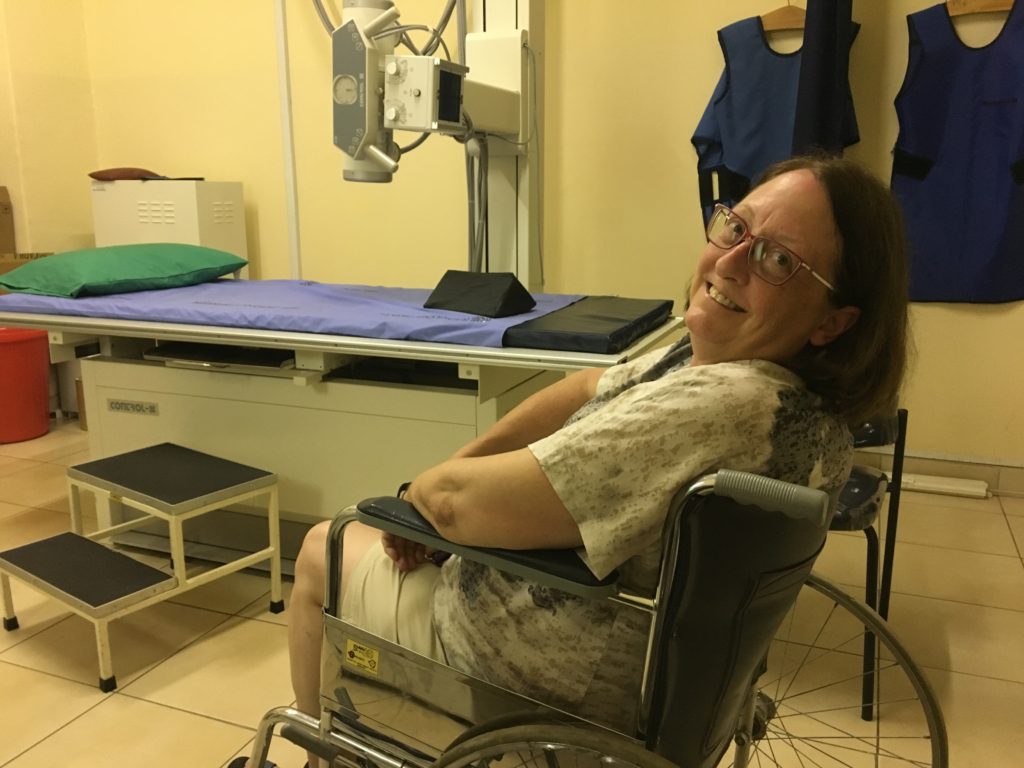
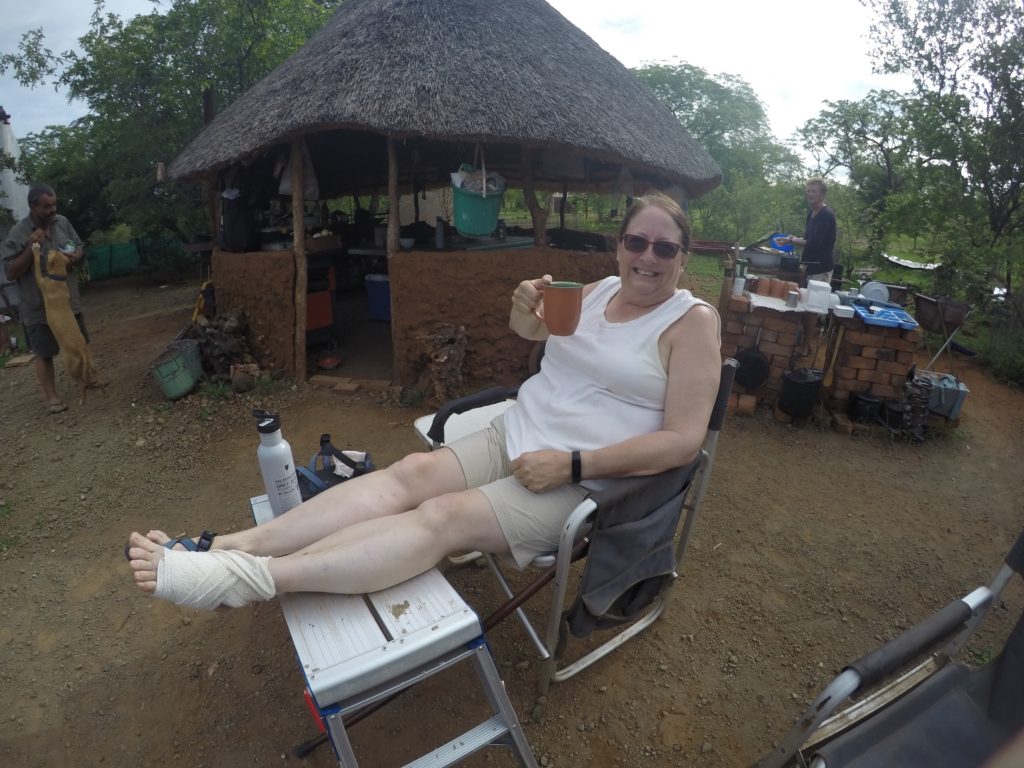
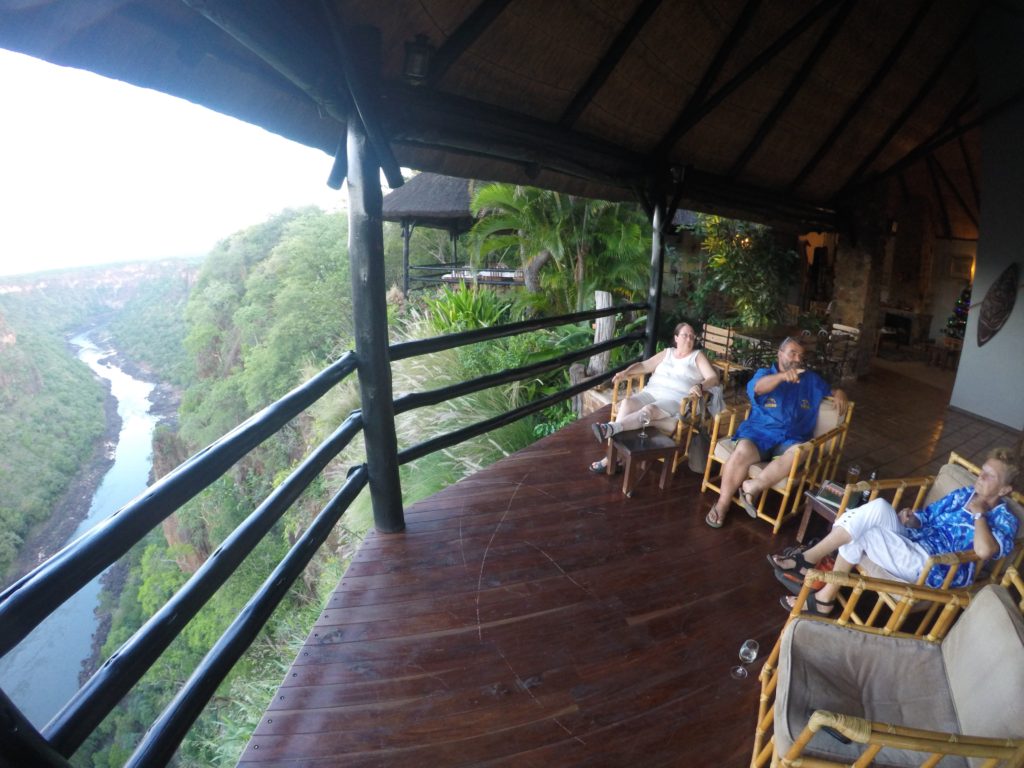
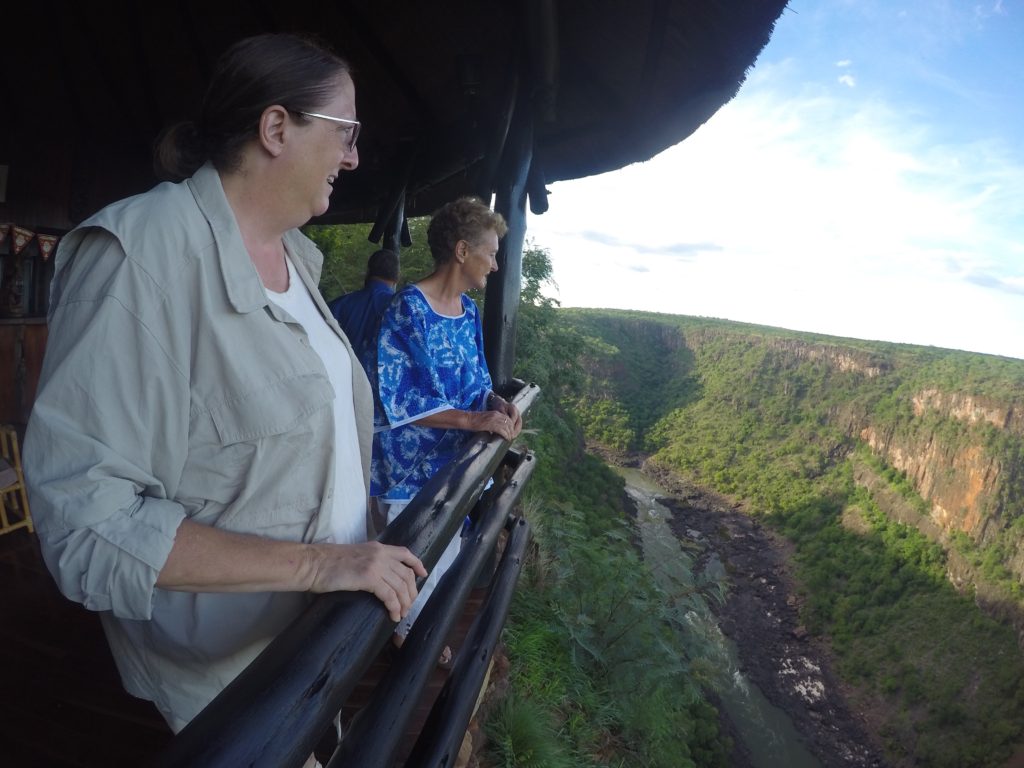 Share this:
Share this: 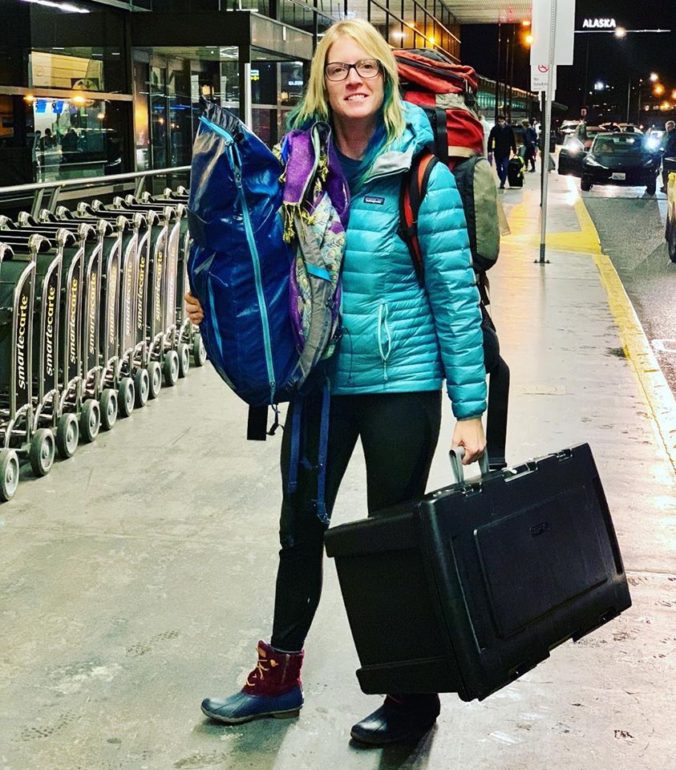








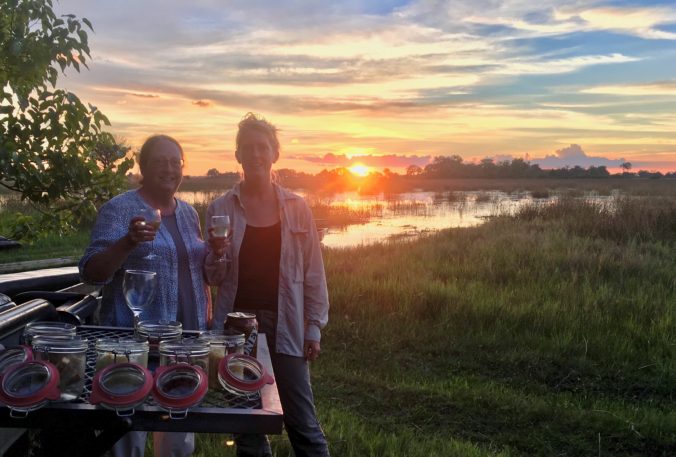
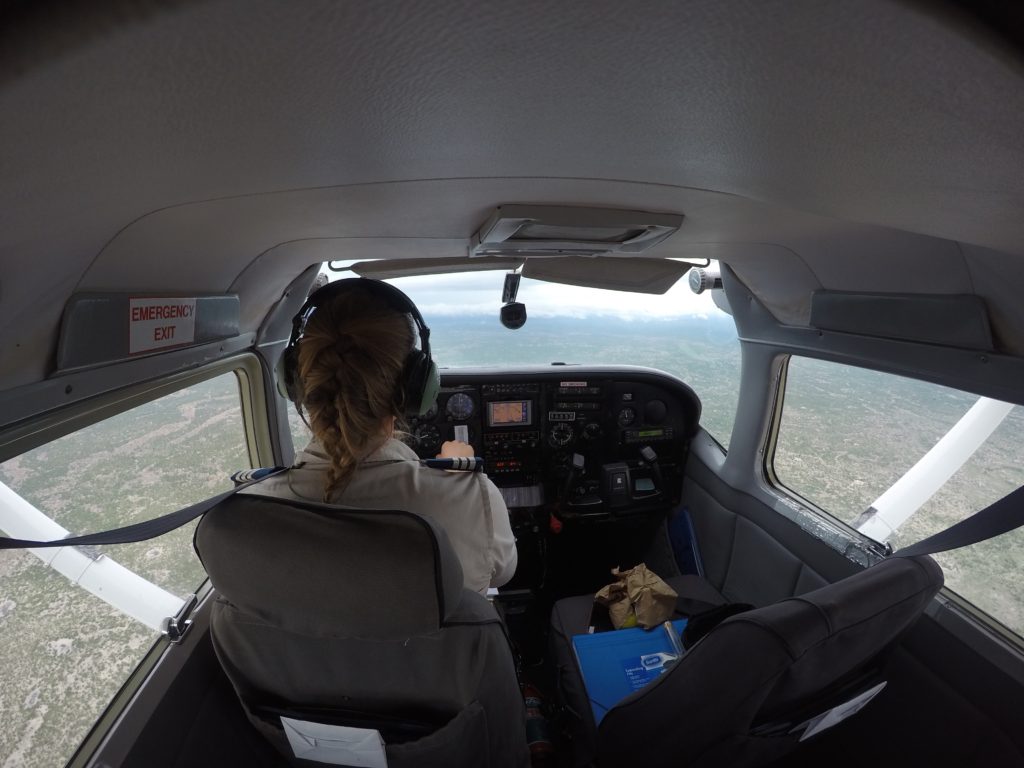
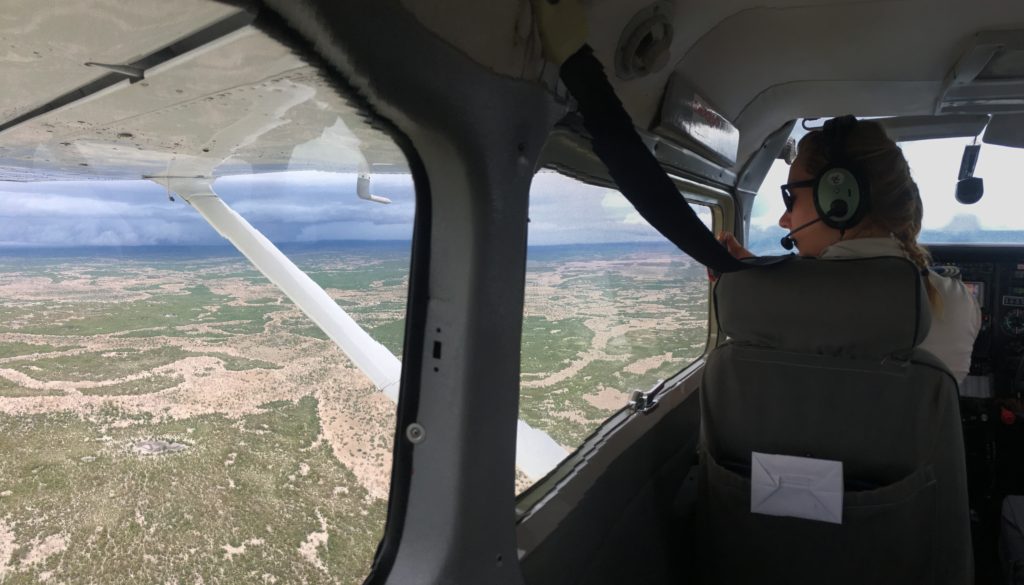
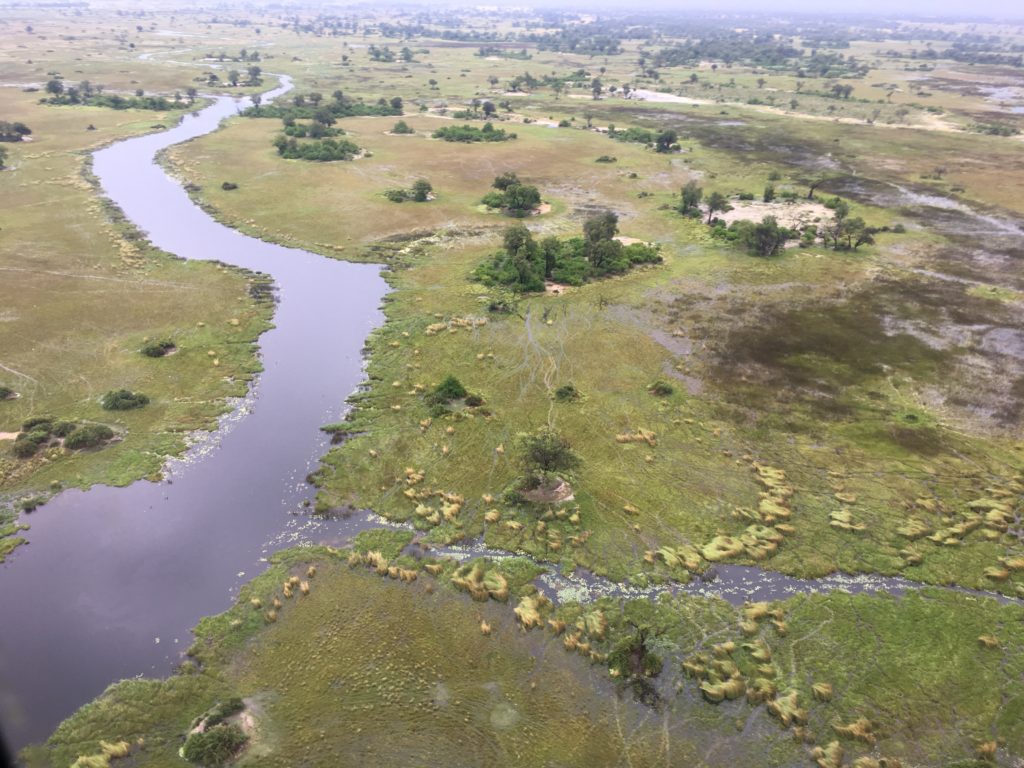
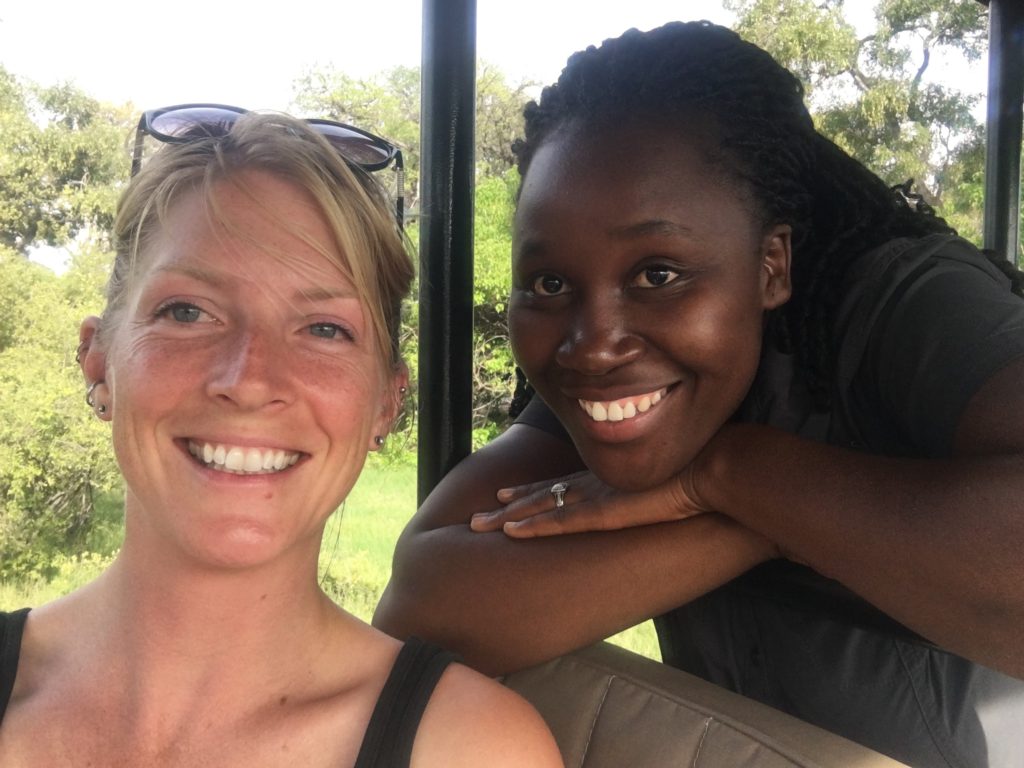
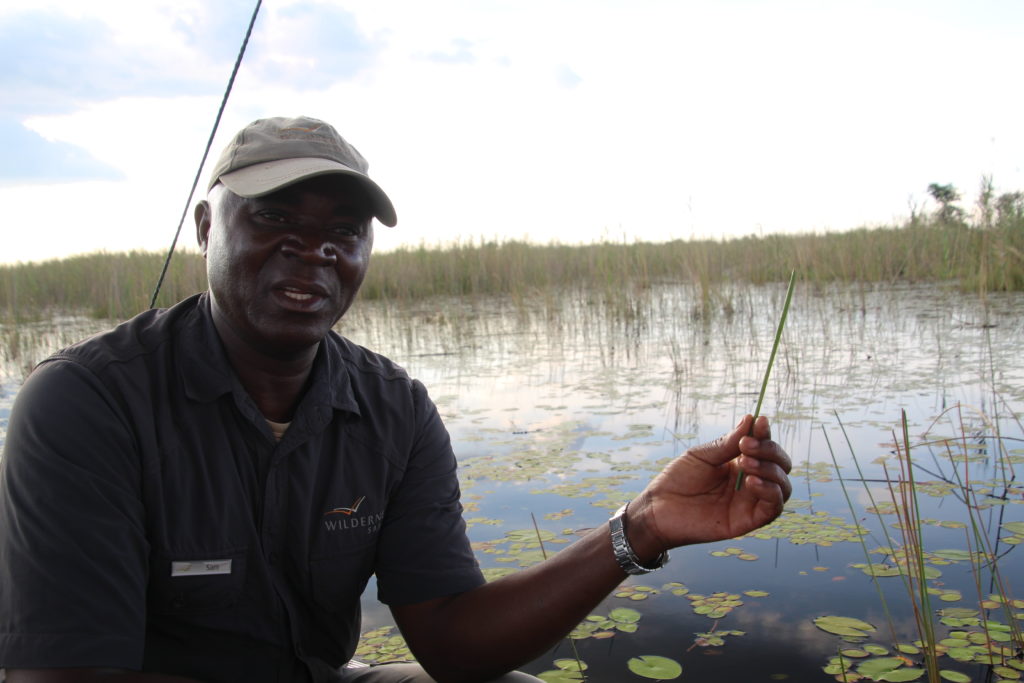
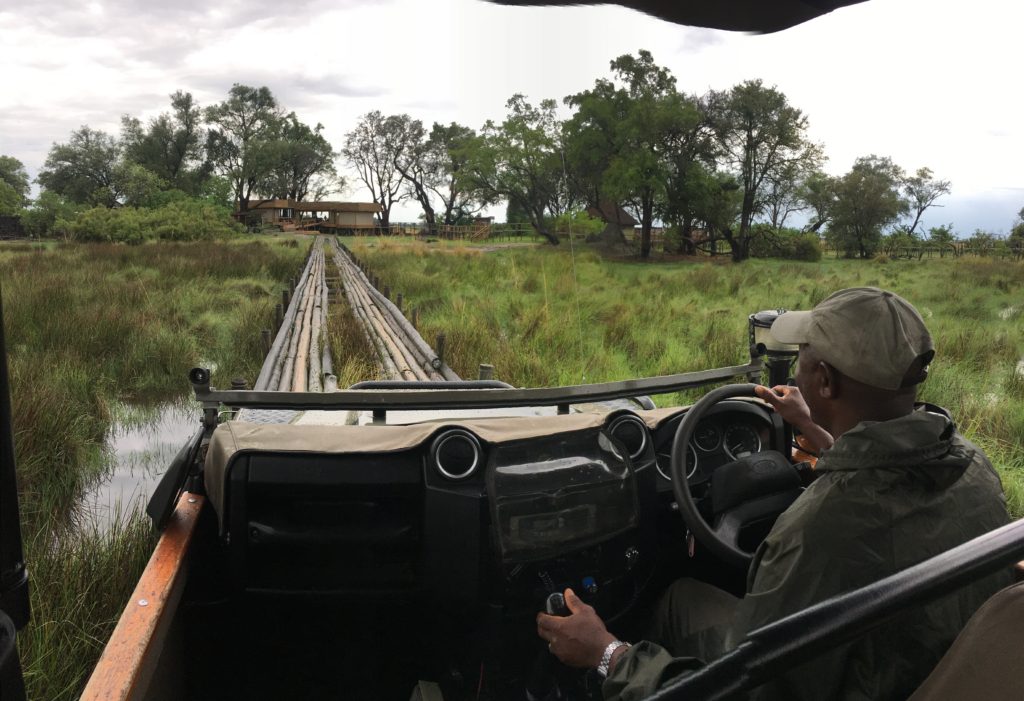
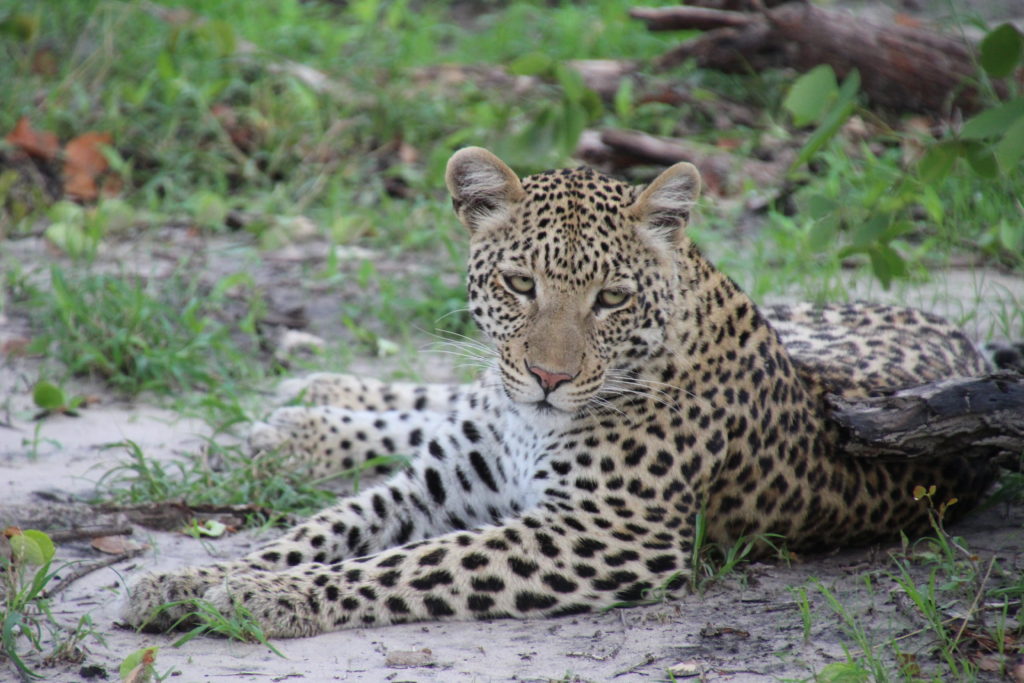
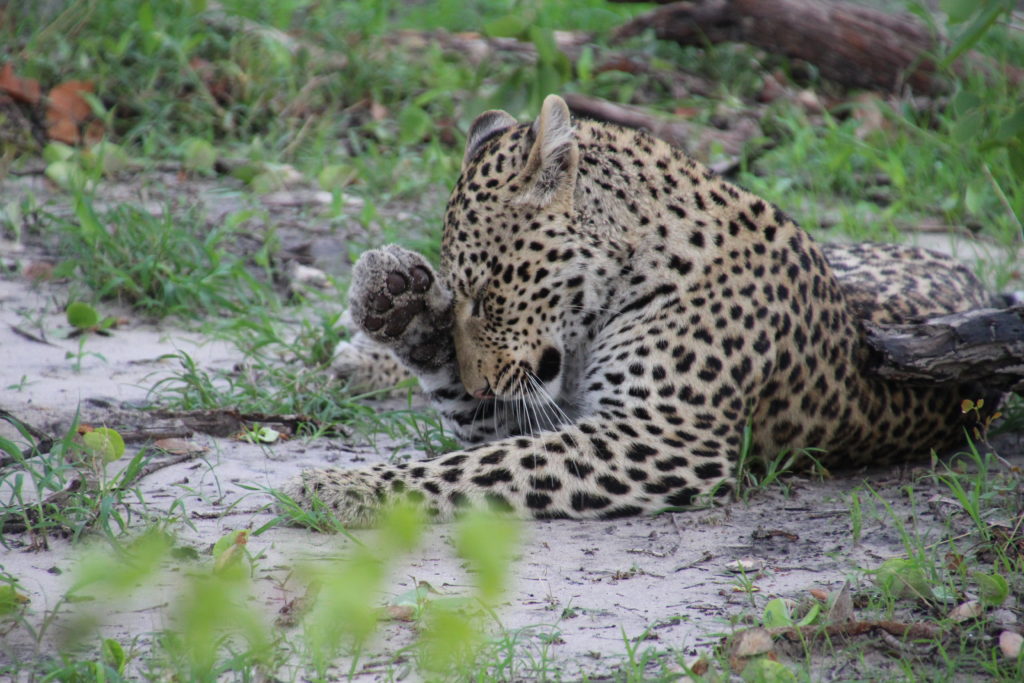
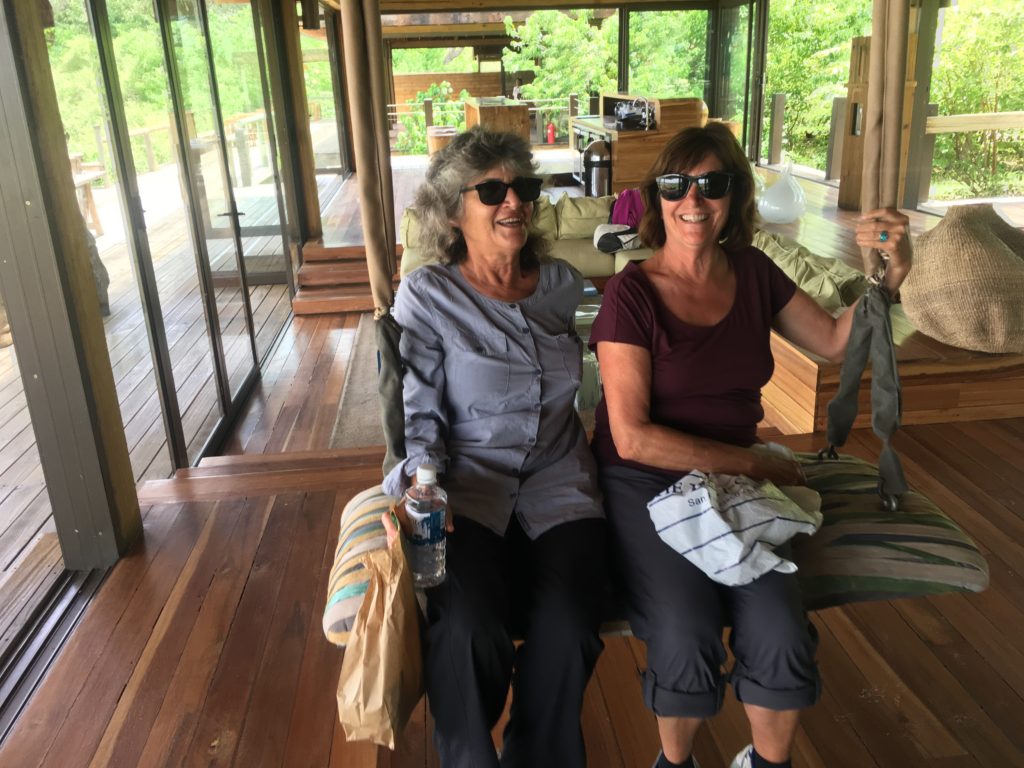
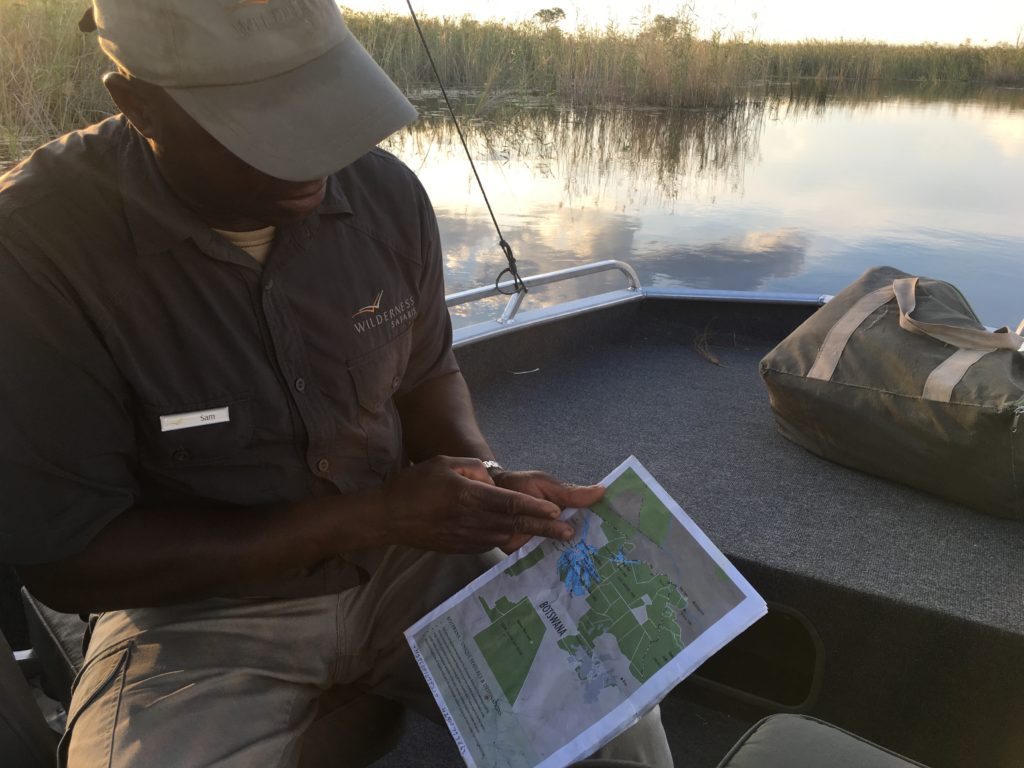
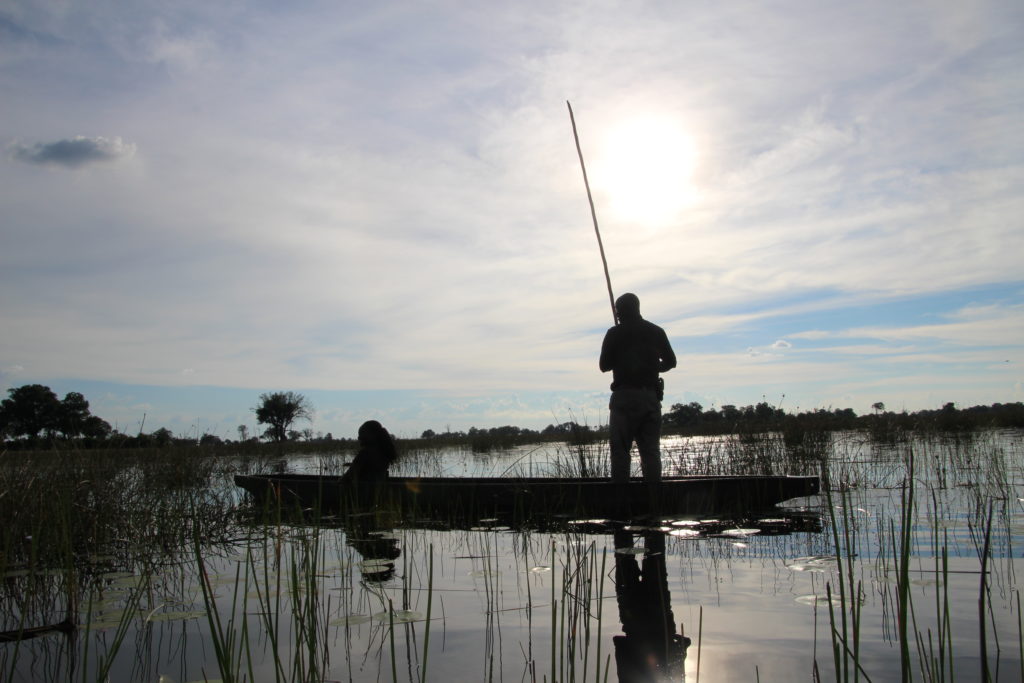
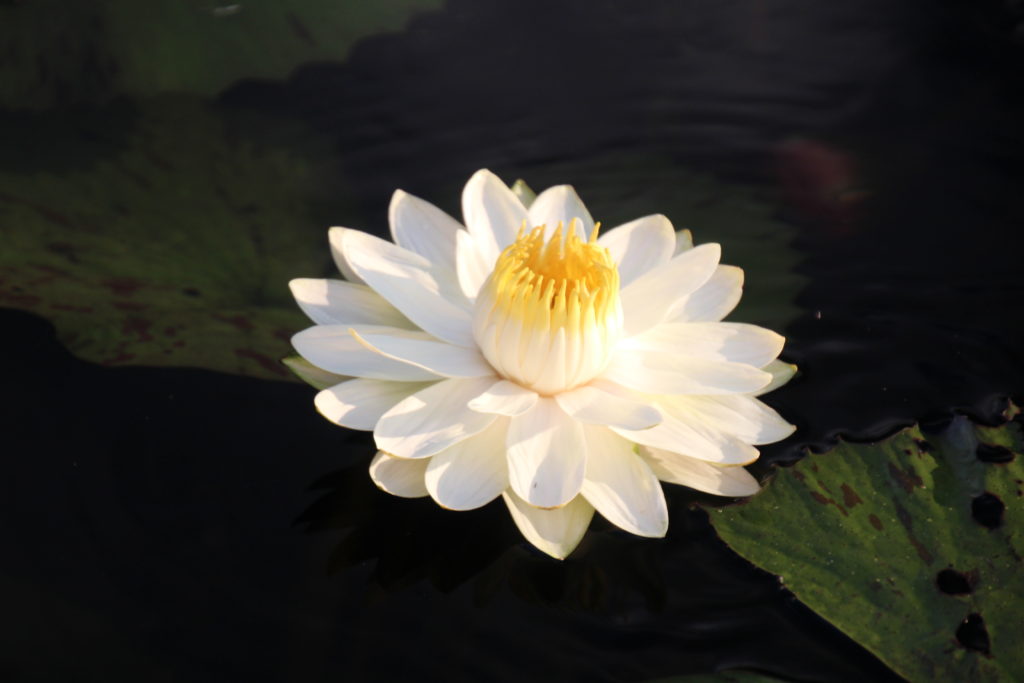
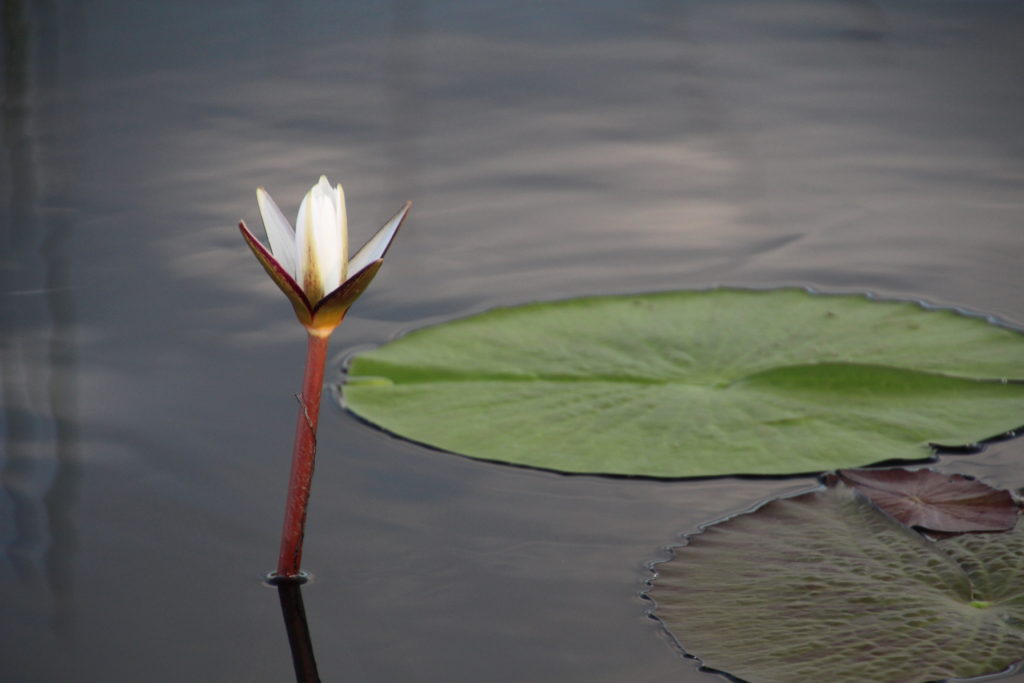
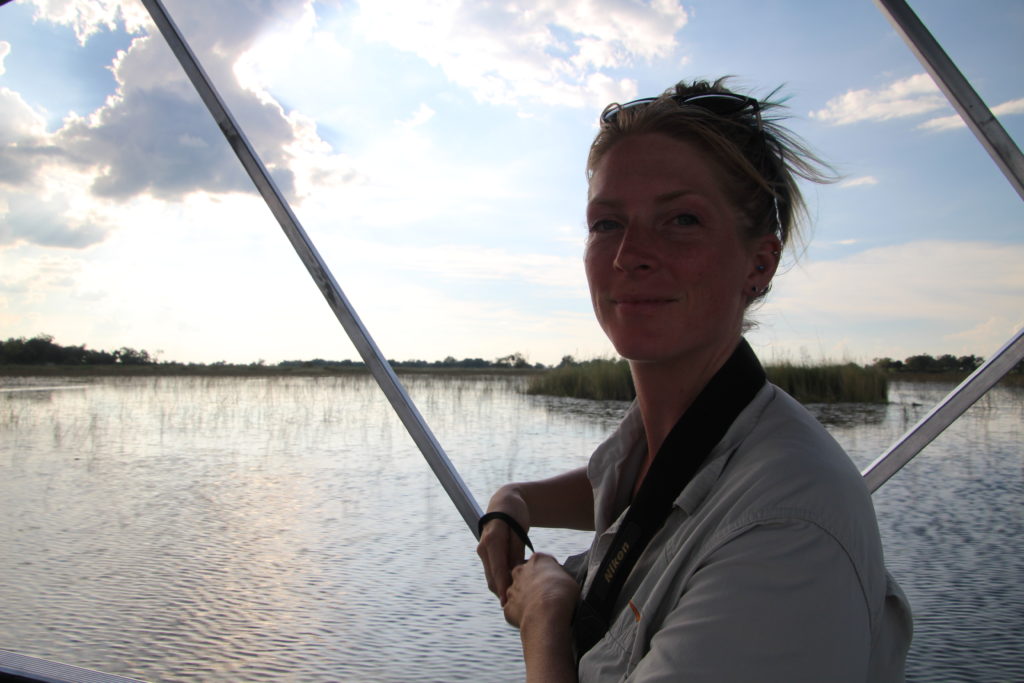
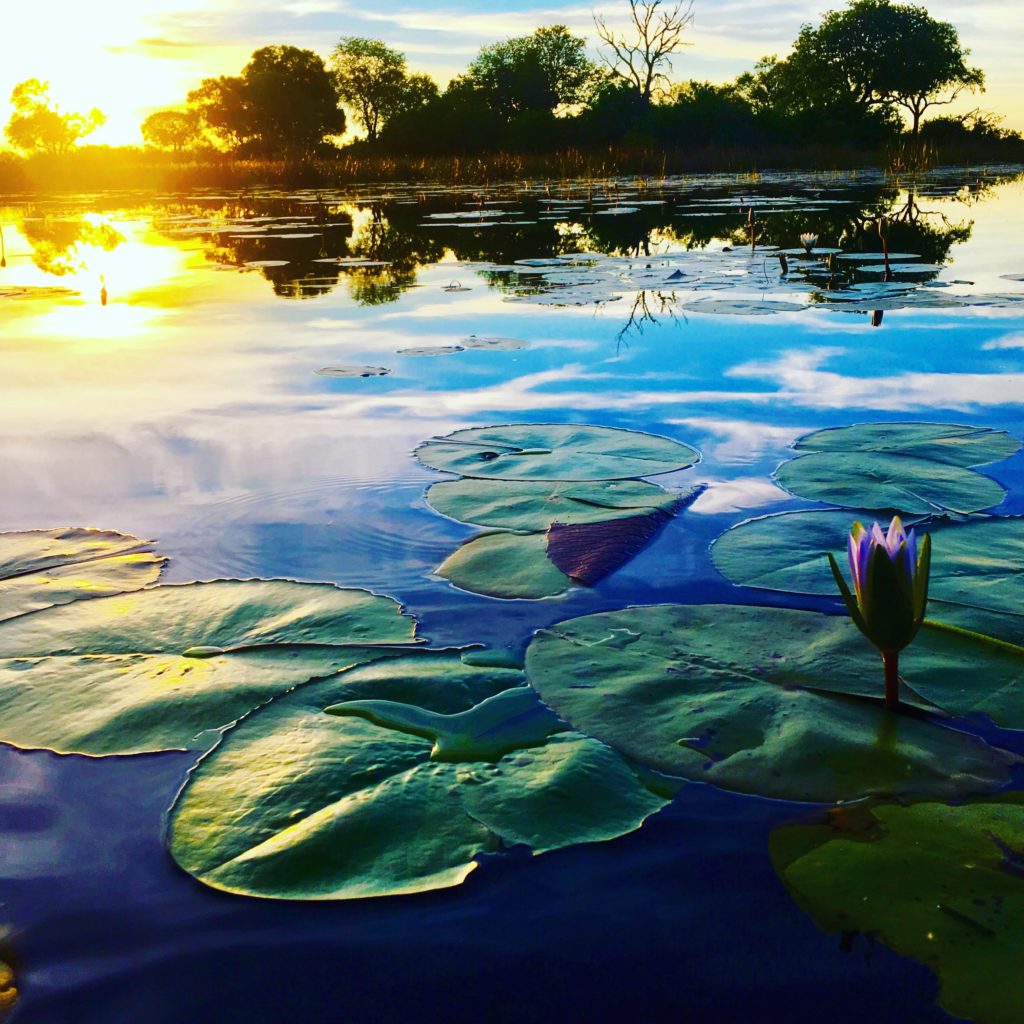
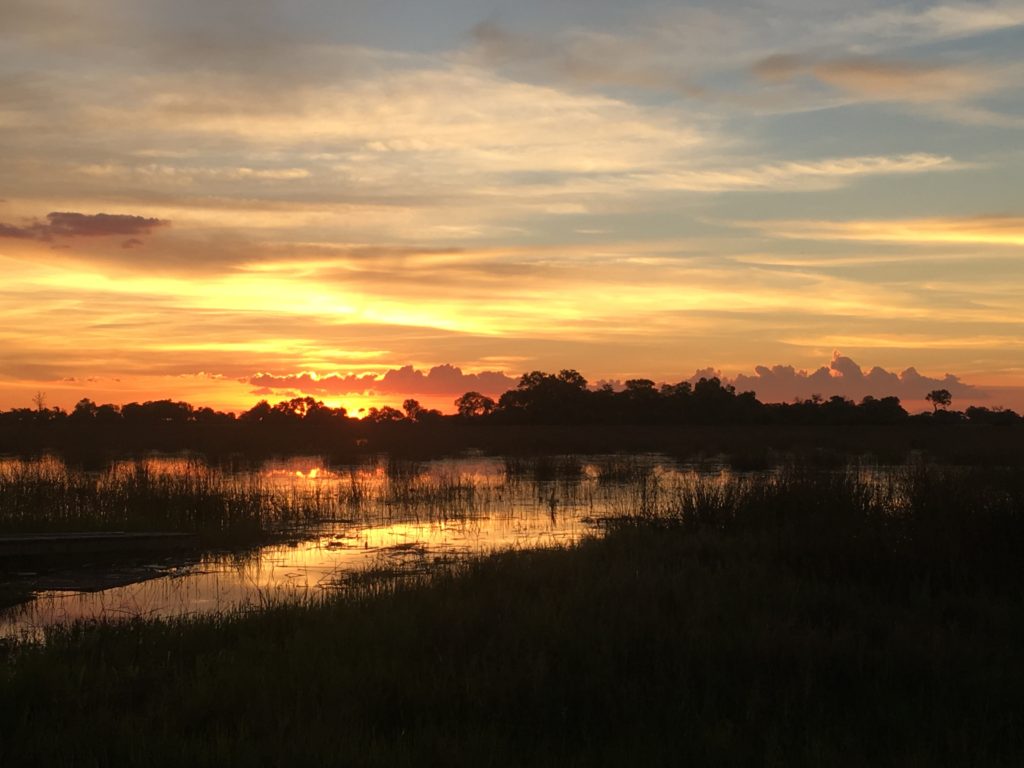
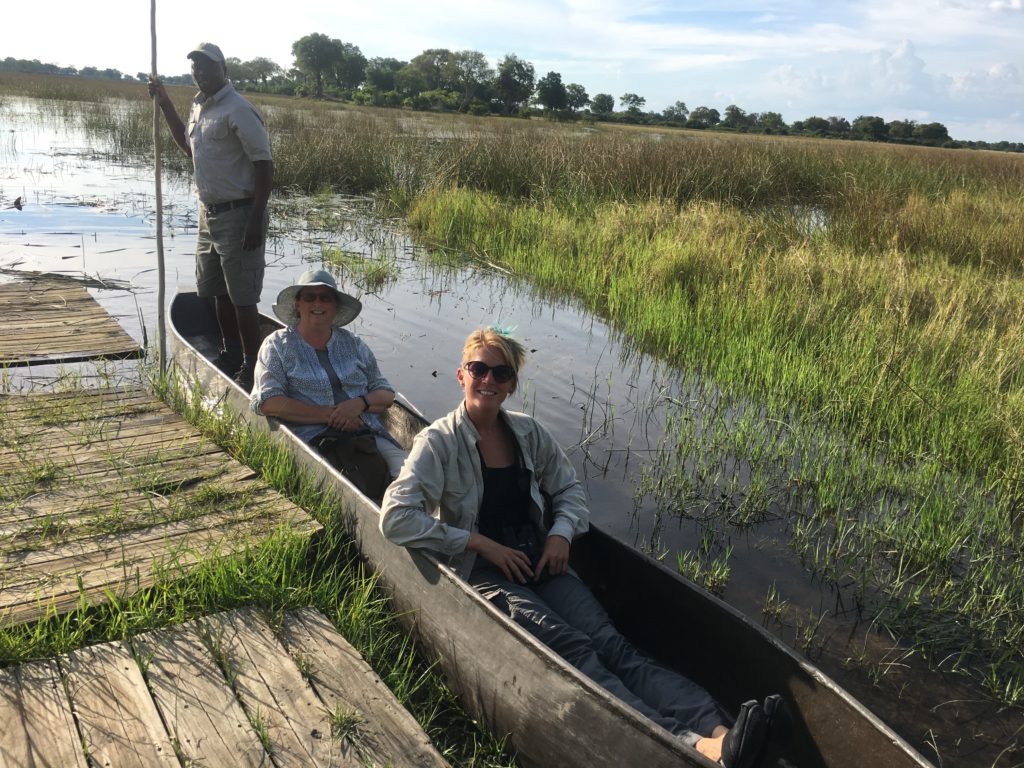
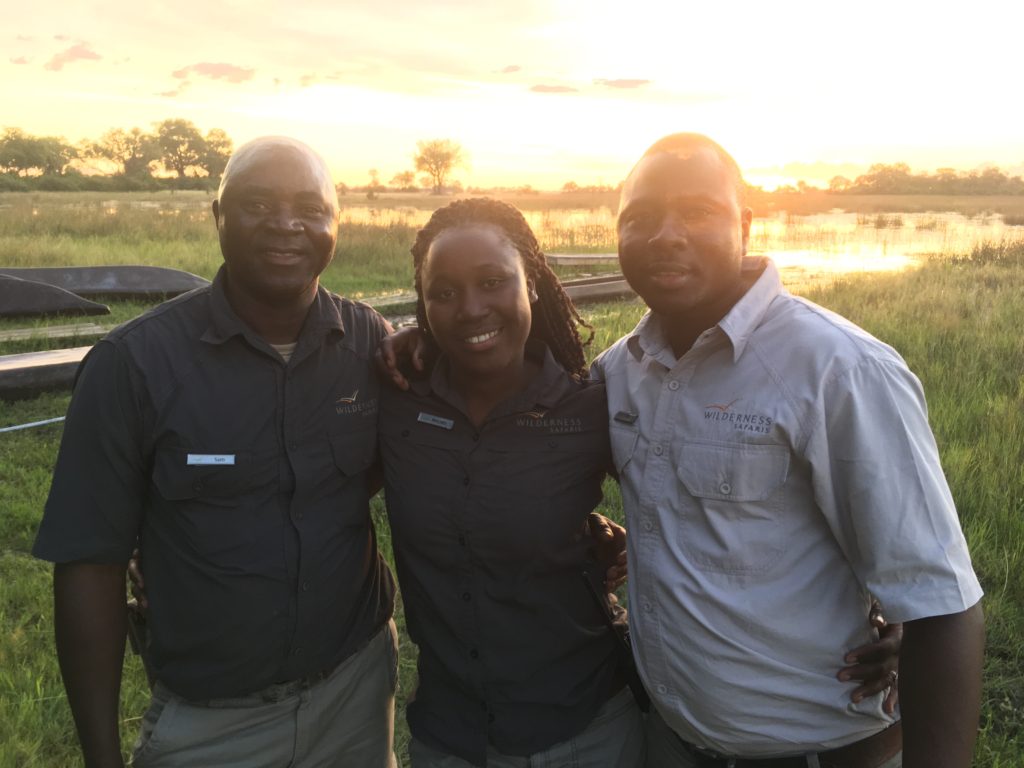
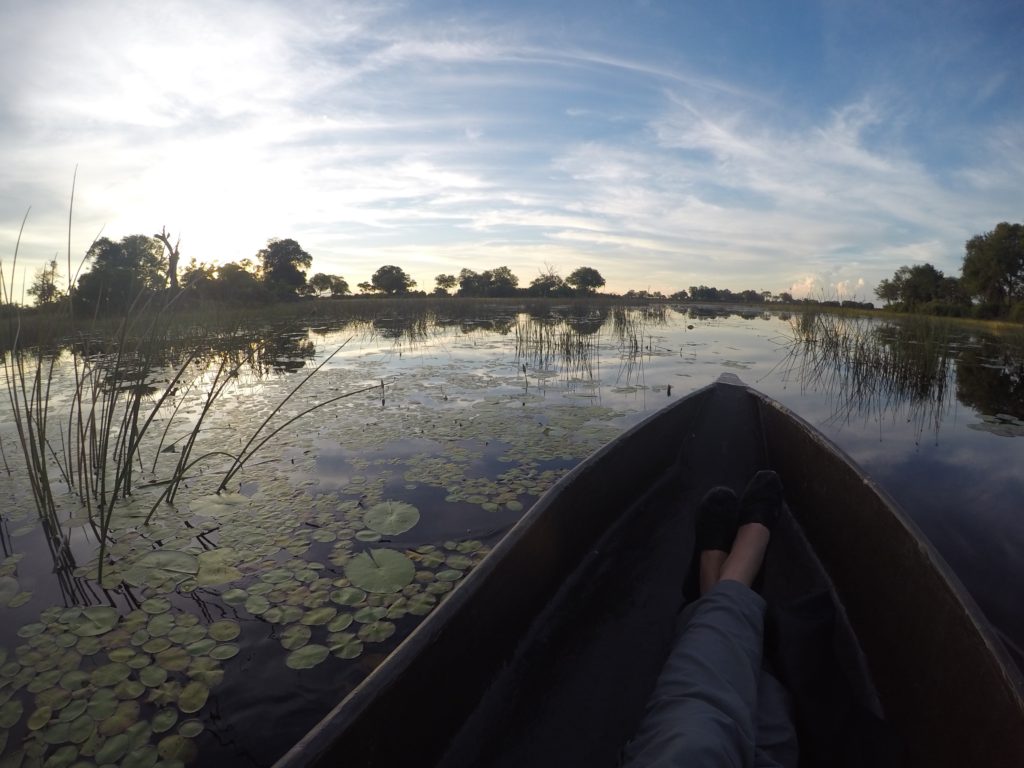
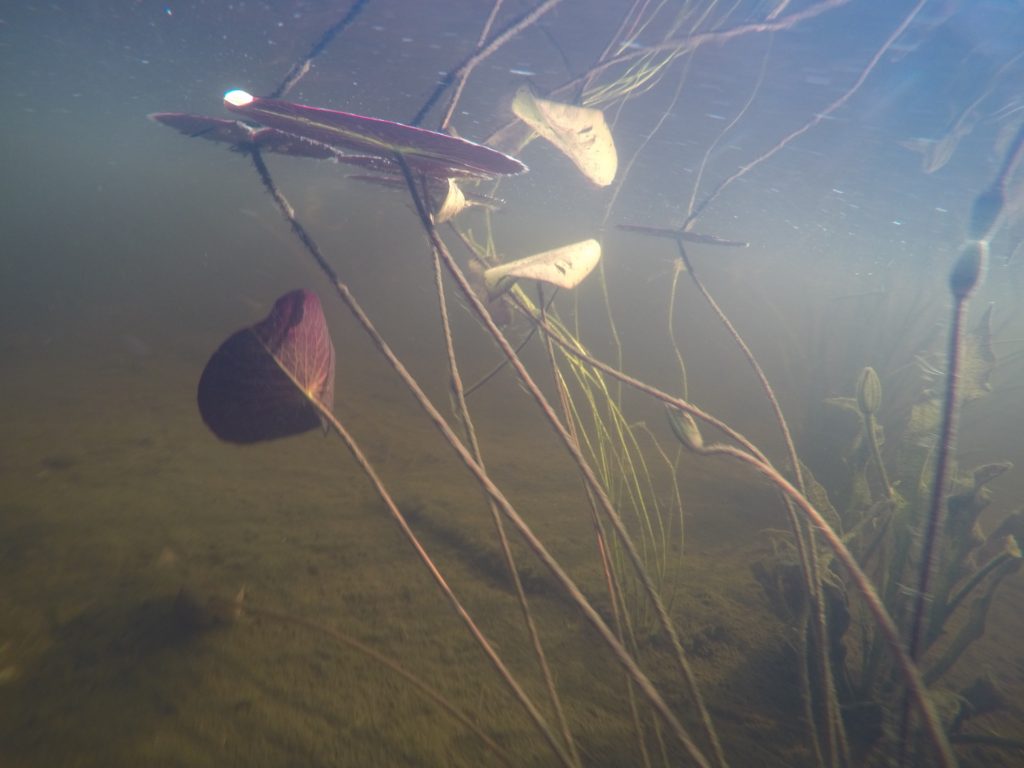
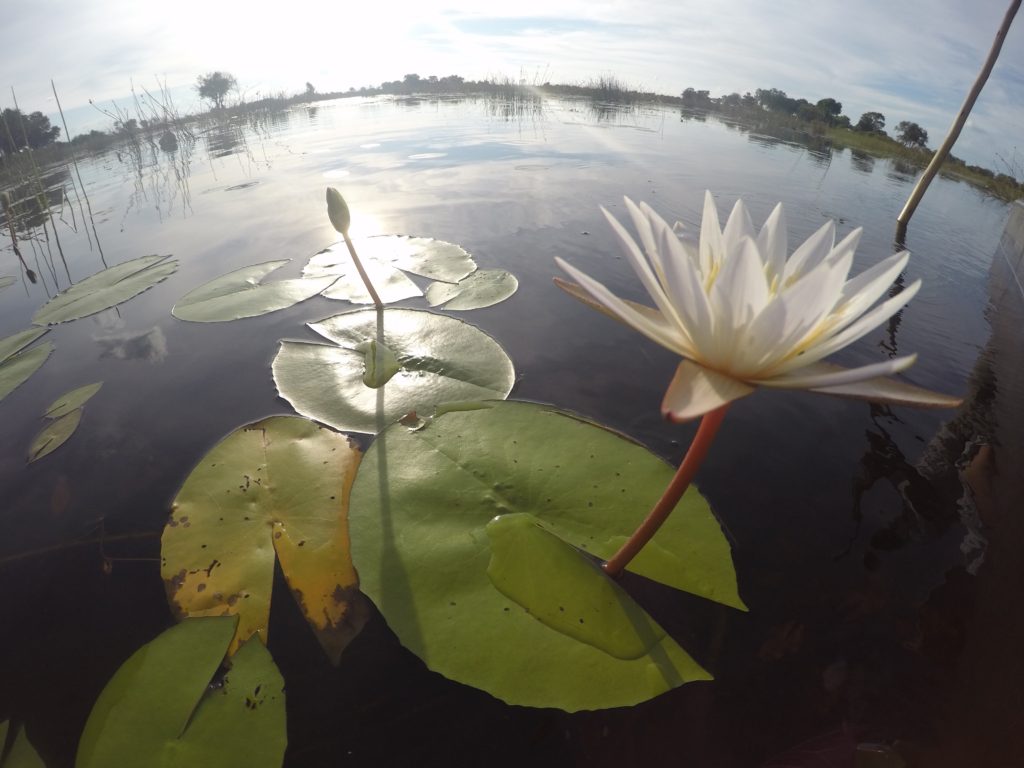
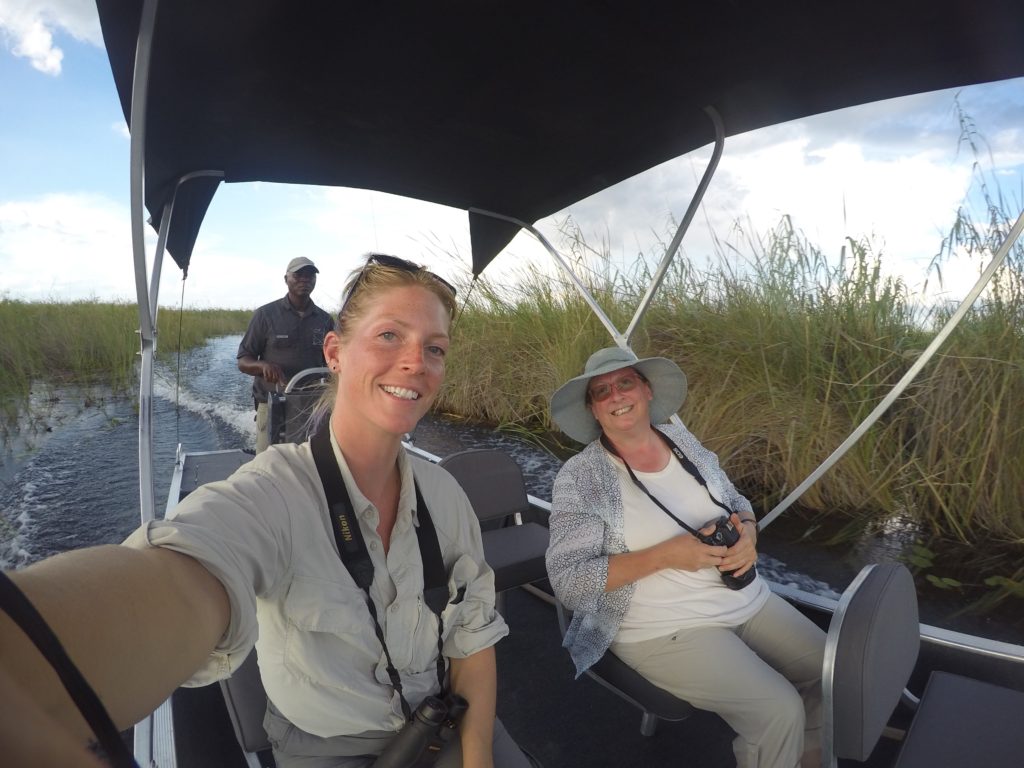
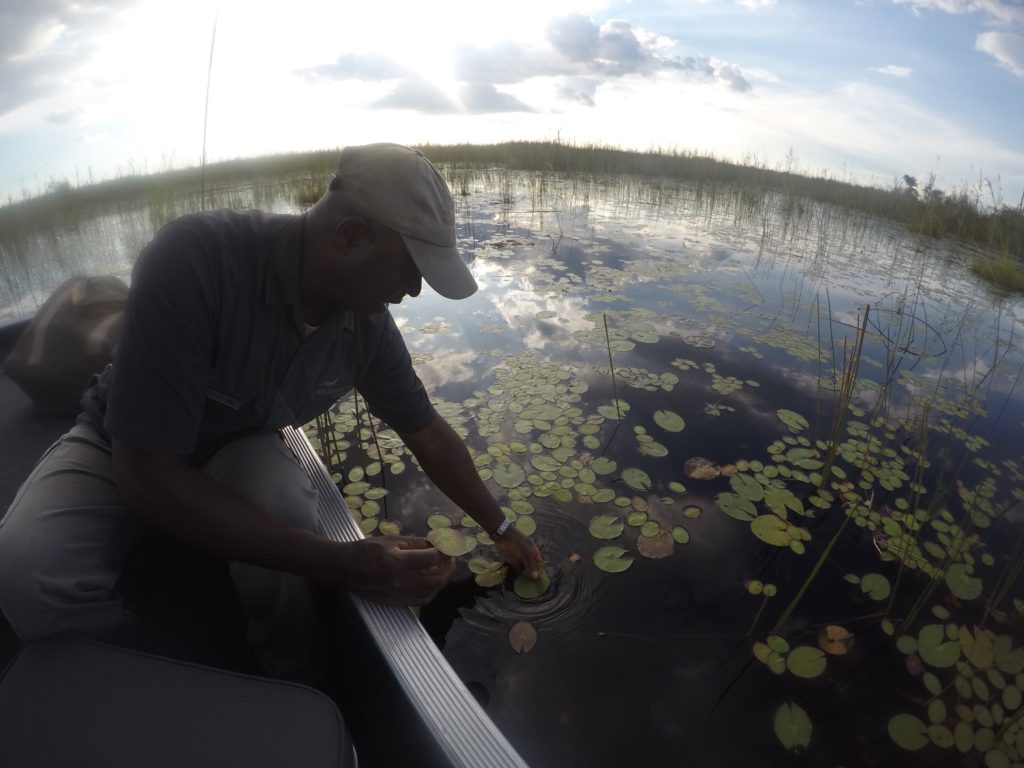
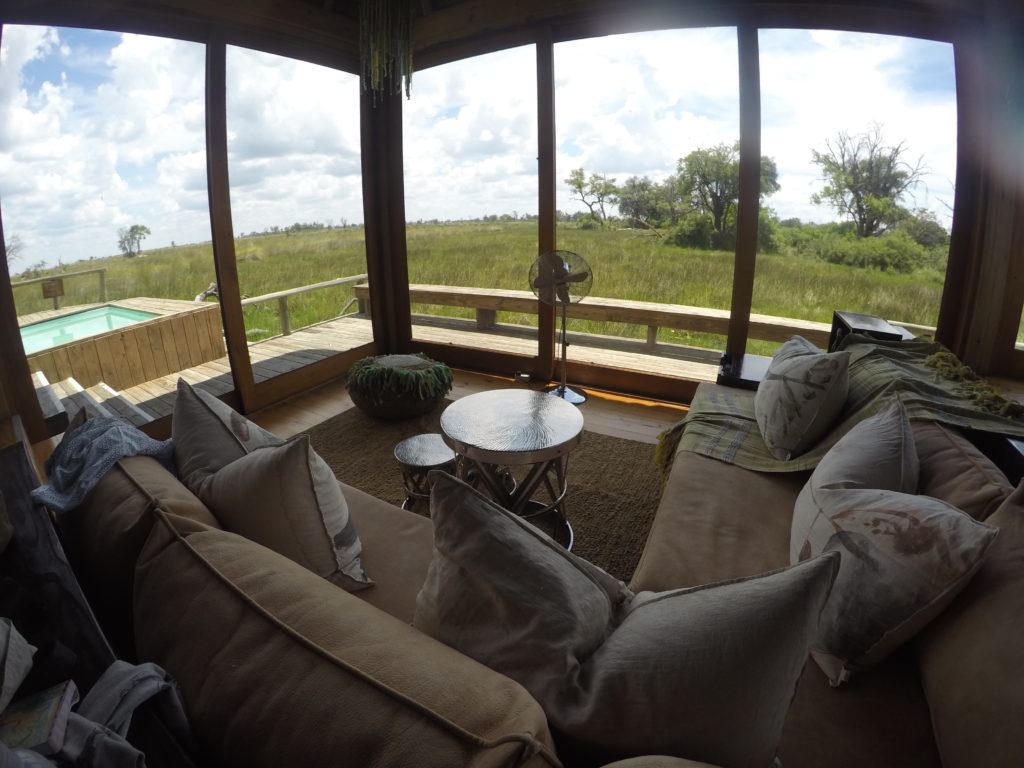
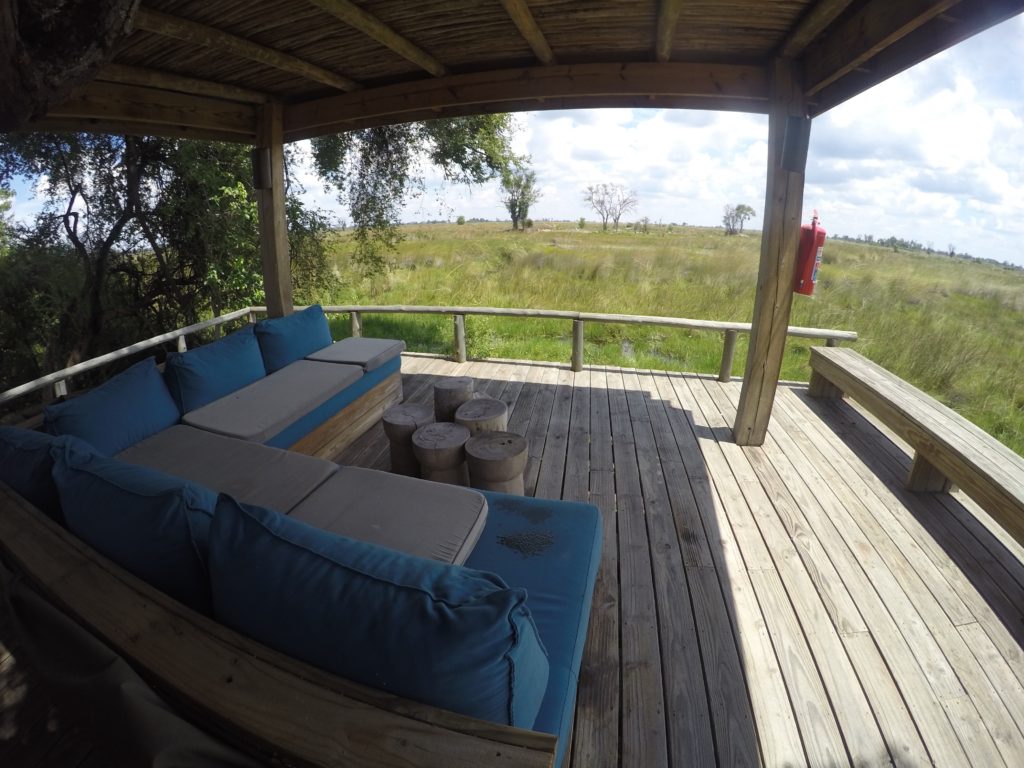
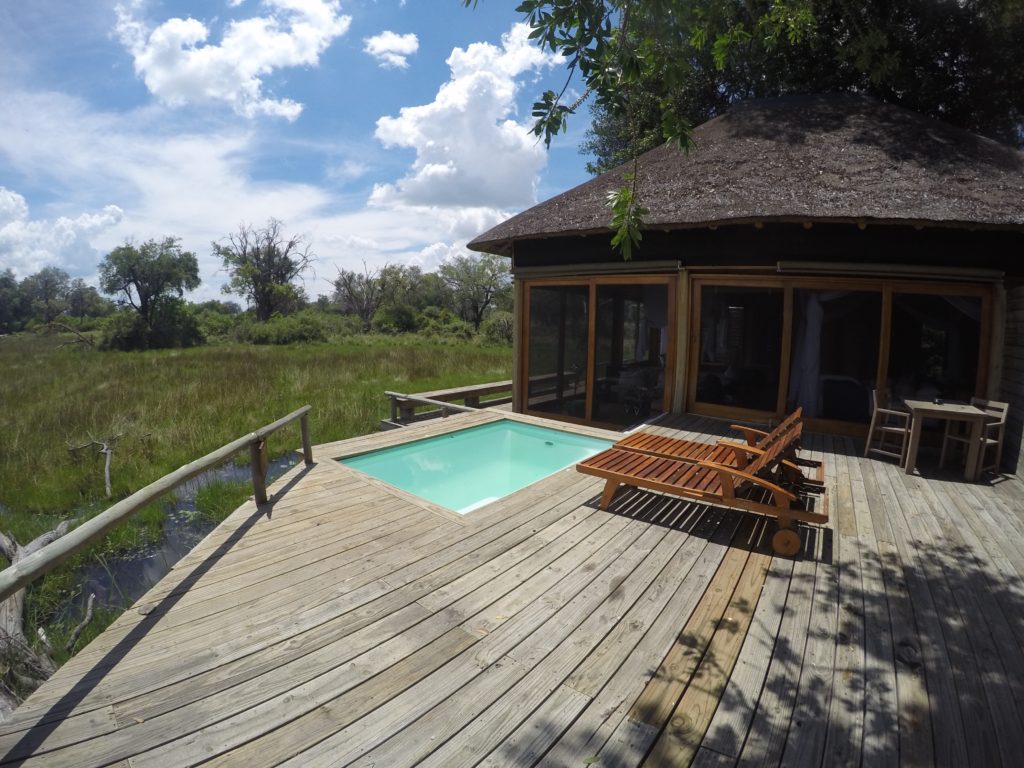
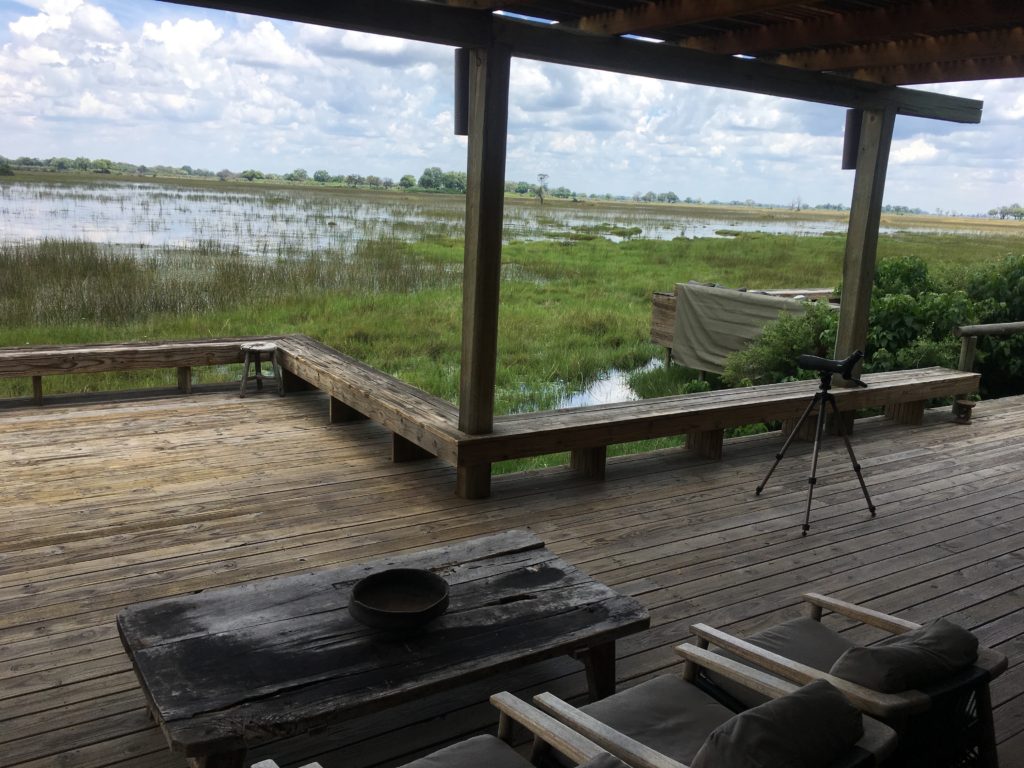
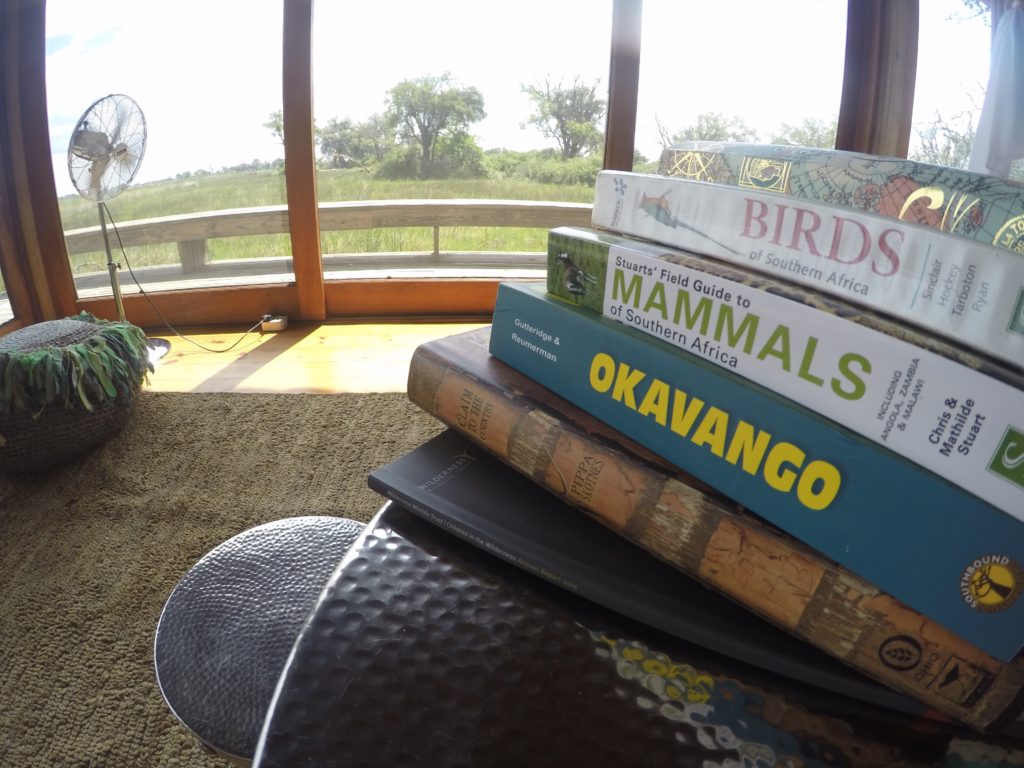
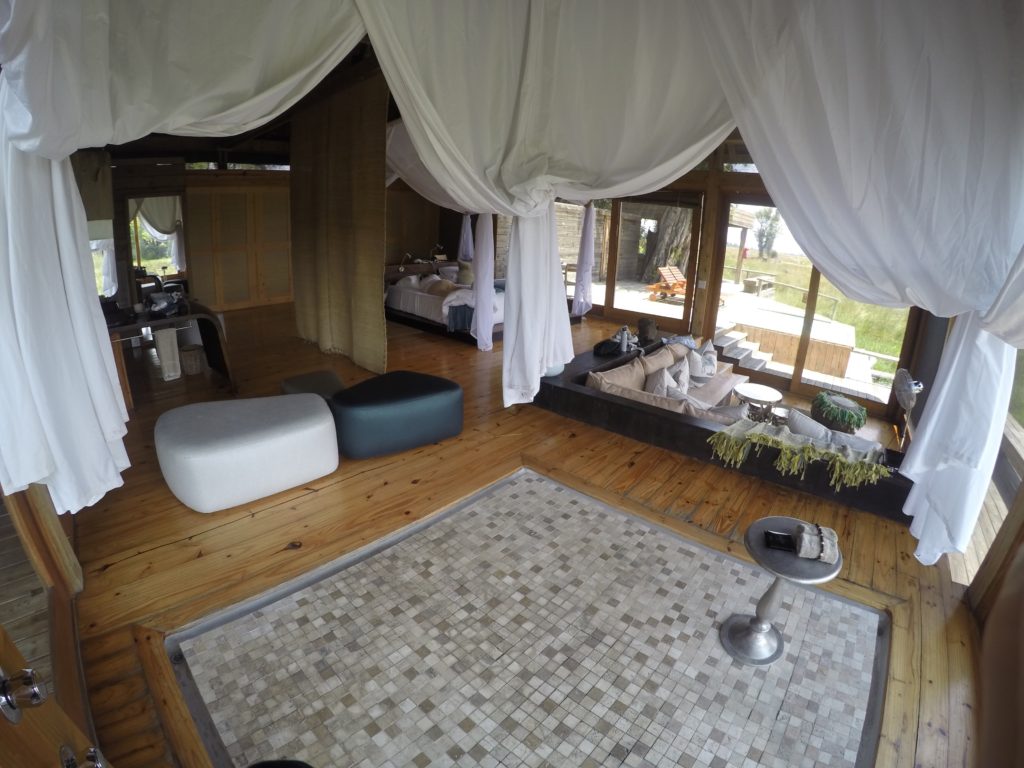
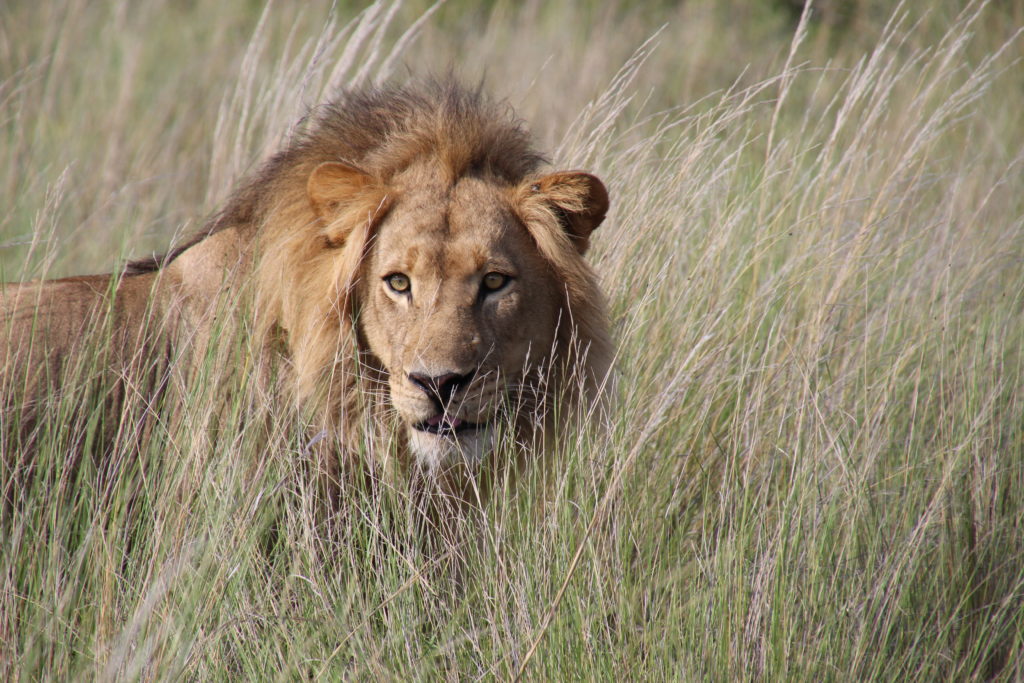
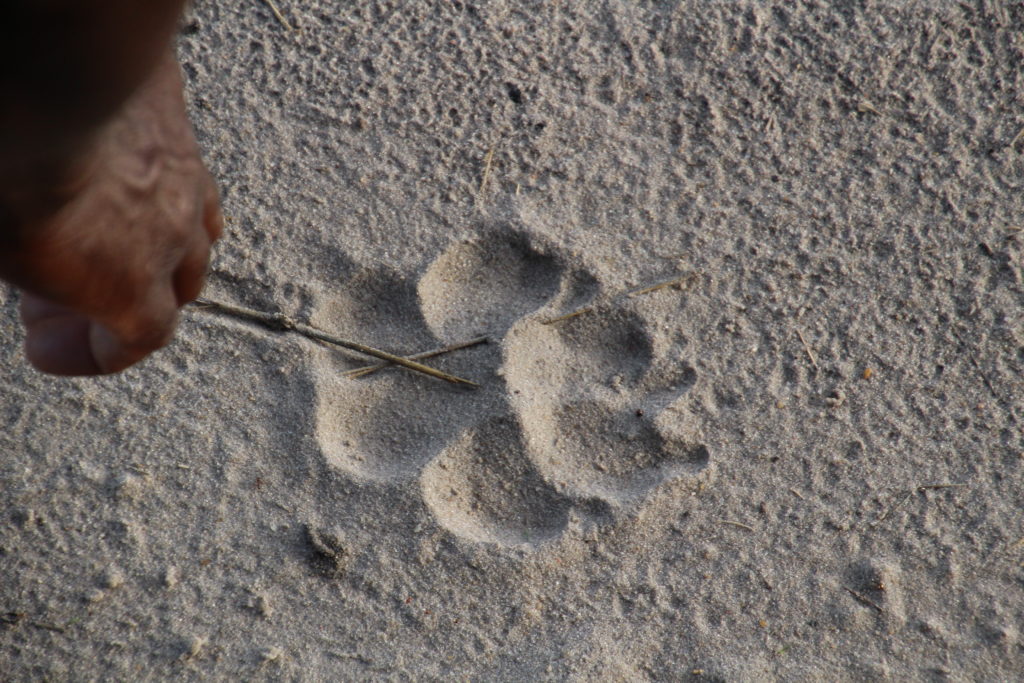
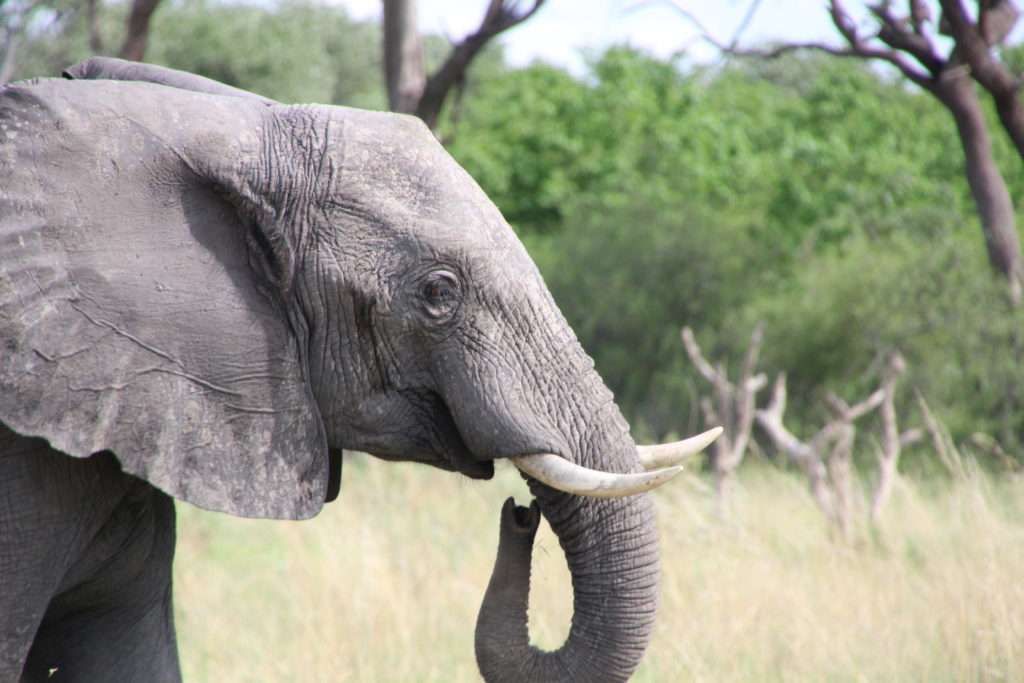
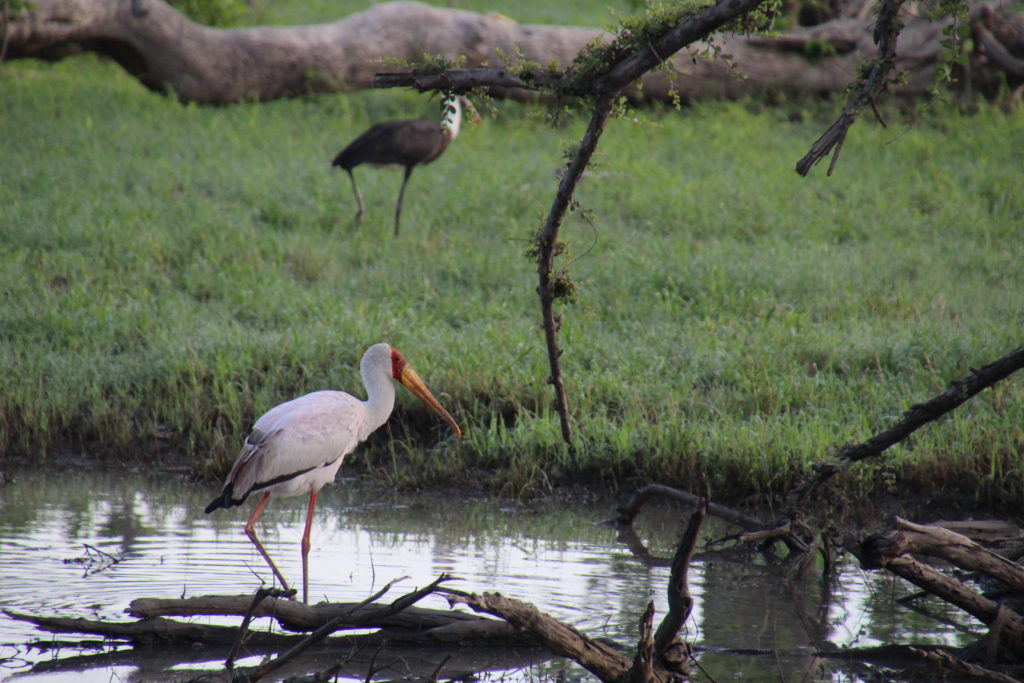
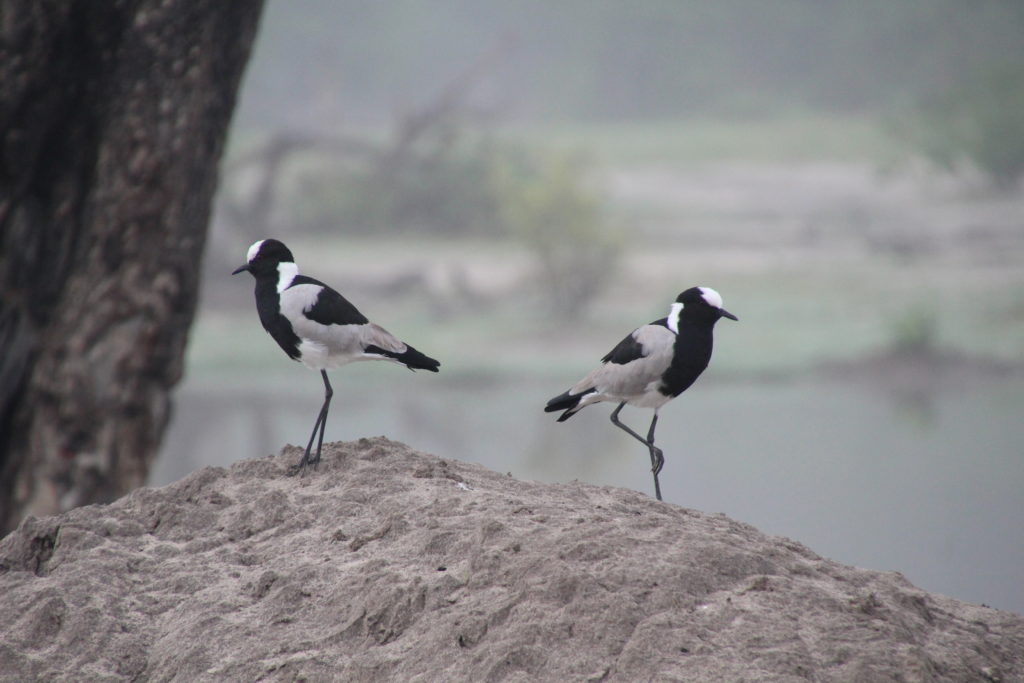
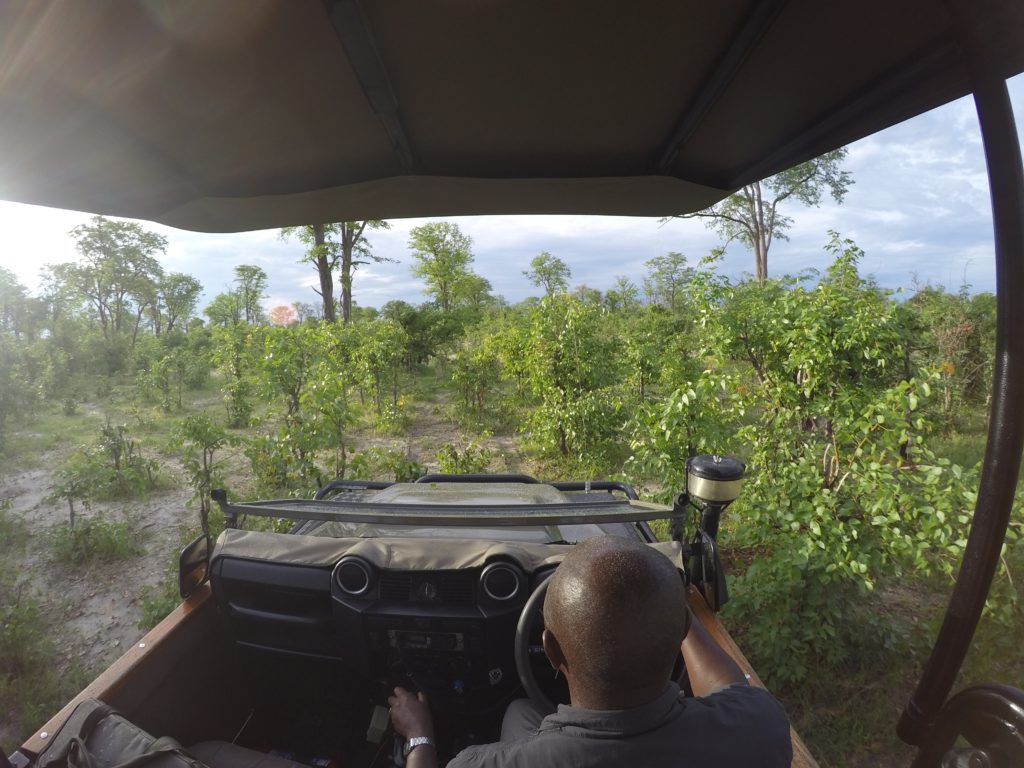
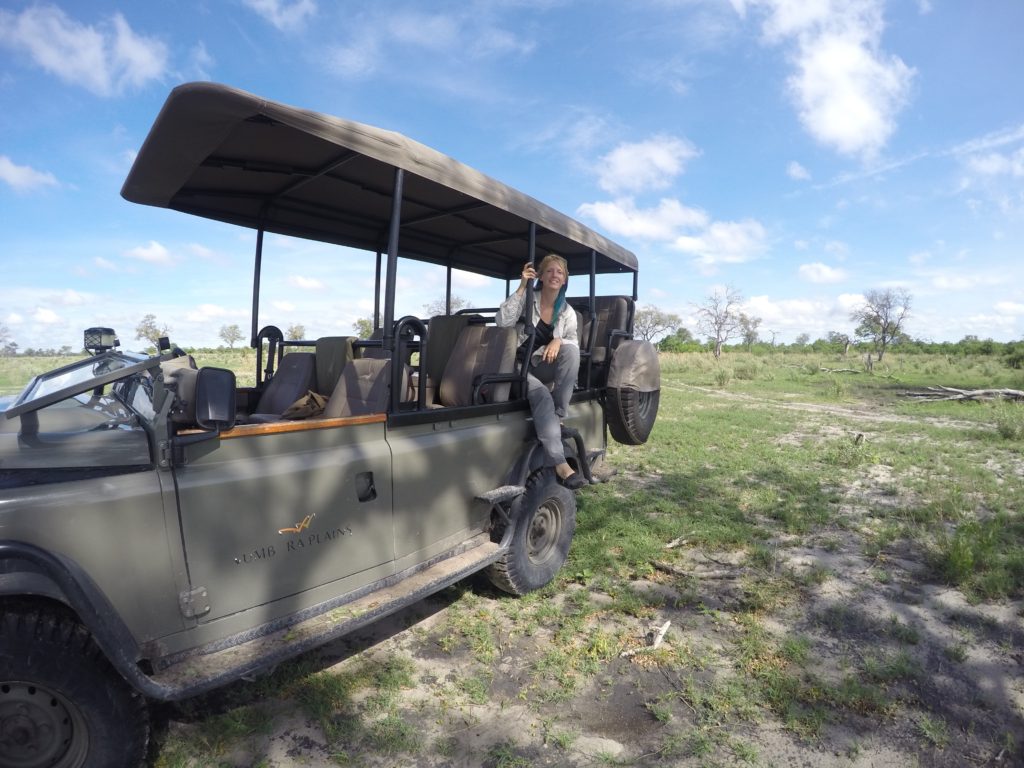
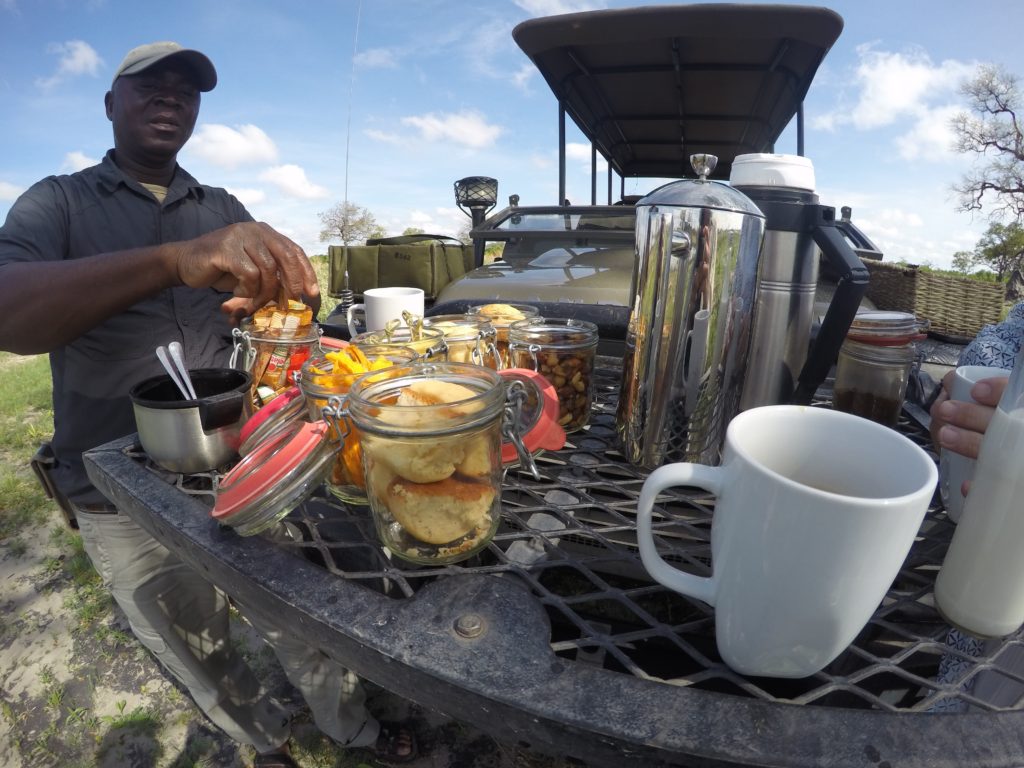
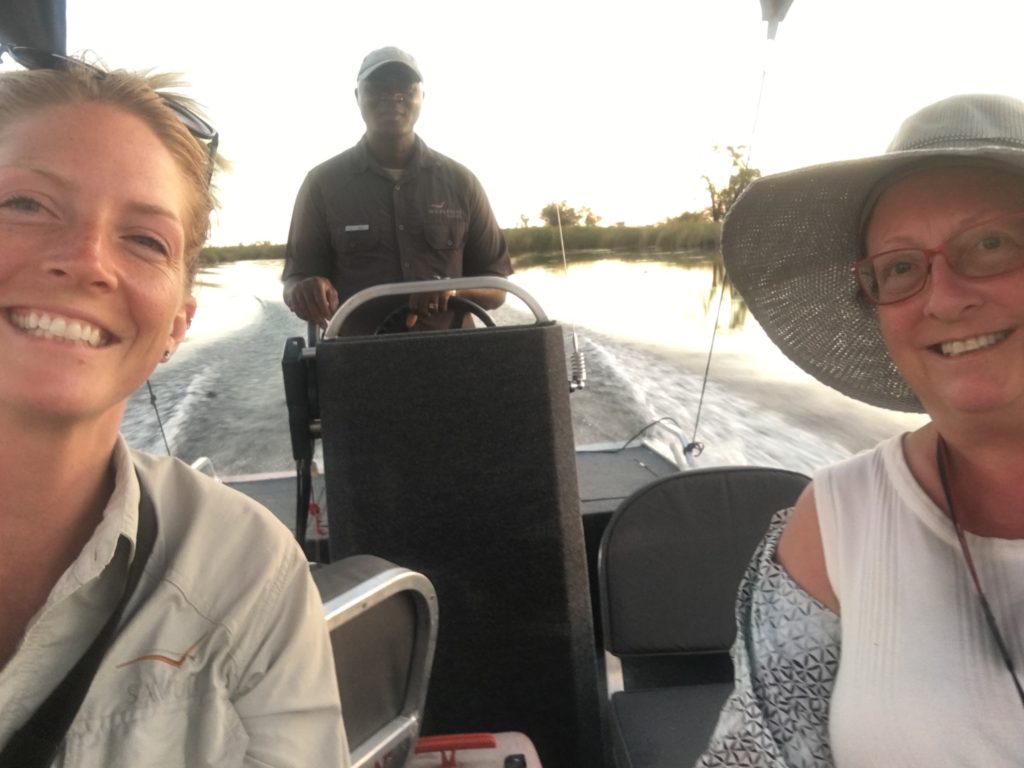




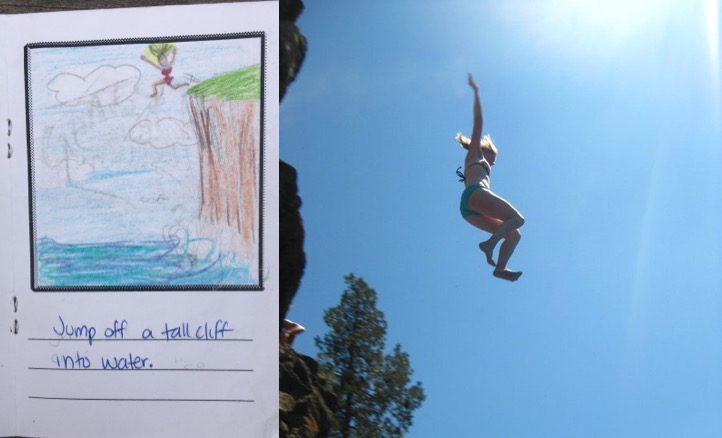
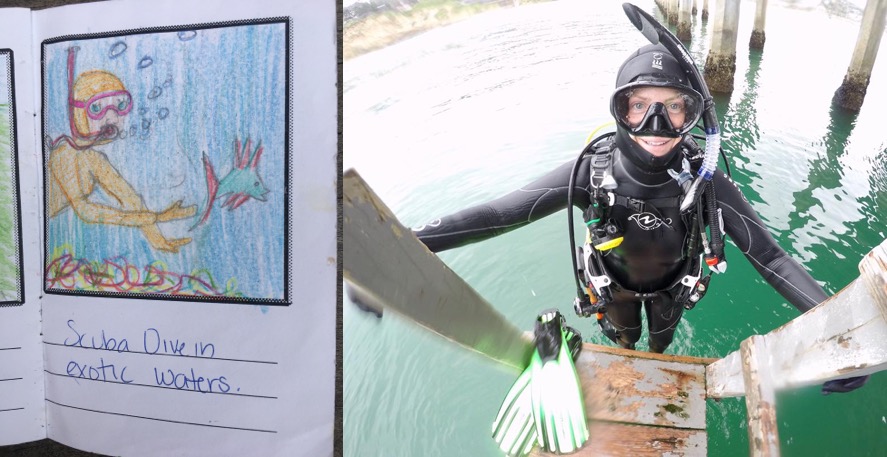
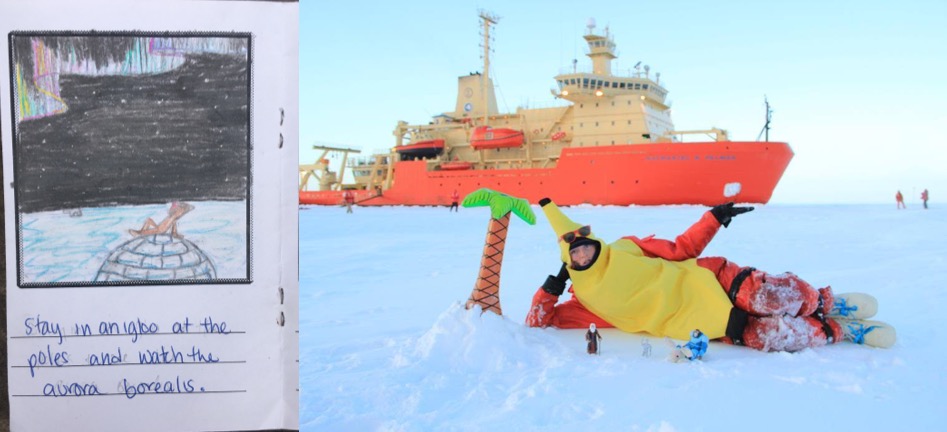
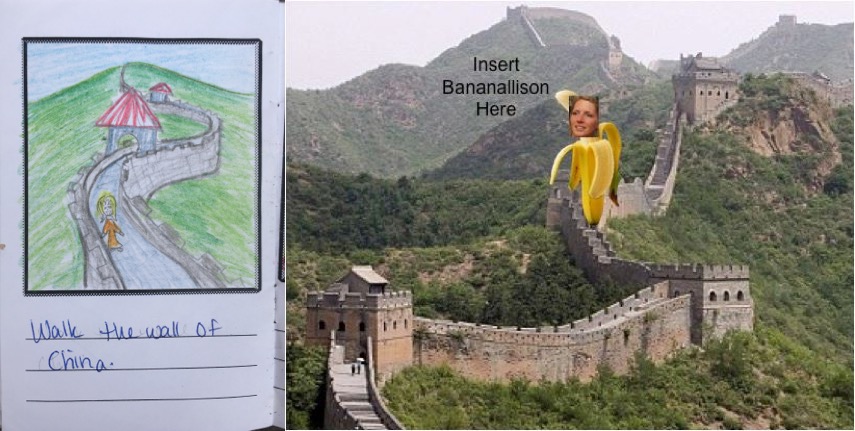
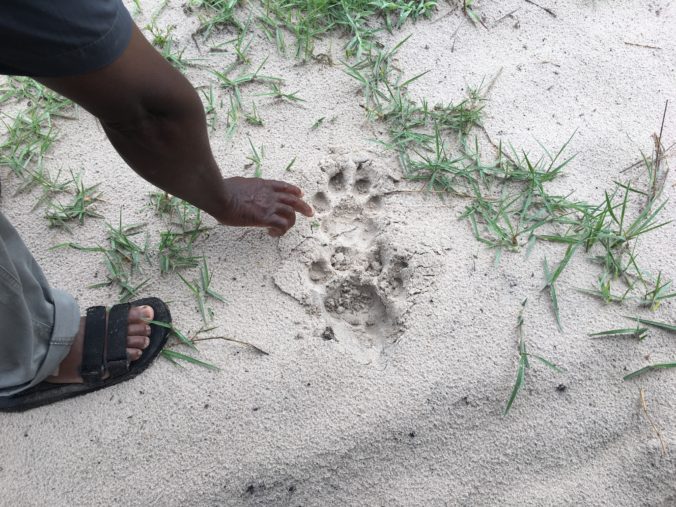
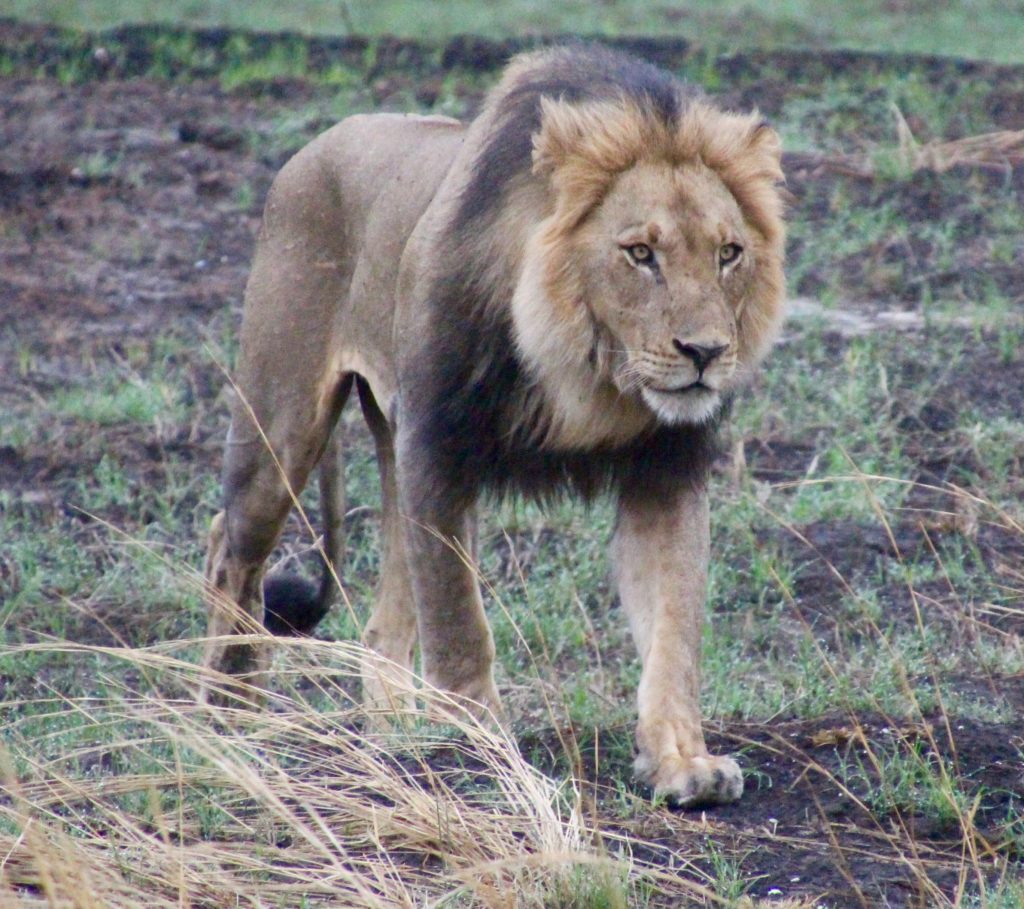
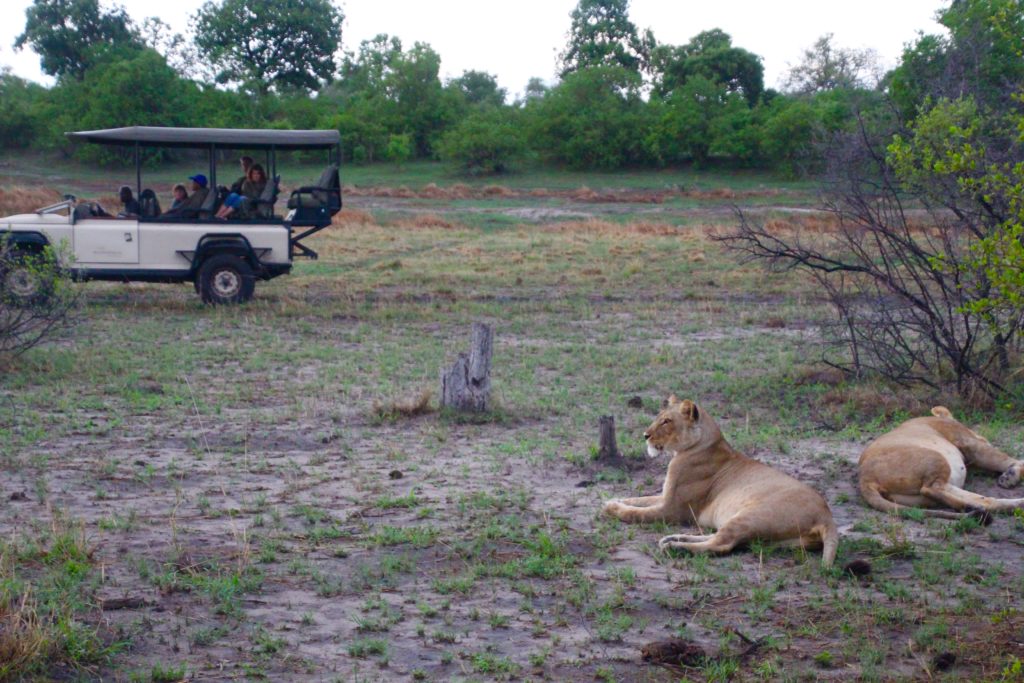
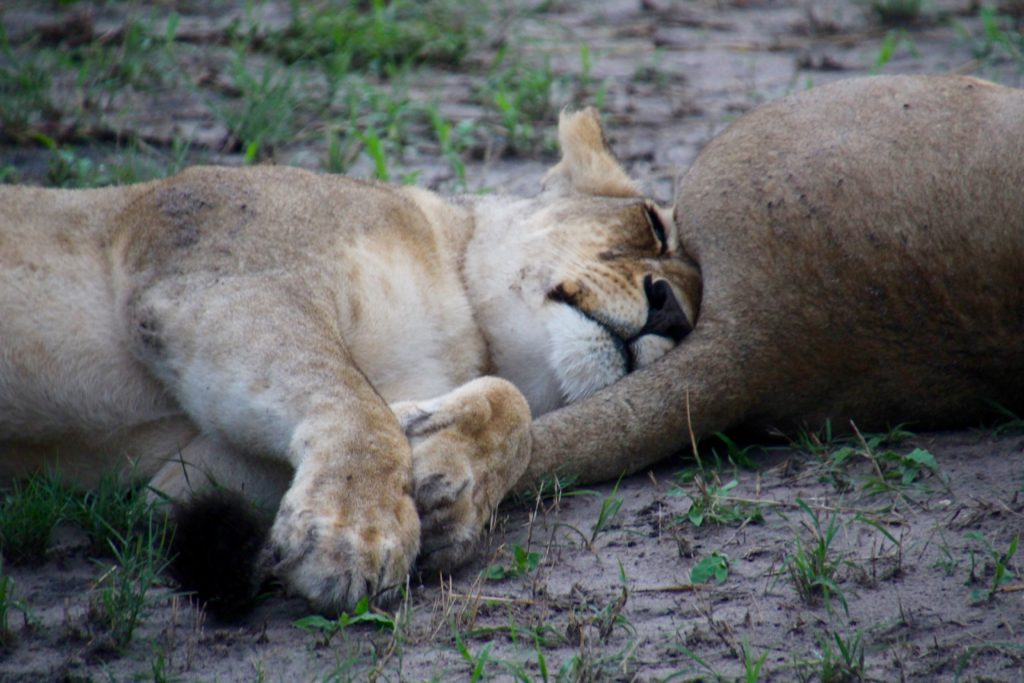
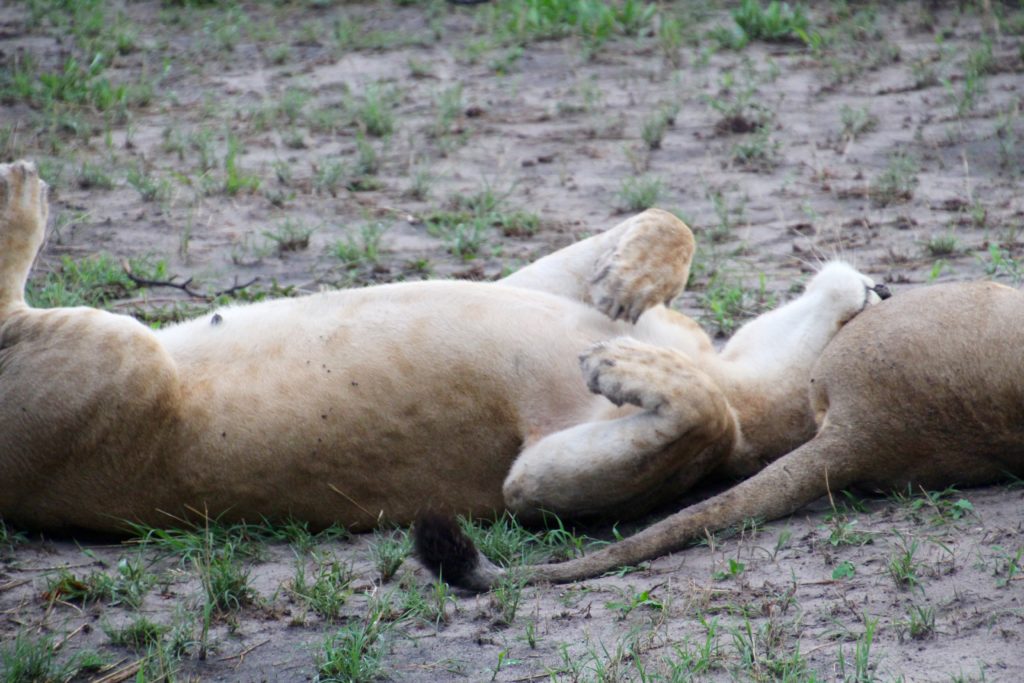
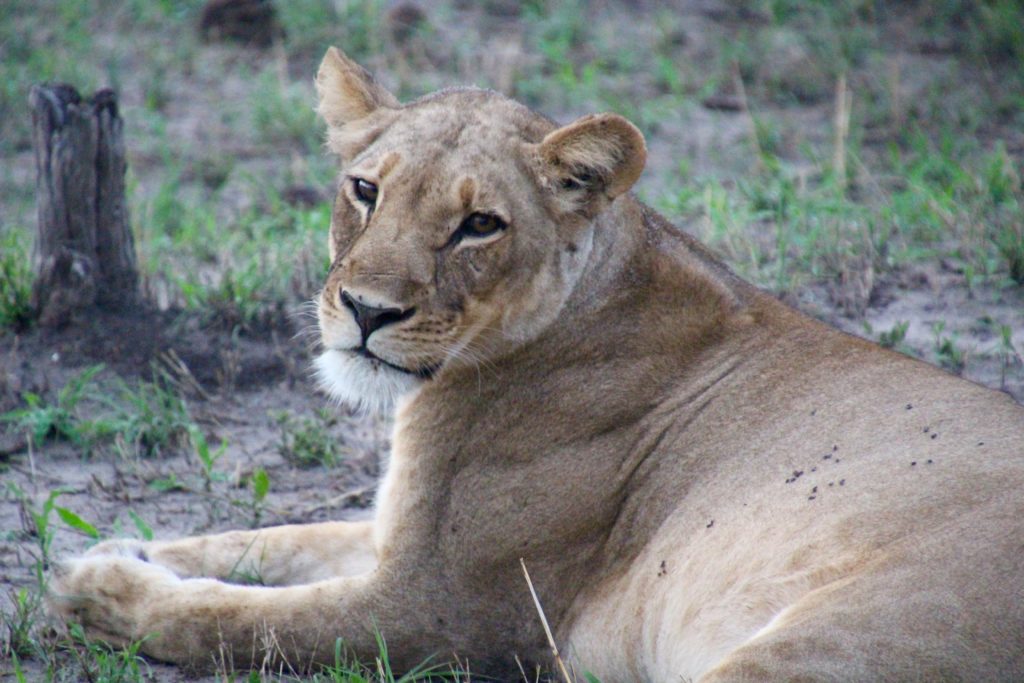
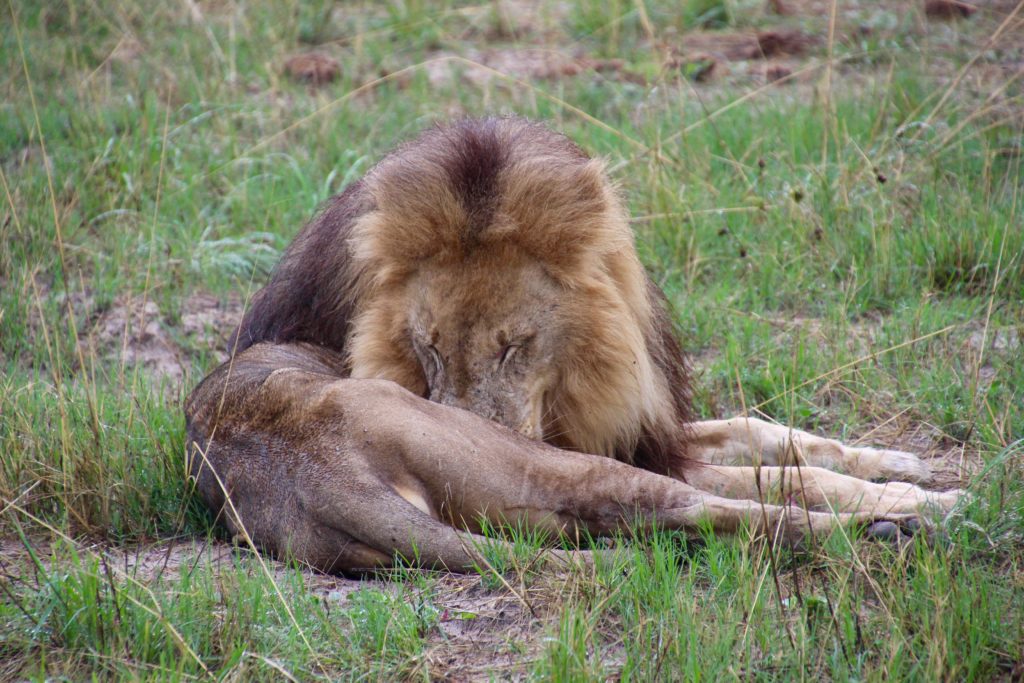 Alone and unguarded, Brother lion ended up getting into some trouble. A band of three other brother lions roaming the area challenged him to a fight. Without the help of his brother, he was no match for the three males and unfortunately did not survive the attack.
Alone and unguarded, Brother lion ended up getting into some trouble. A band of three other brother lions roaming the area challenged him to a fight. Without the help of his brother, he was no match for the three males and unfortunately did not survive the attack.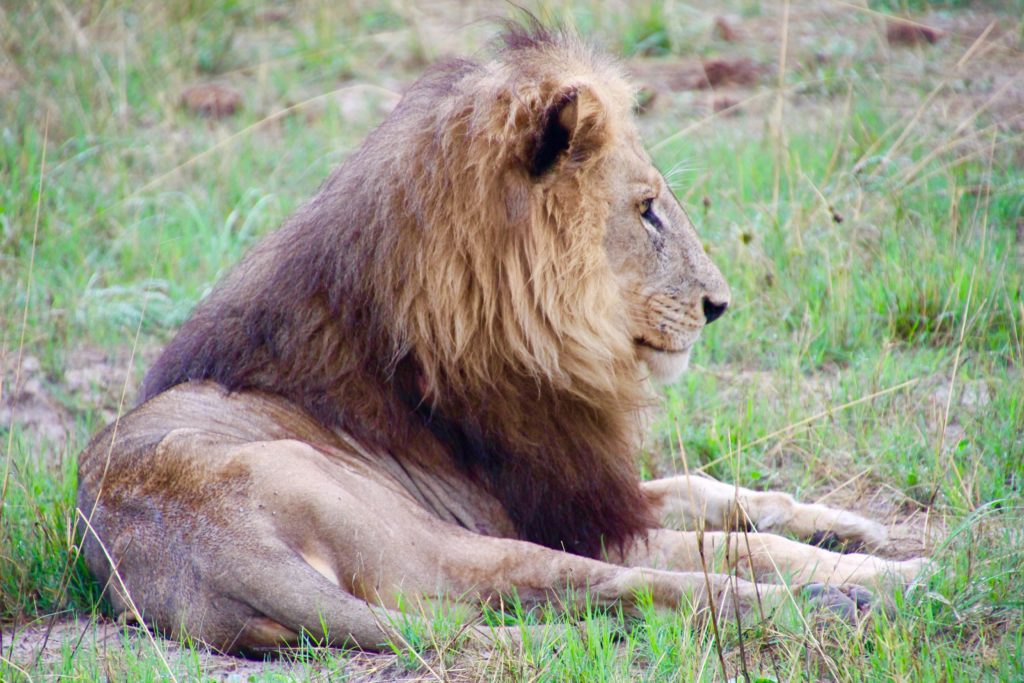 Each time we saw him, he barely moved. In the heat of the sun, you’d suspect he had died. Every now and then, though, he would stir, roll around, and clean himself off.
Each time we saw him, he barely moved. In the heat of the sun, you’d suspect he had died. Every now and then, though, he would stir, roll around, and clean himself off. 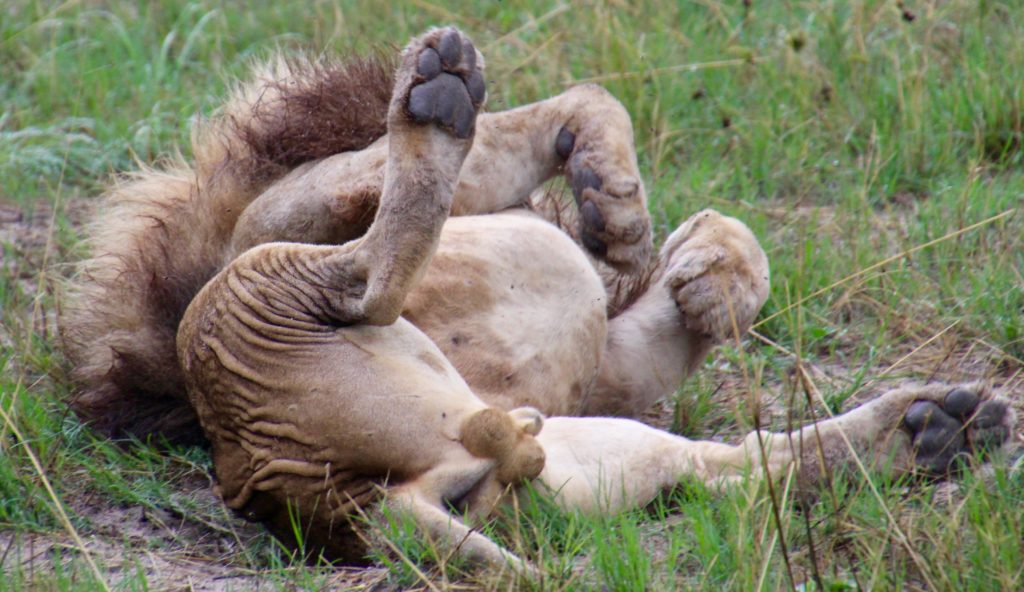
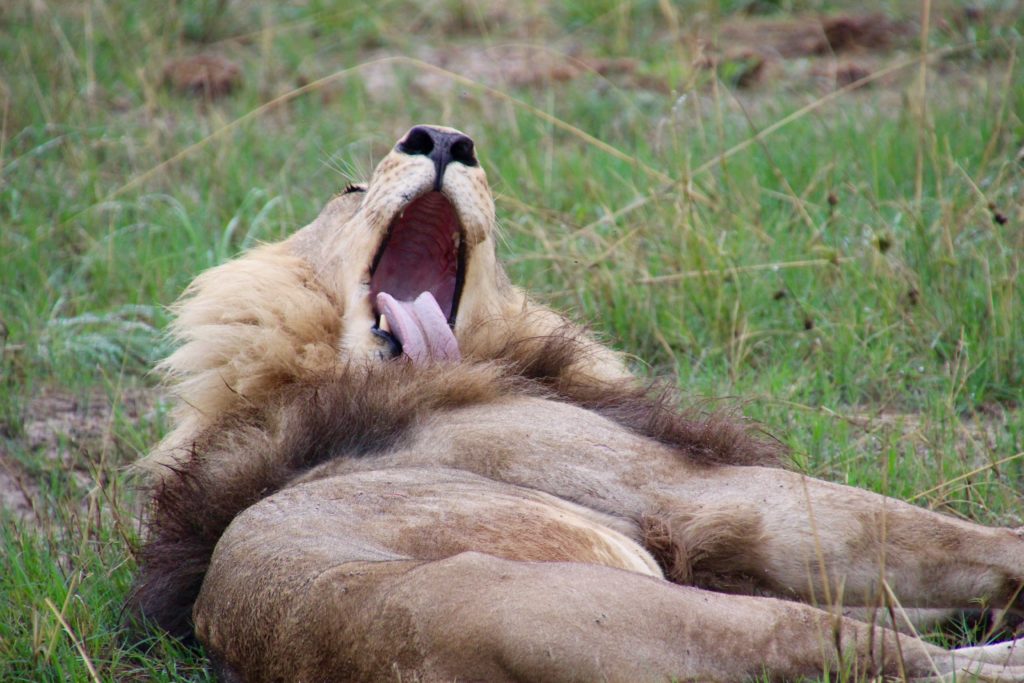 Then one evening, just before dusk, we saw Mr. Skinny in a rather peppy mood. We weren’t sure what was going on at first, but then we saw. Ms. Lion had returned. At first, she seemed rather annoyed he had started to follow her. She ran ahead, and he continued to slowly trot behind.
Then one evening, just before dusk, we saw Mr. Skinny in a rather peppy mood. We weren’t sure what was going on at first, but then we saw. Ms. Lion had returned. At first, she seemed rather annoyed he had started to follow her. She ran ahead, and he continued to slowly trot behind.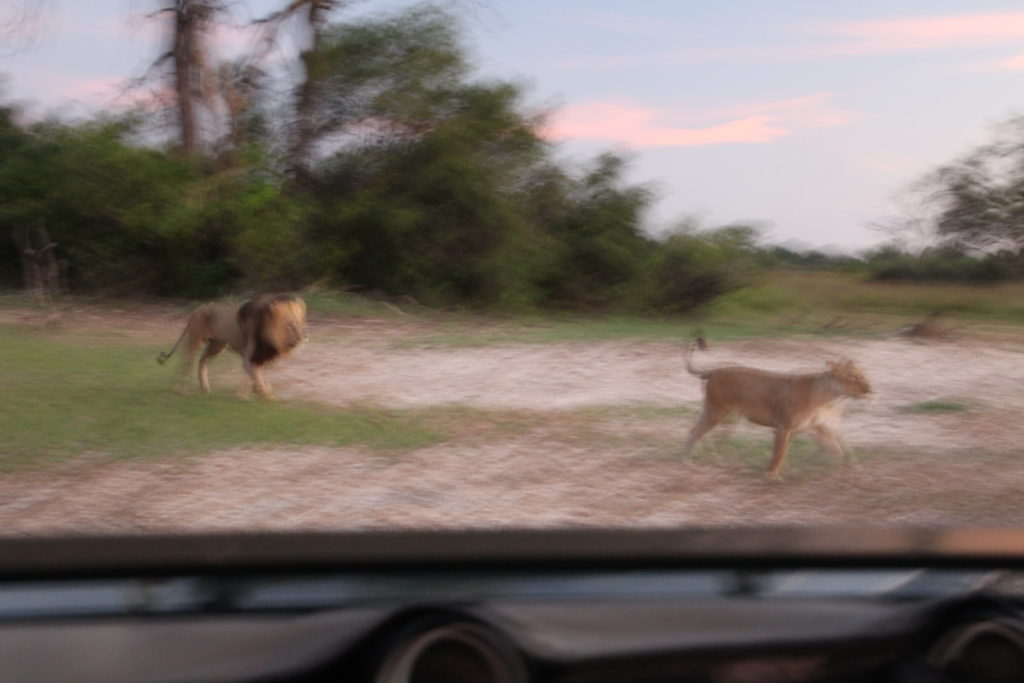 It became clear he was too weak to catch up with her. Exhaustion took over, and he lay down to catch a break. Surely Ms. Lion would be on her way?
It became clear he was too weak to catch up with her. Exhaustion took over, and he lay down to catch a break. Surely Ms. Lion would be on her way?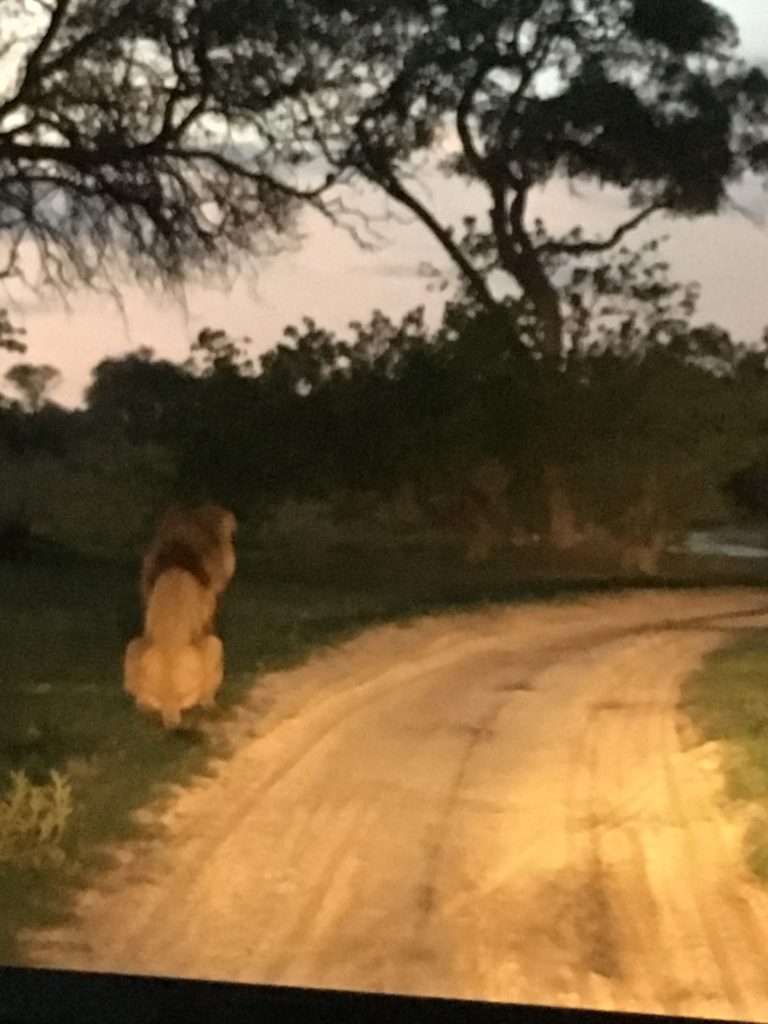
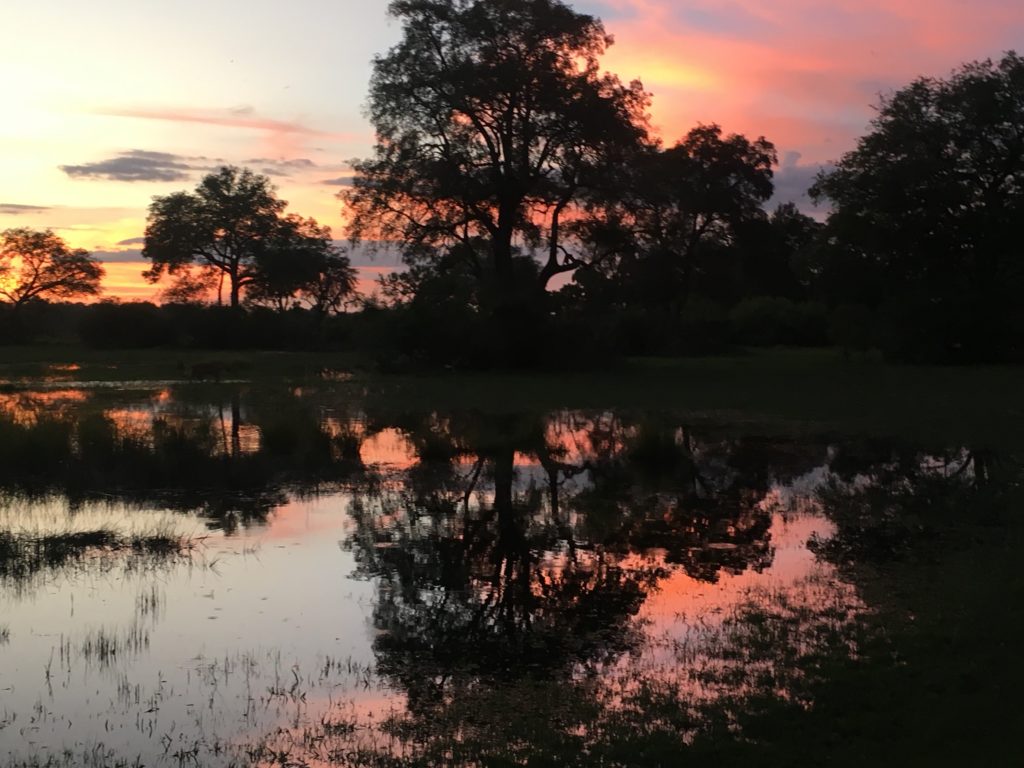 The guides were optimistic that Mr. Skinny could recover. Although, with the band of three brothers still roaming around and a flirtatious female visiting them all, his chances would be slim unless he stayed well hidden from the other males.
The guides were optimistic that Mr. Skinny could recover. Although, with the band of three brothers still roaming around and a flirtatious female visiting them all, his chances would be slim unless he stayed well hidden from the other males.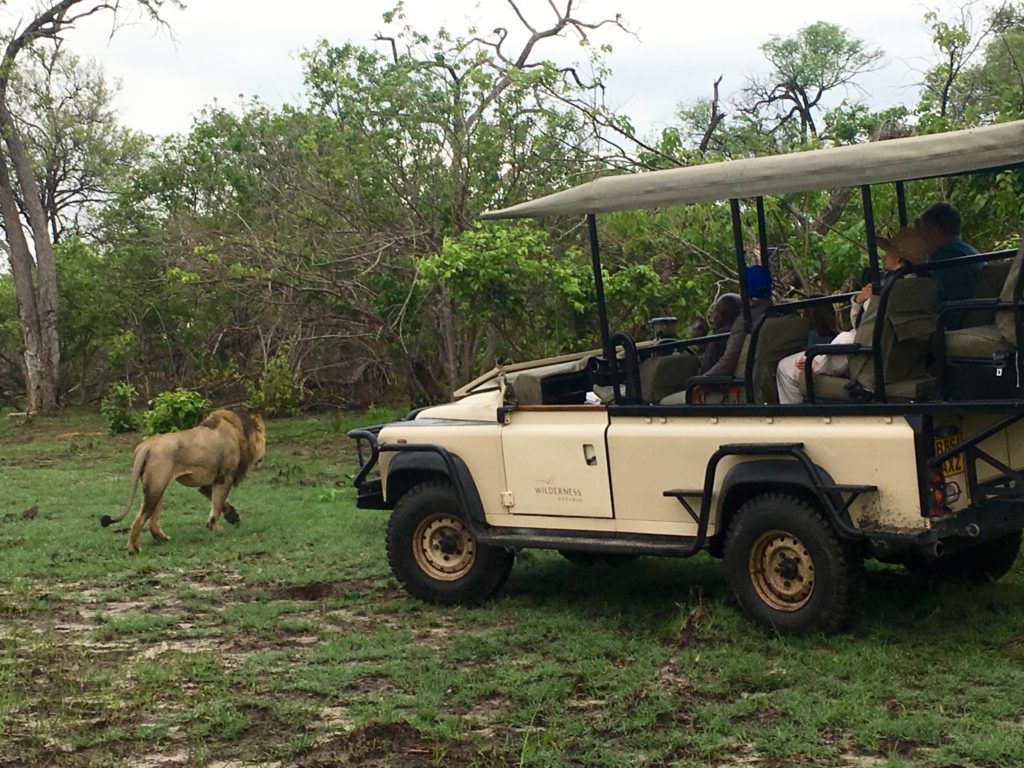
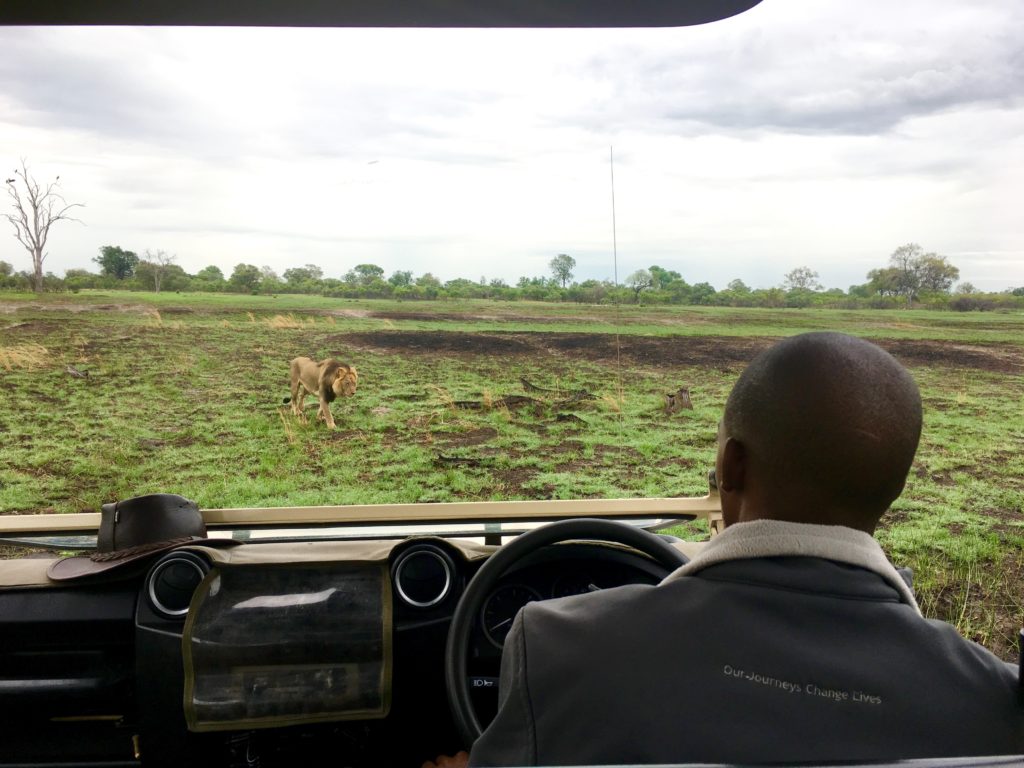 Each day our schedule was full of adventure, food, and relaxation.
Each day our schedule was full of adventure, food, and relaxation.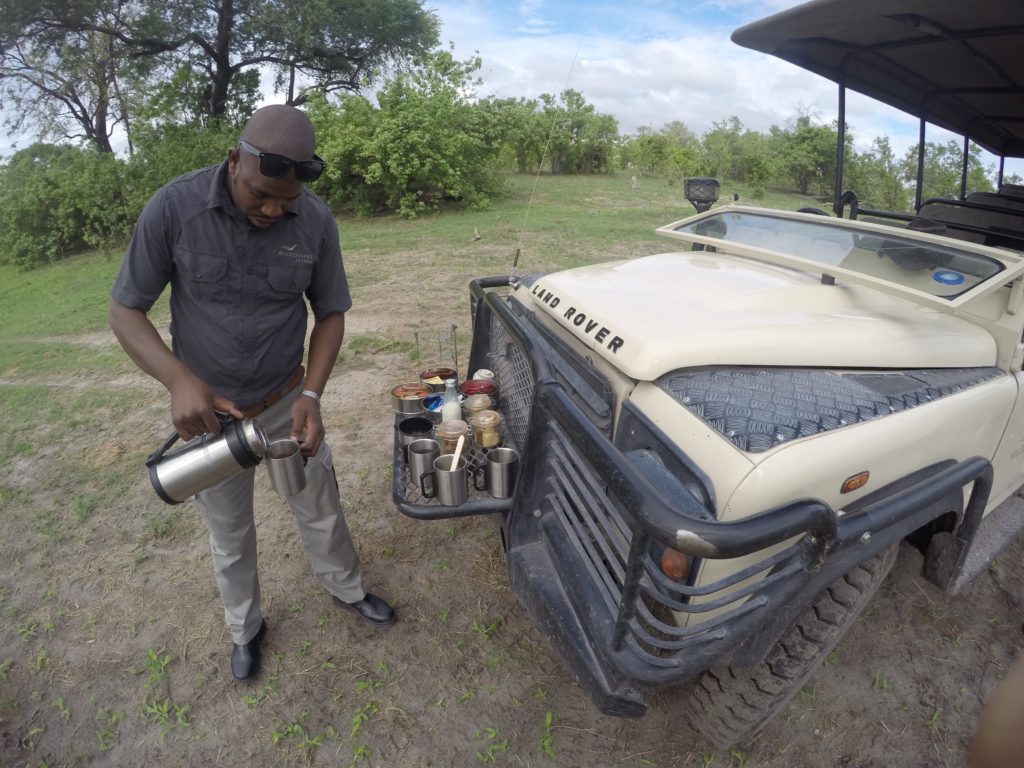
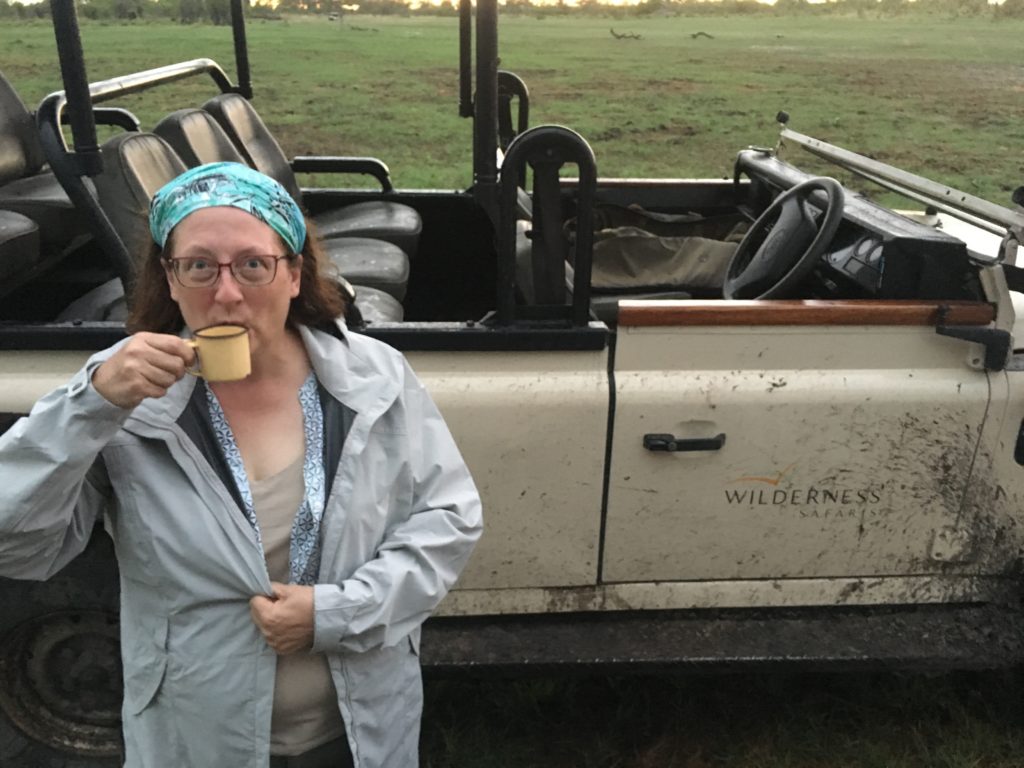
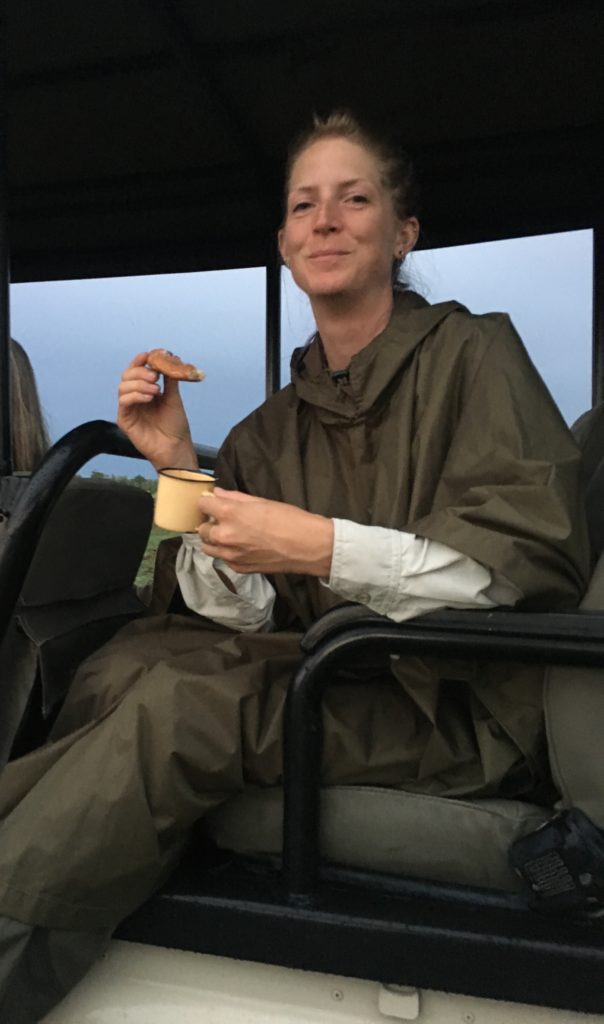
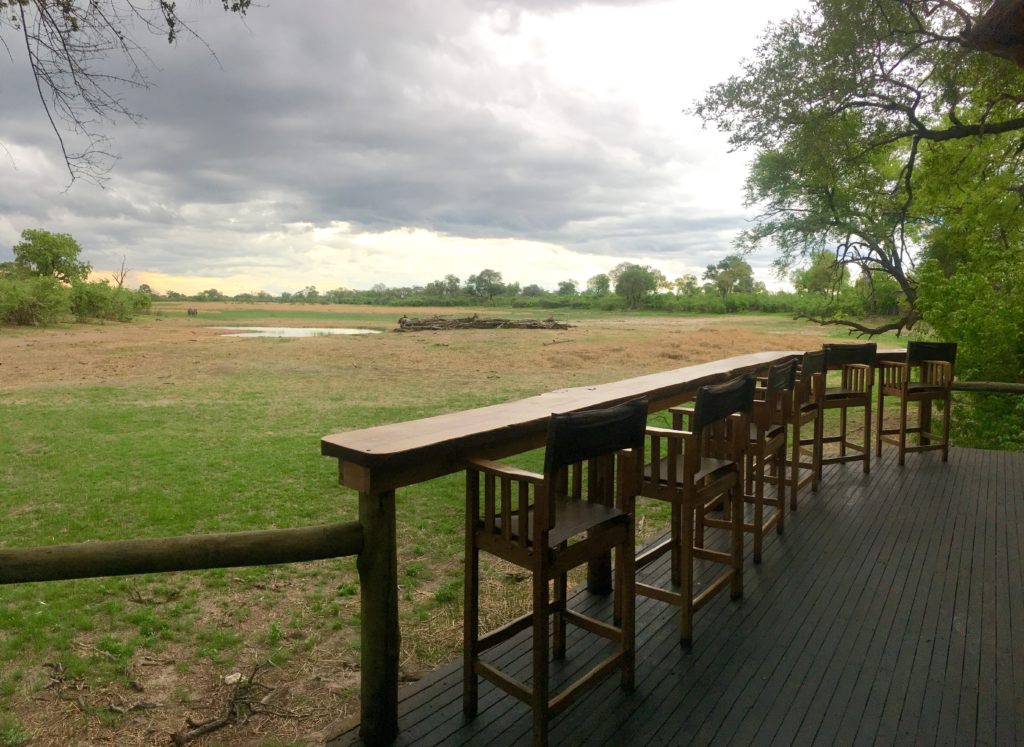
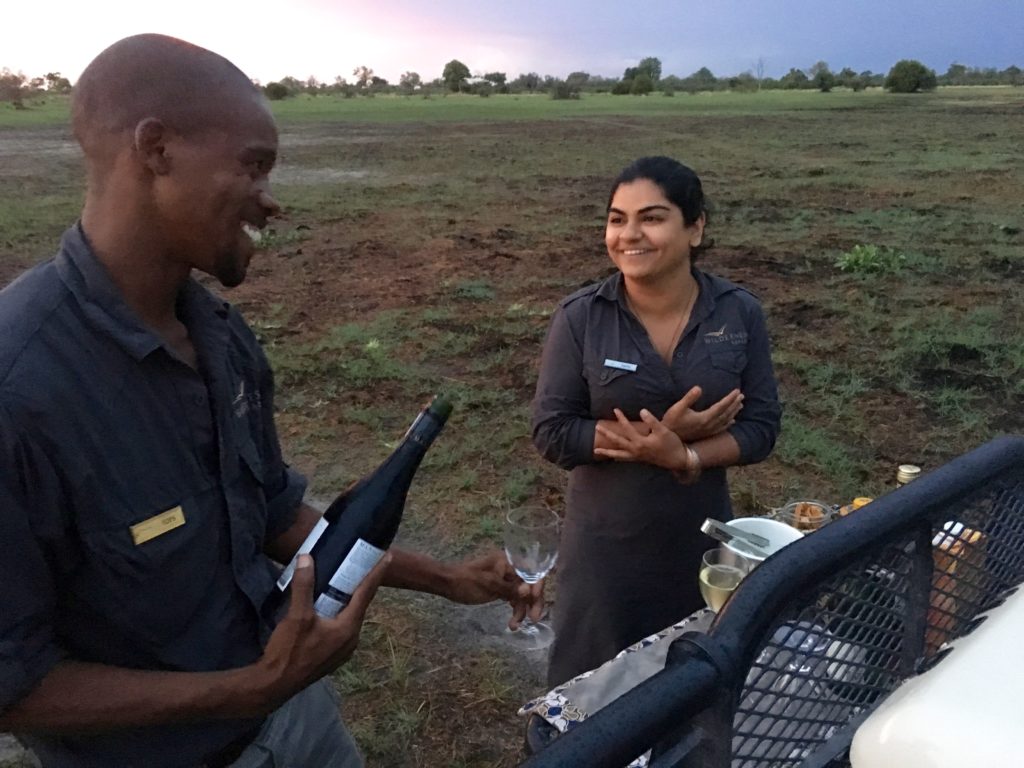
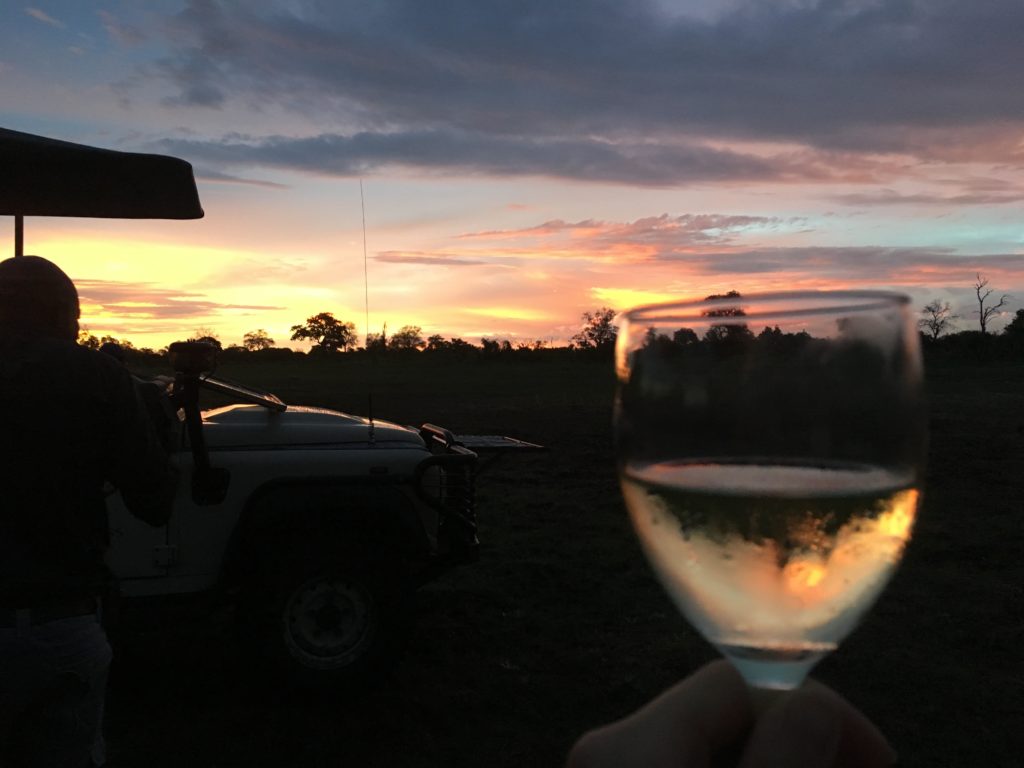
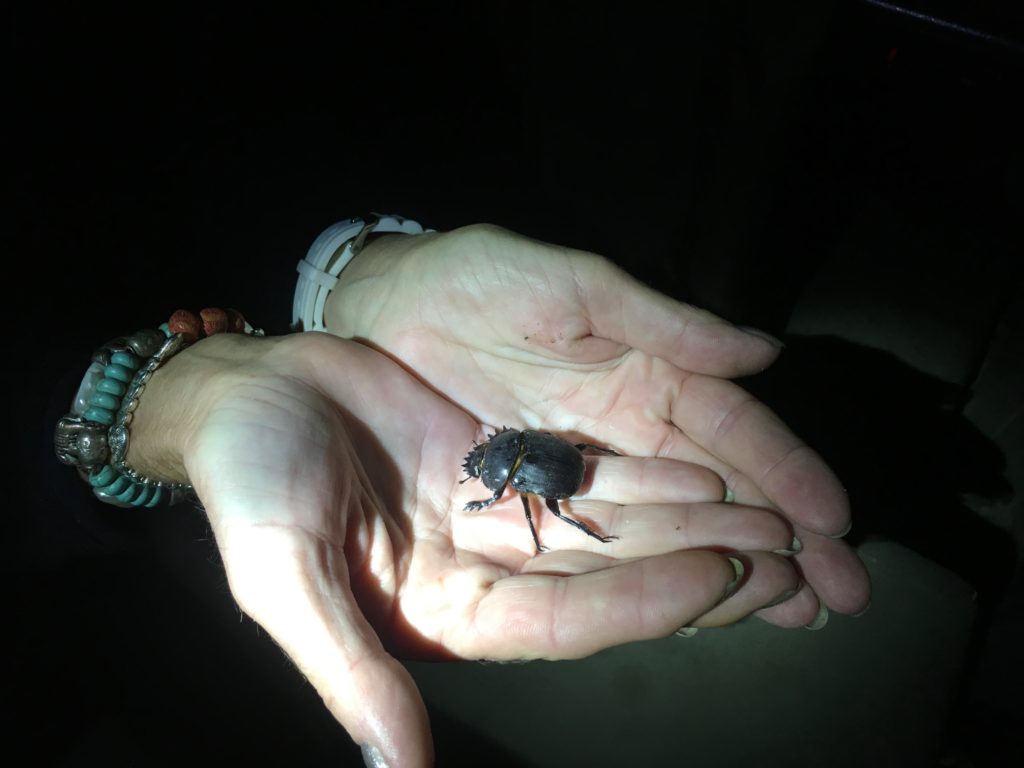
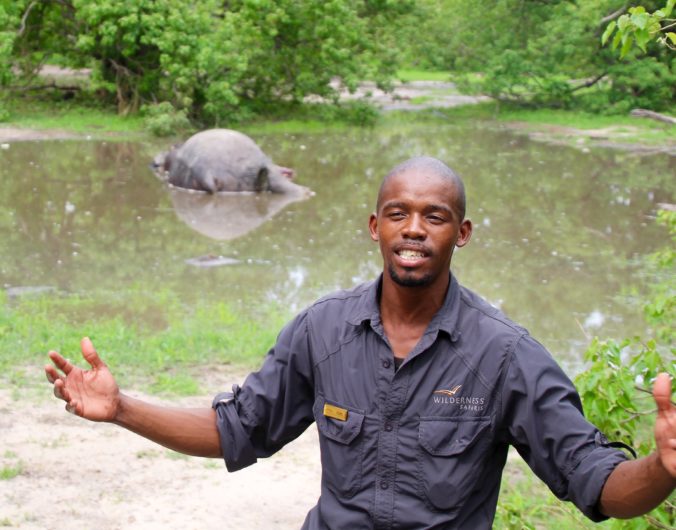
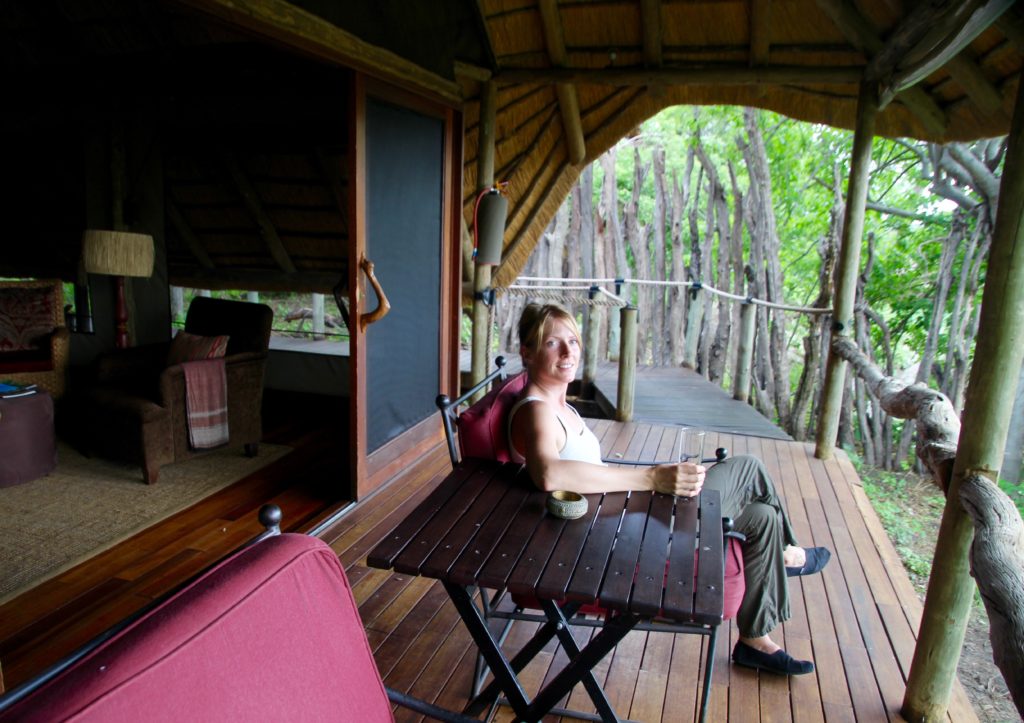
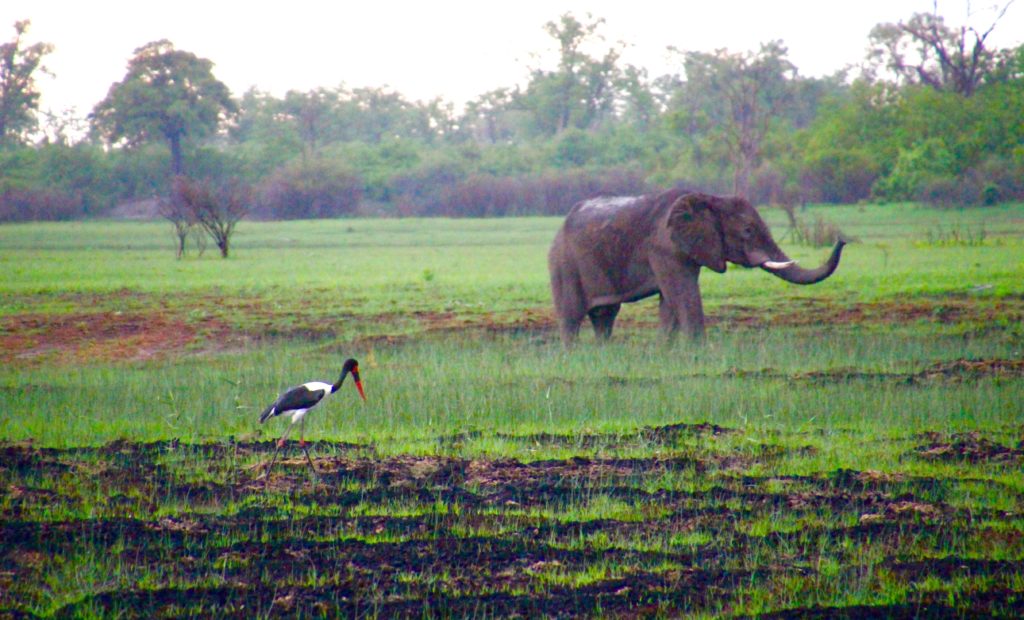
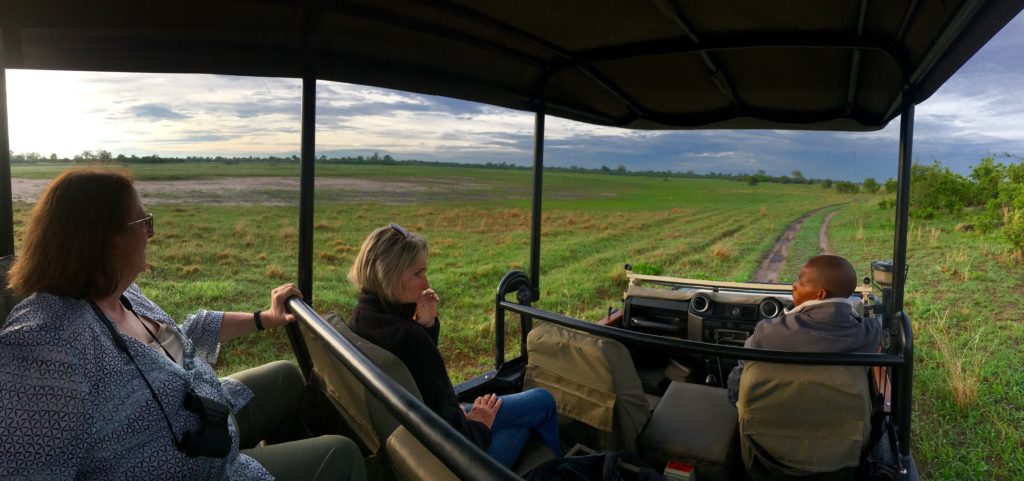
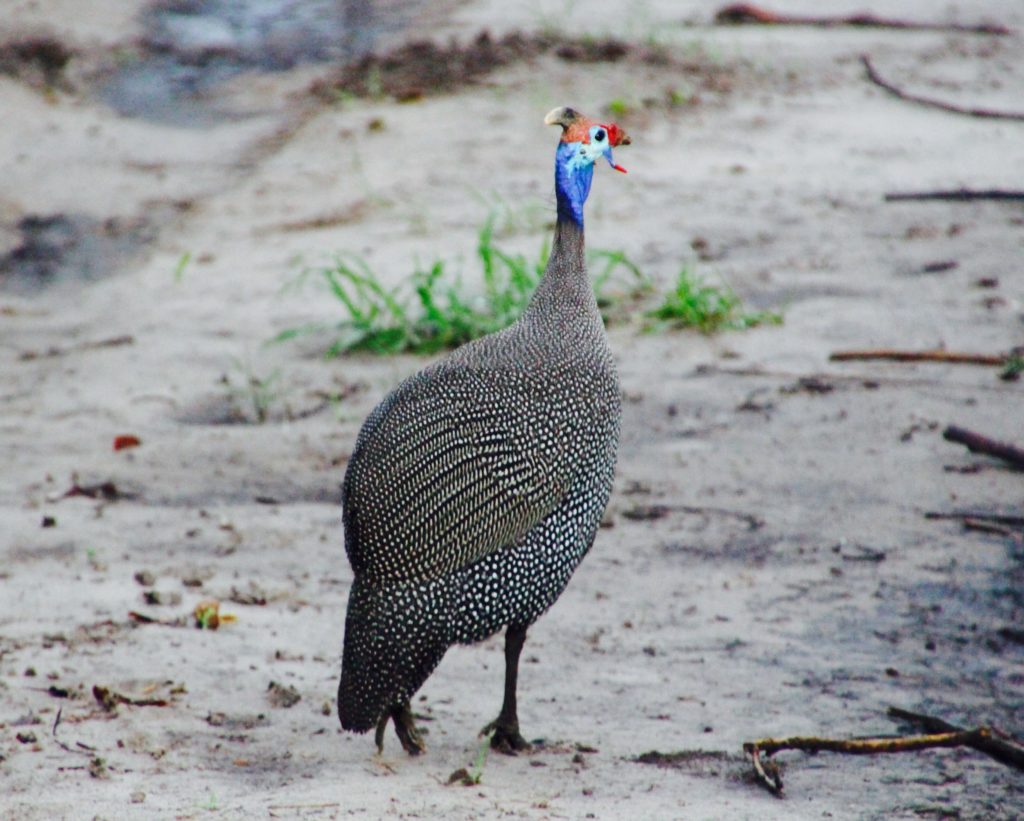
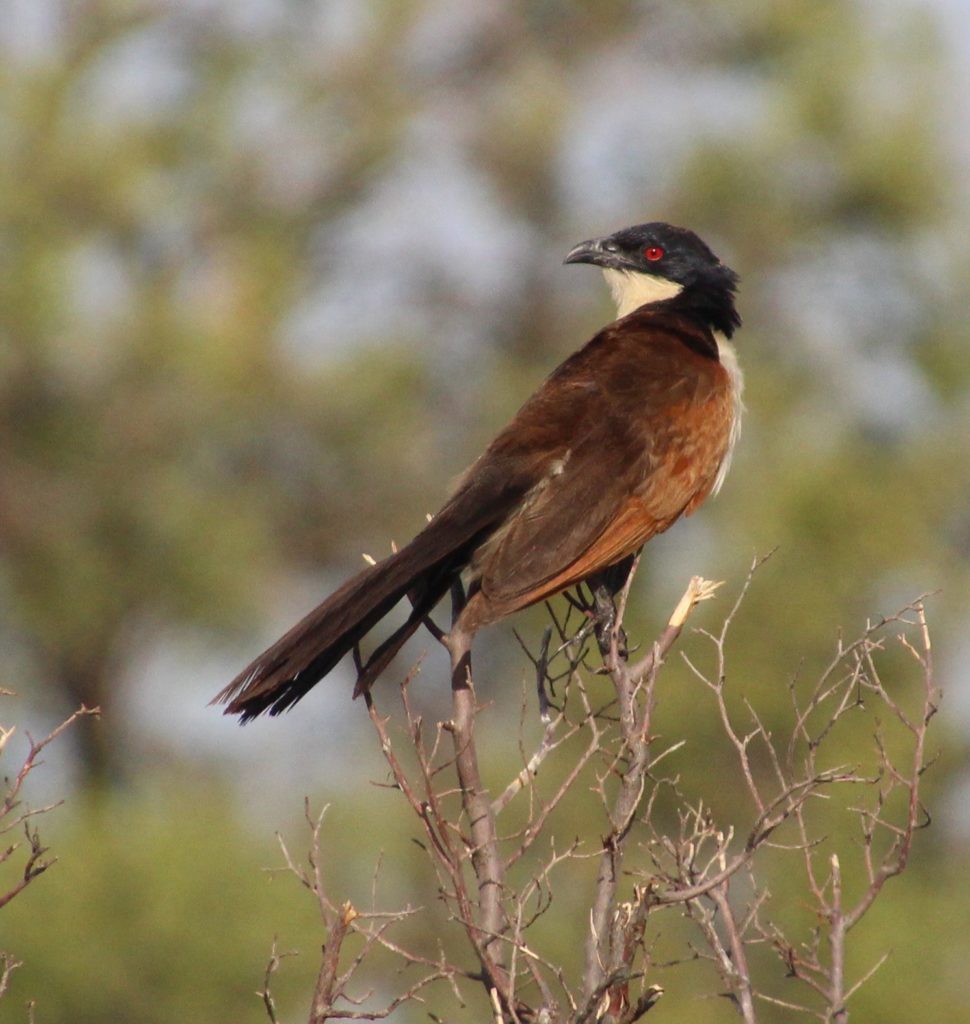
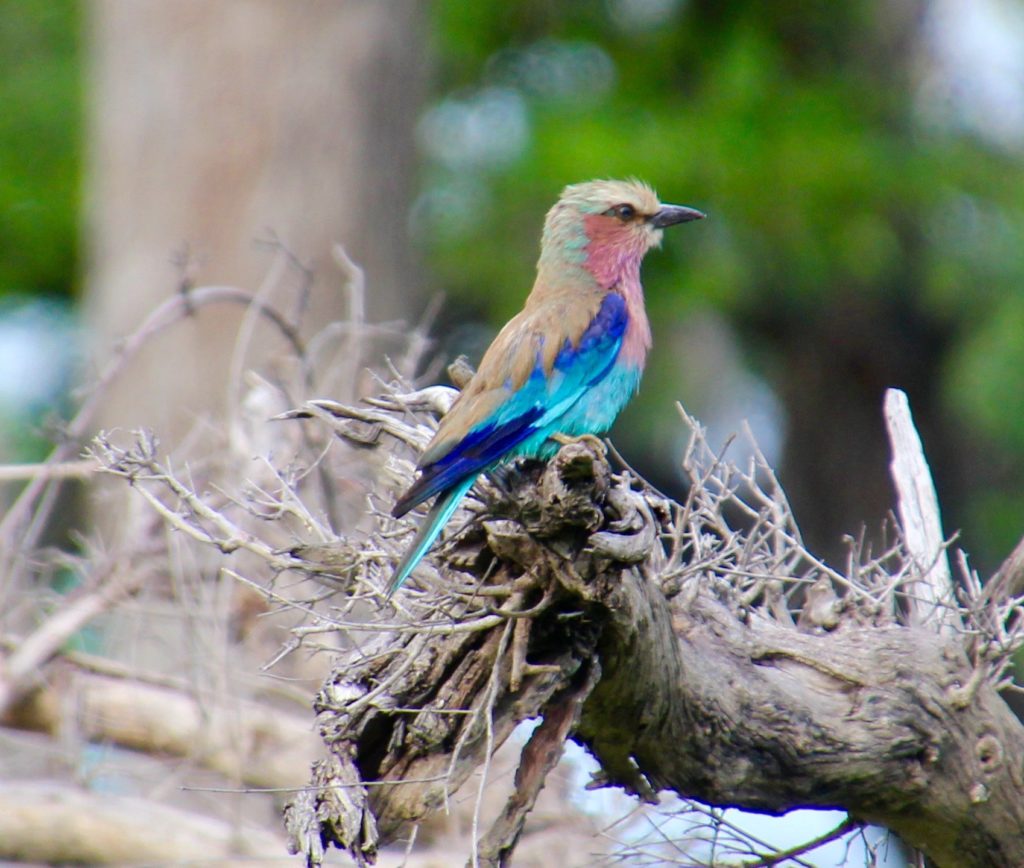
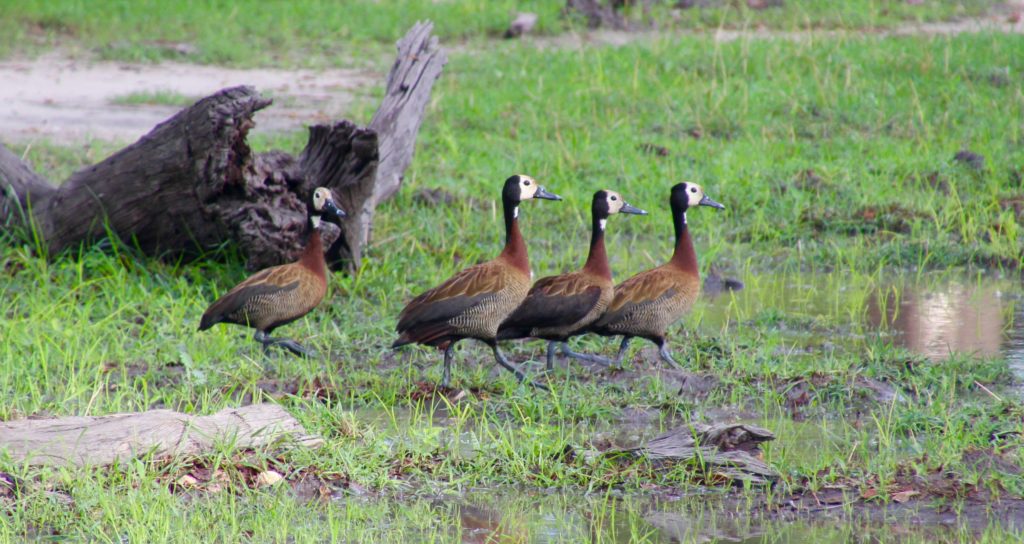
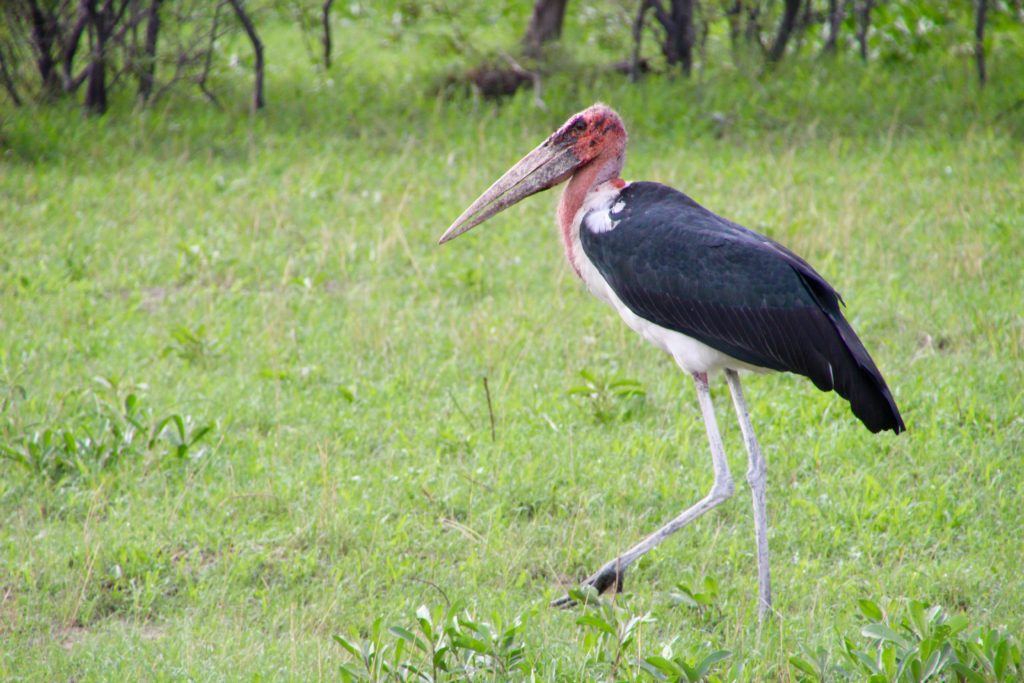
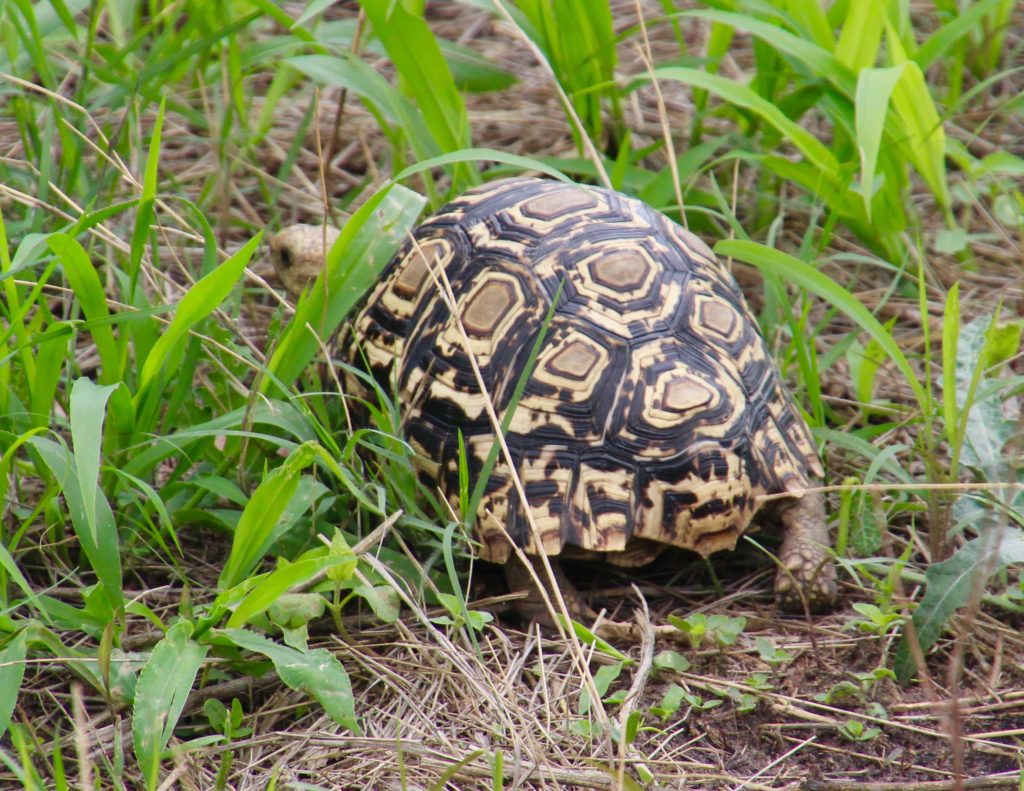
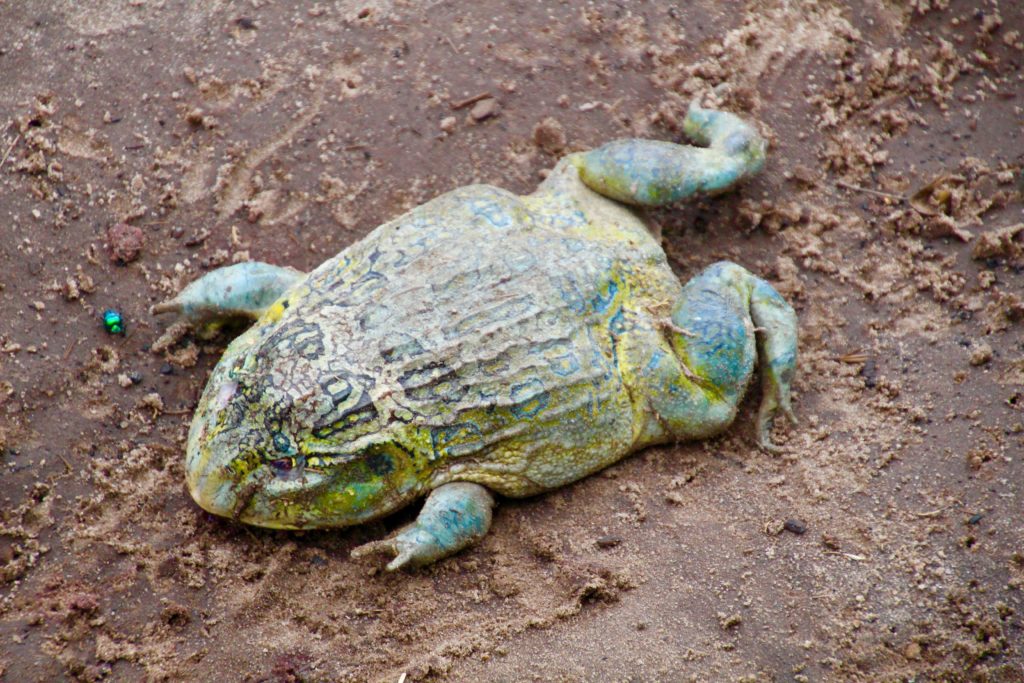
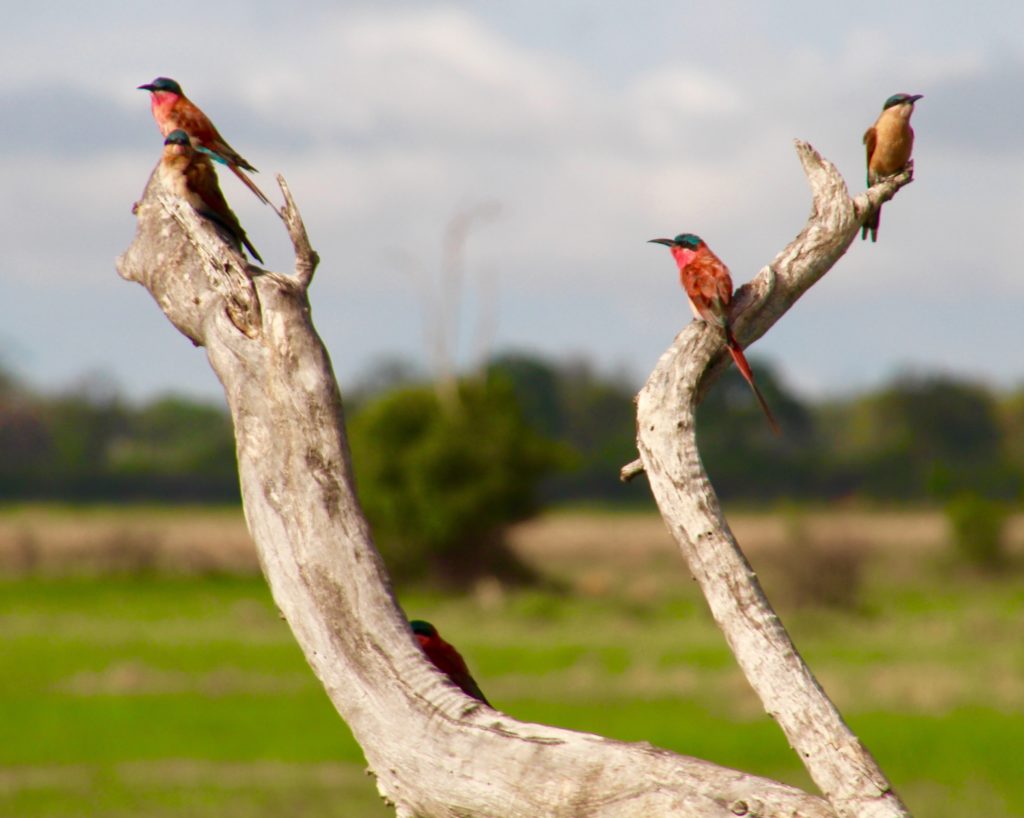
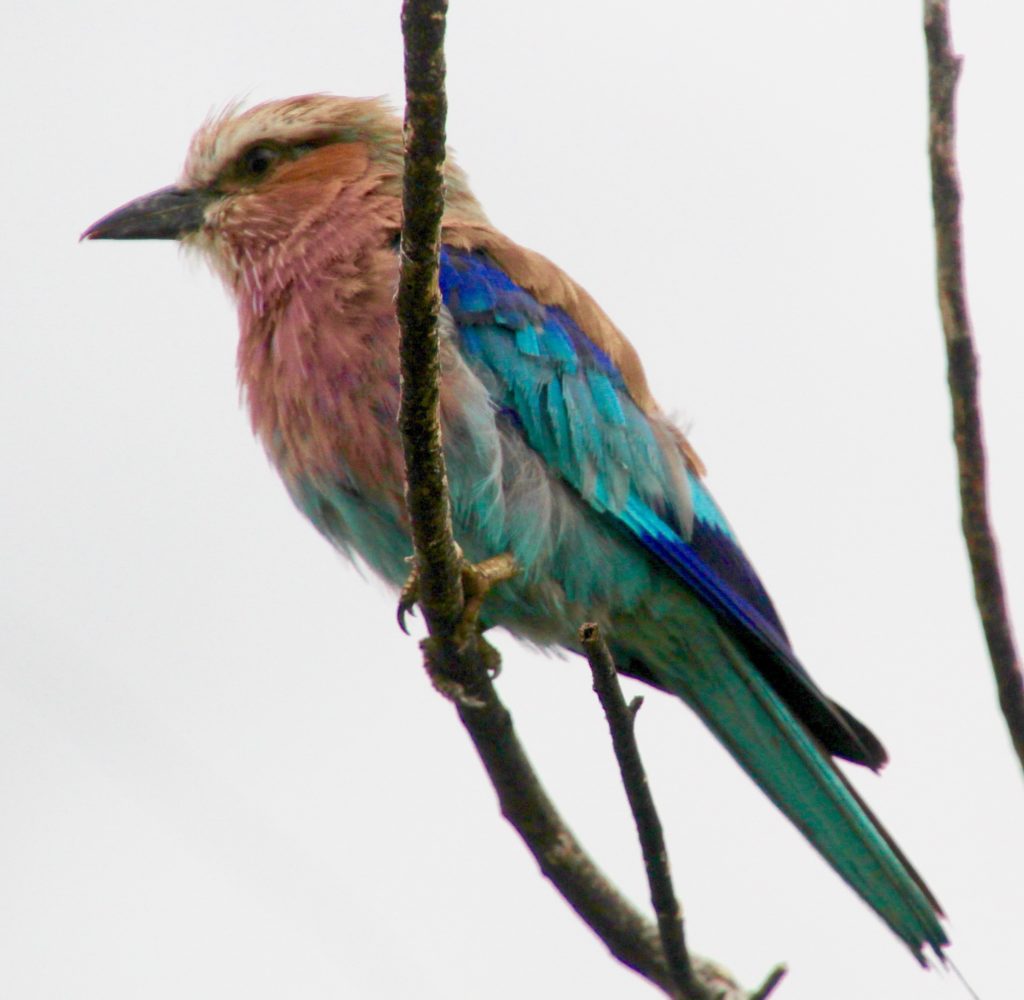
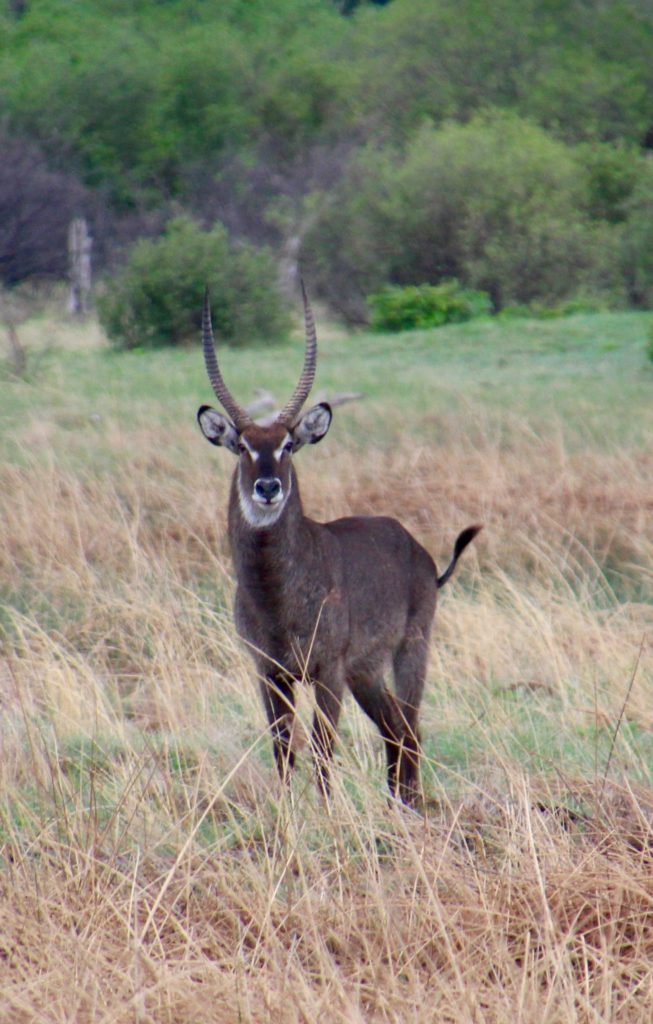
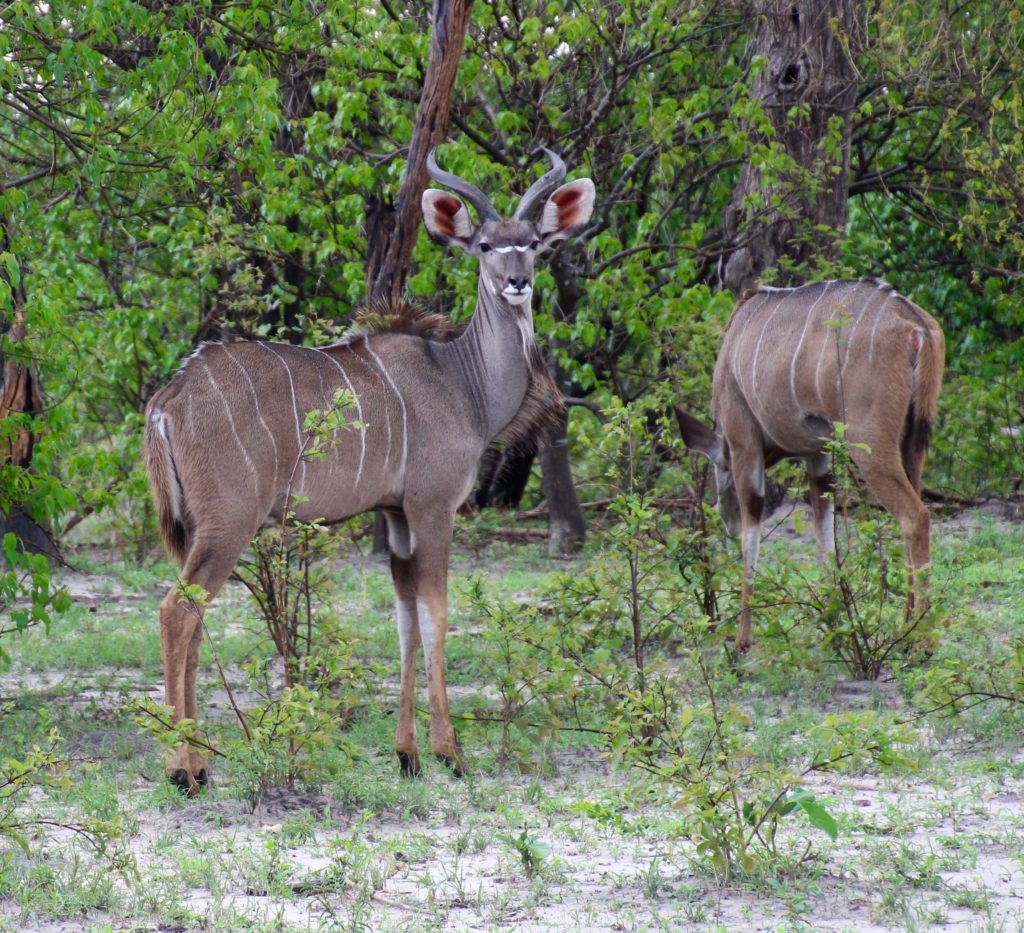
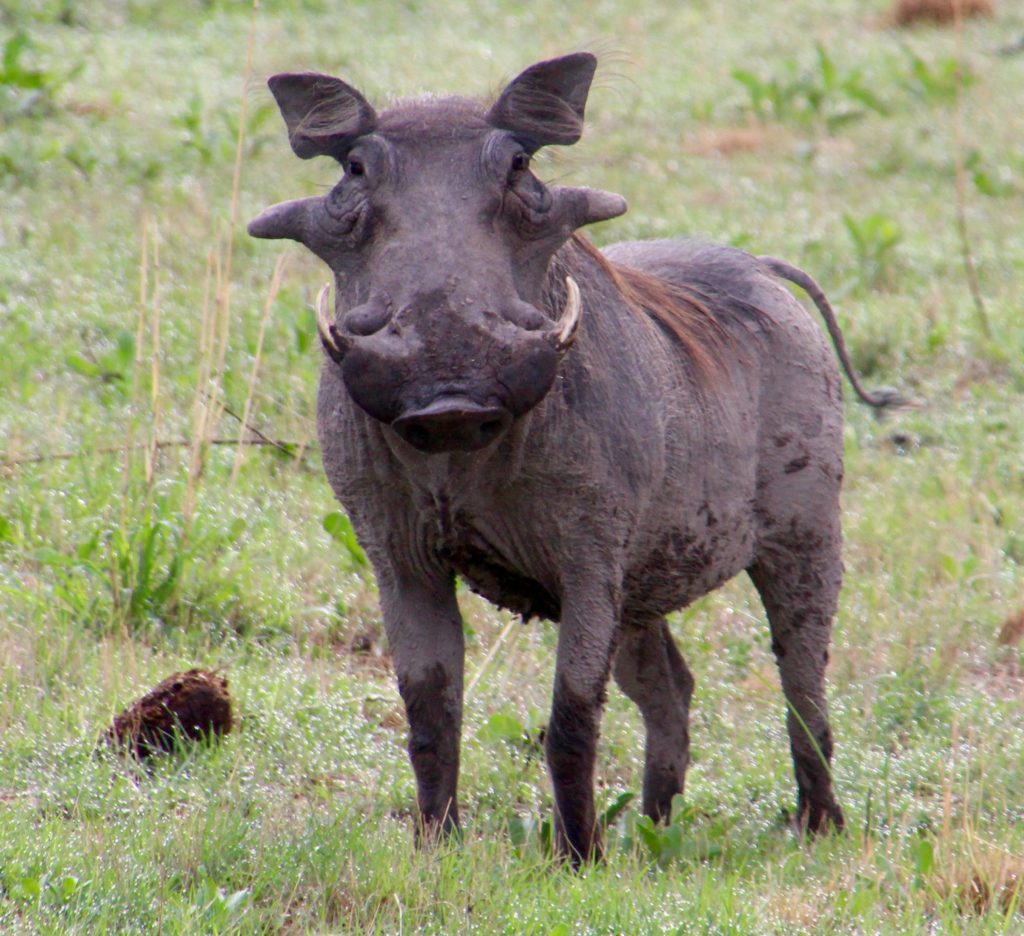
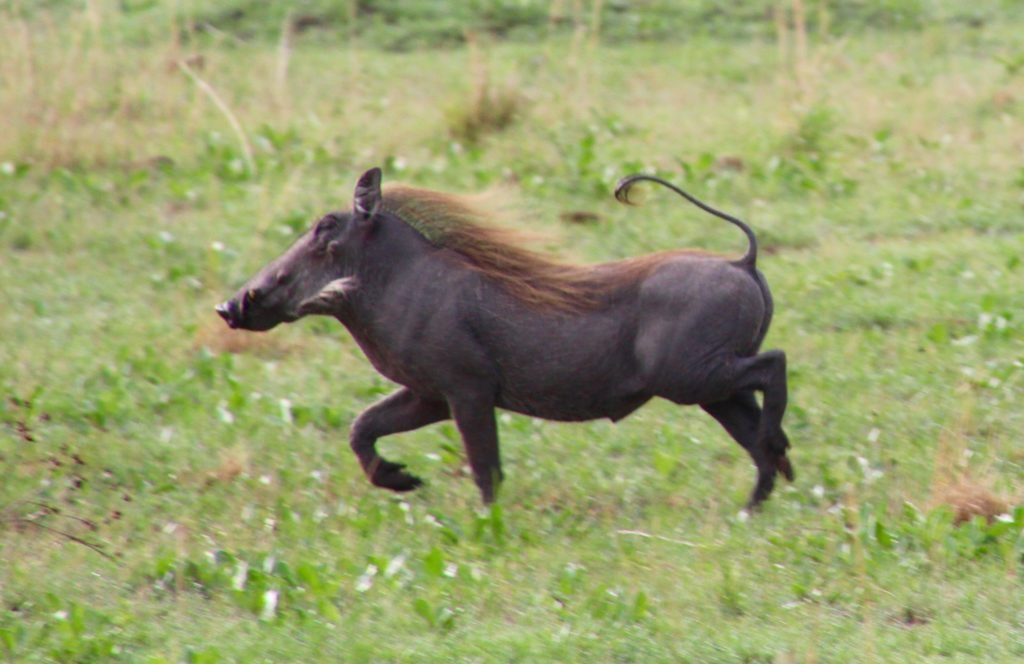
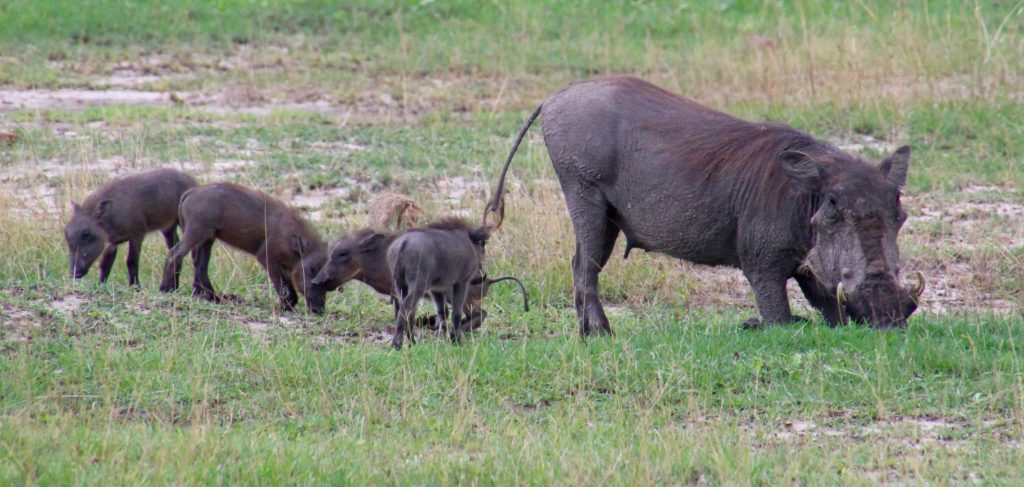
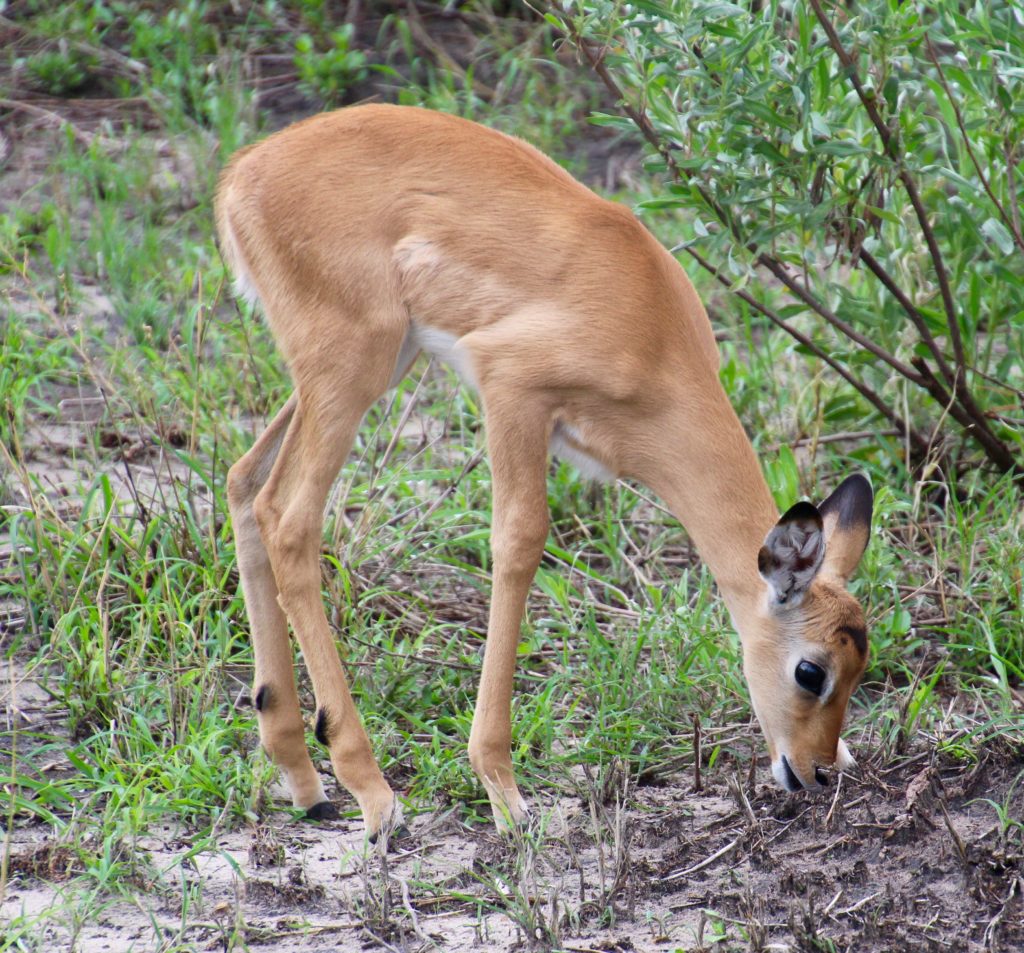
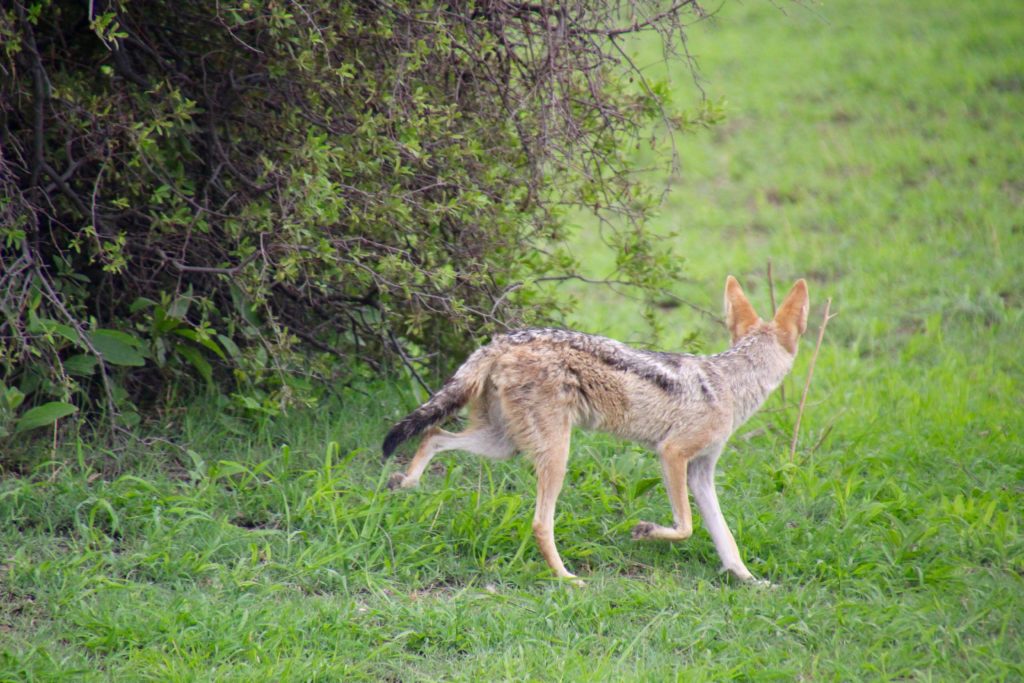
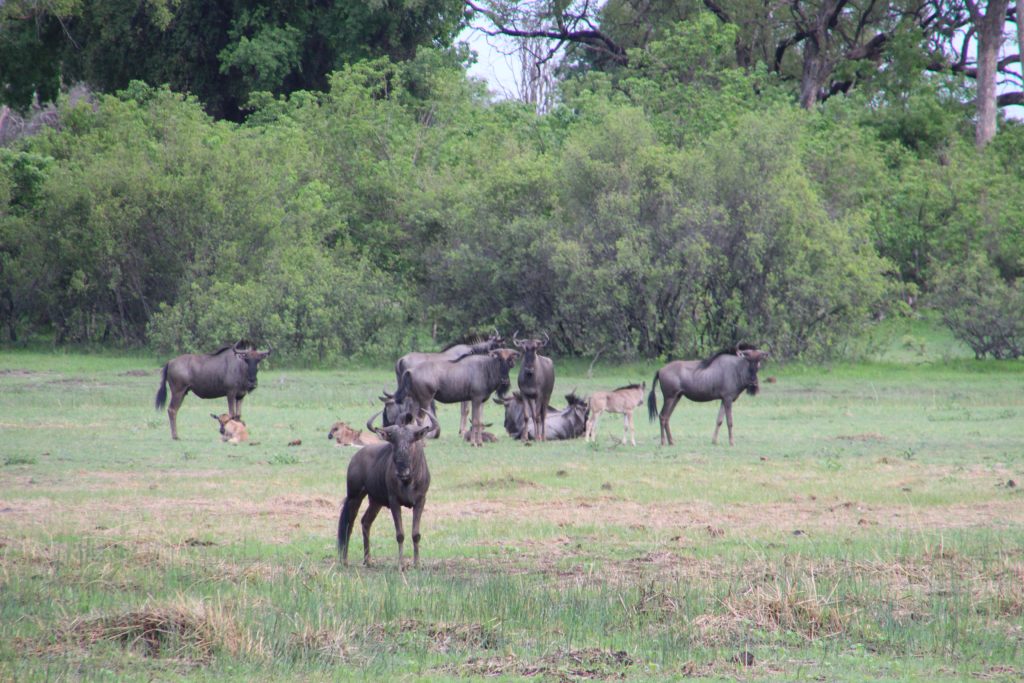
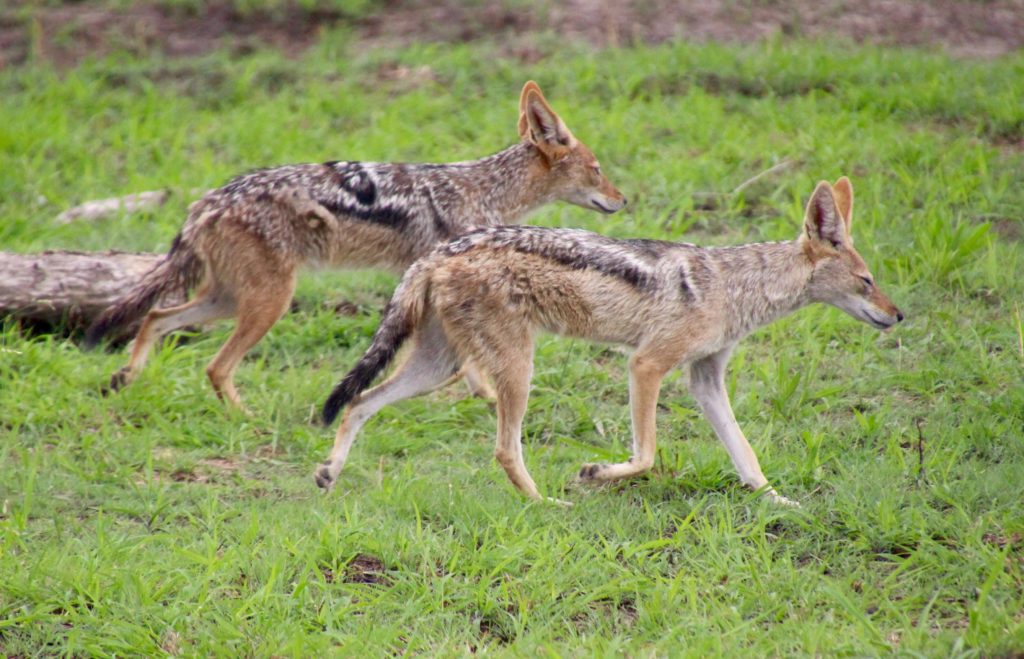
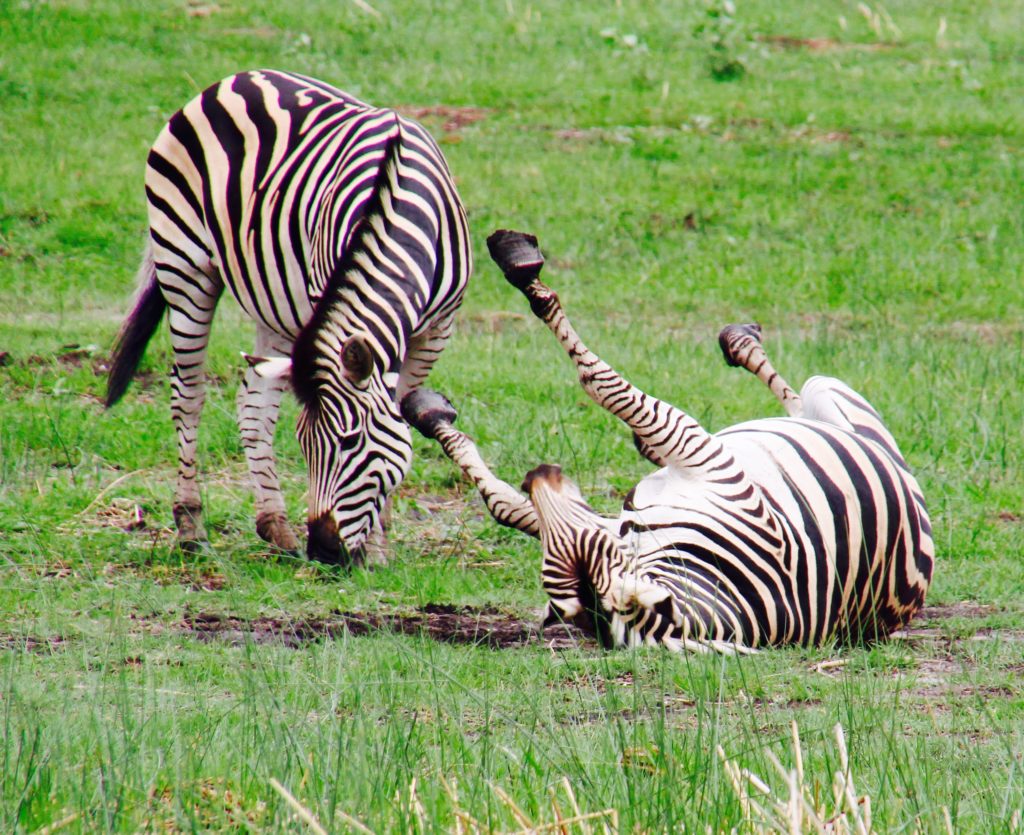
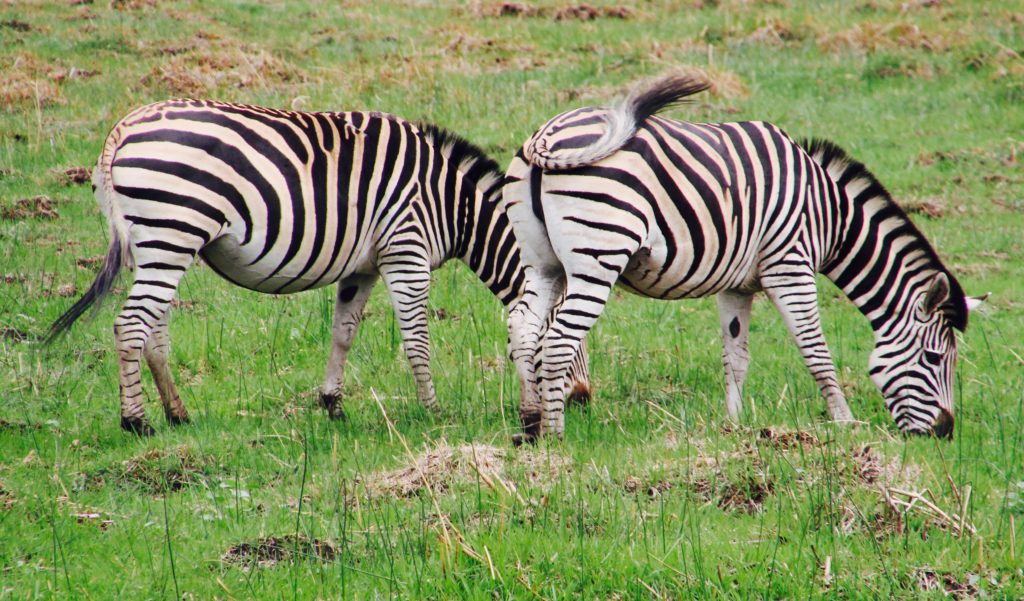
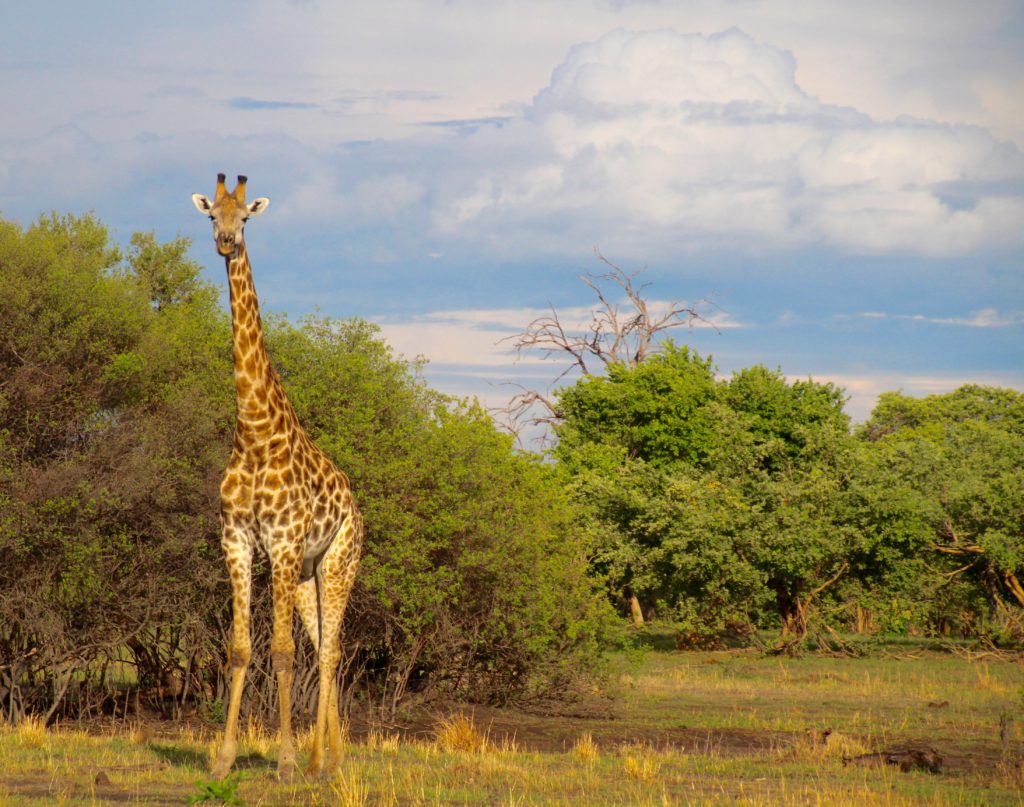
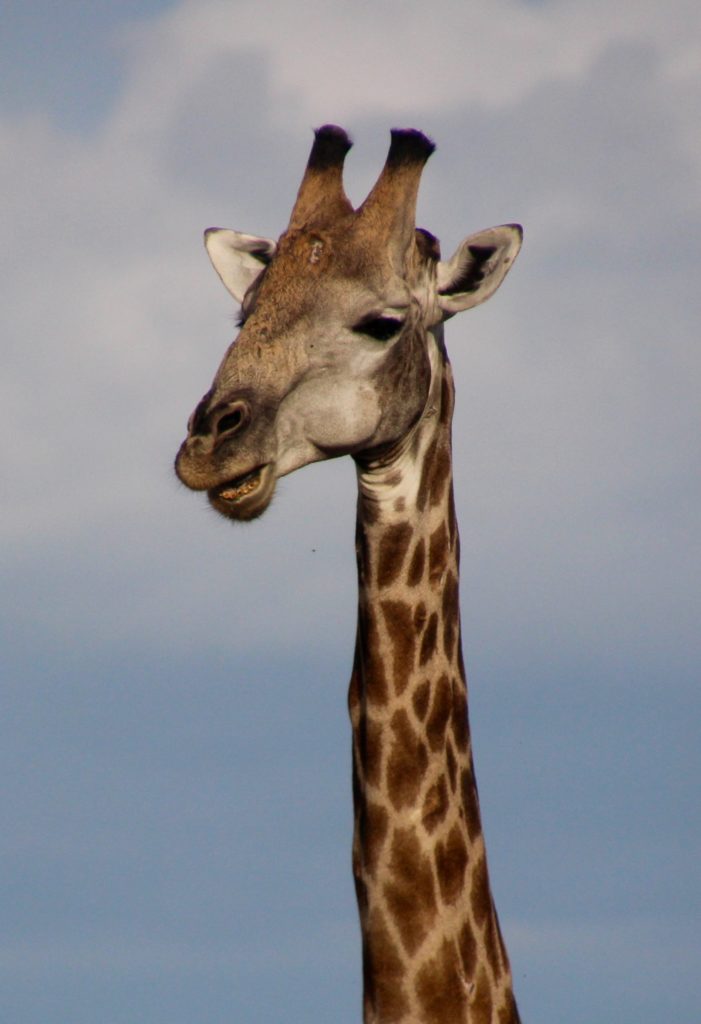 Giraffes are probably one of my favorite animals. They’re so tall and slow. If you’ve ever seen a
Giraffes are probably one of my favorite animals. They’re so tall and slow. If you’ve ever seen a 